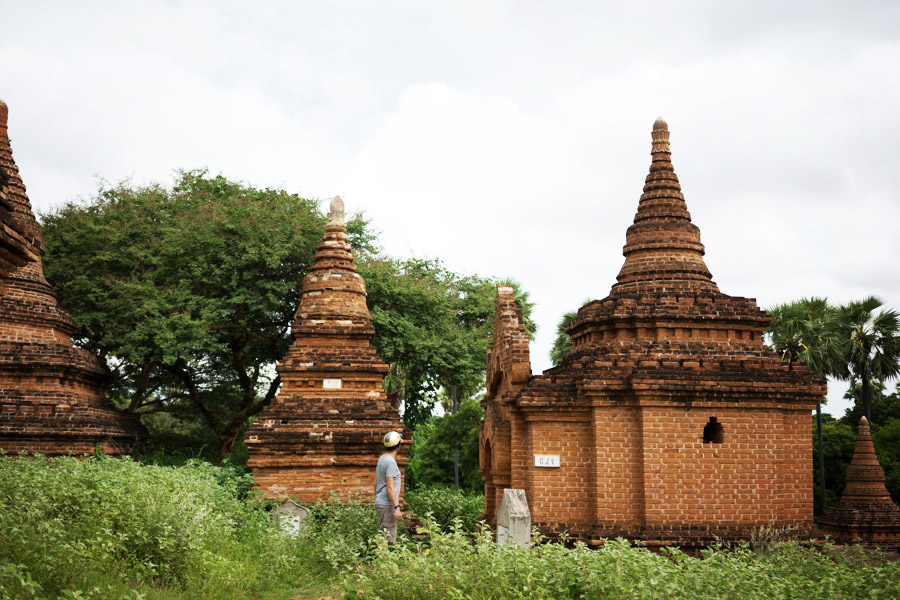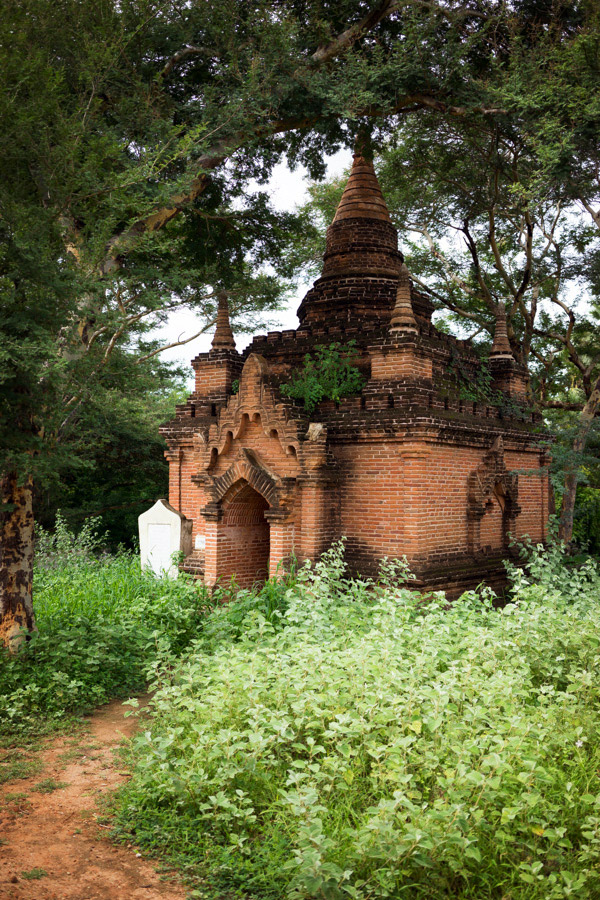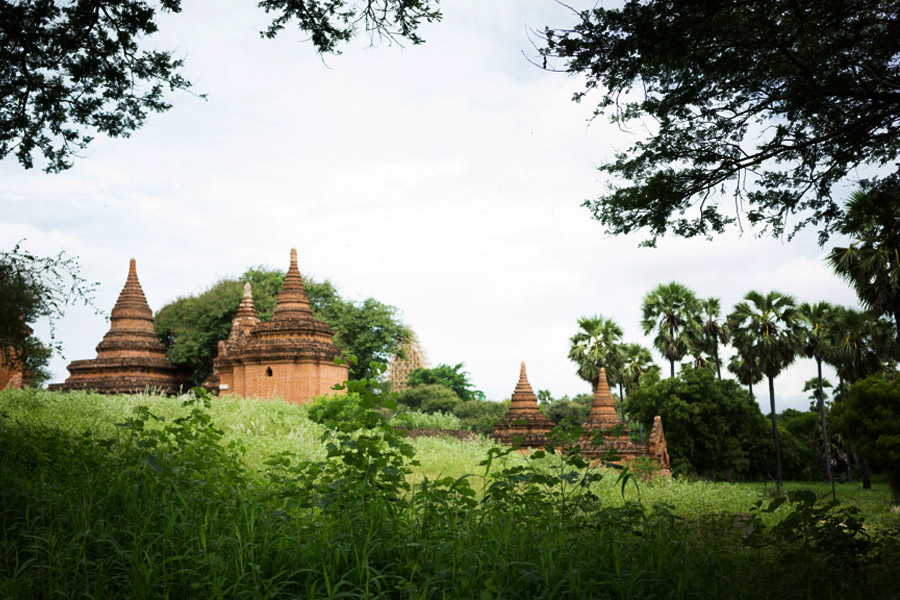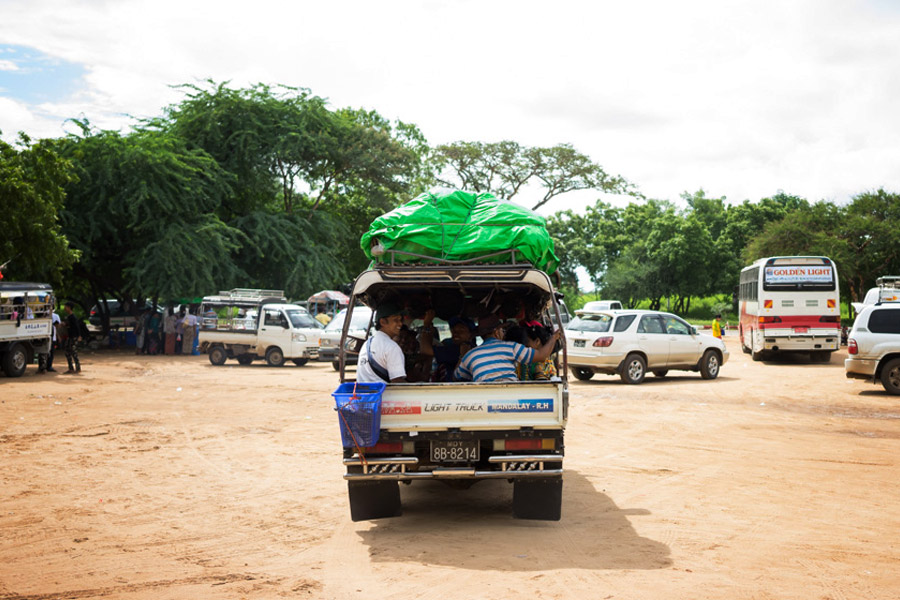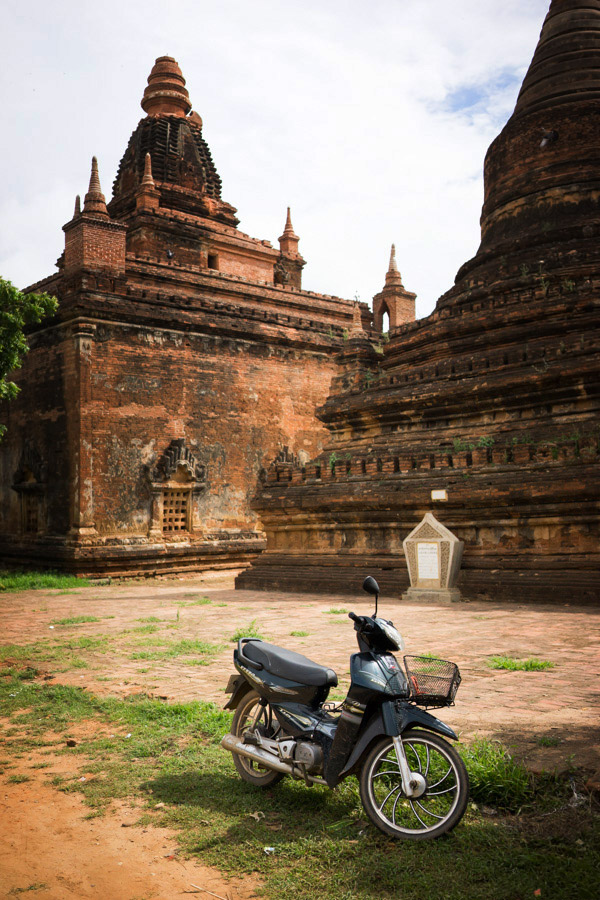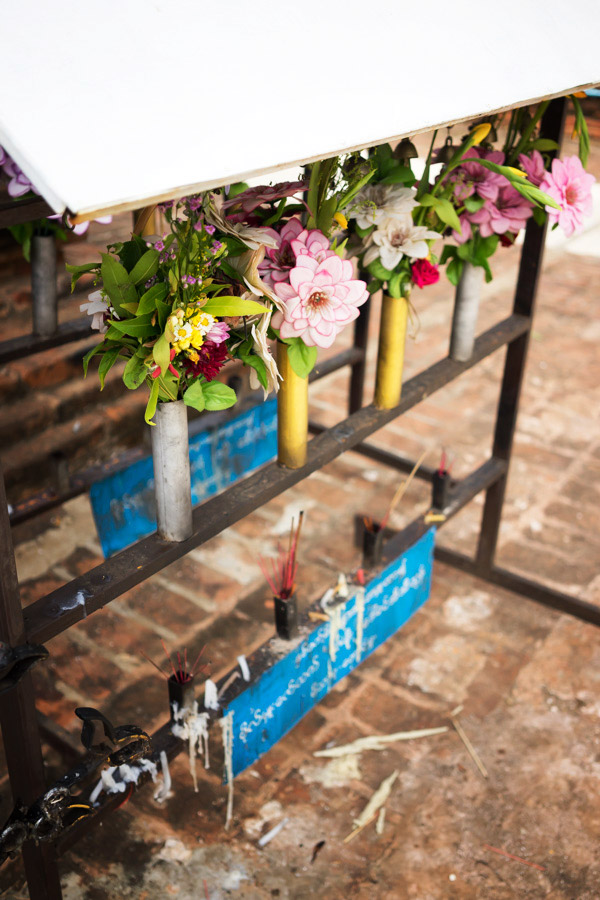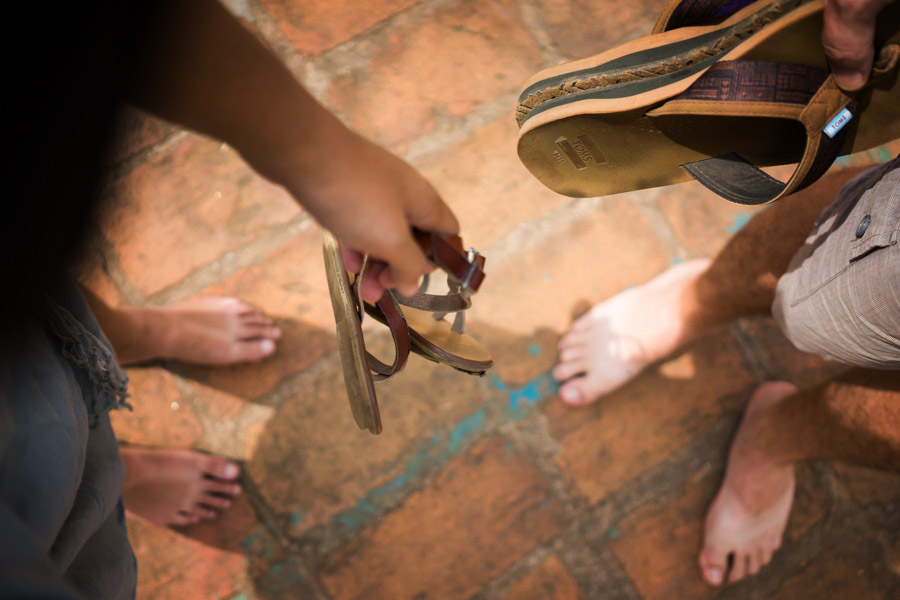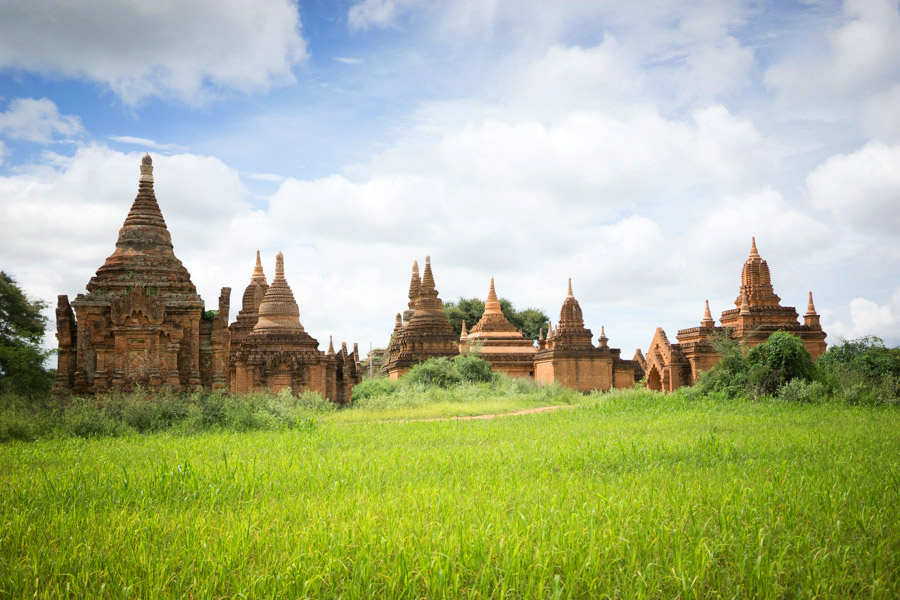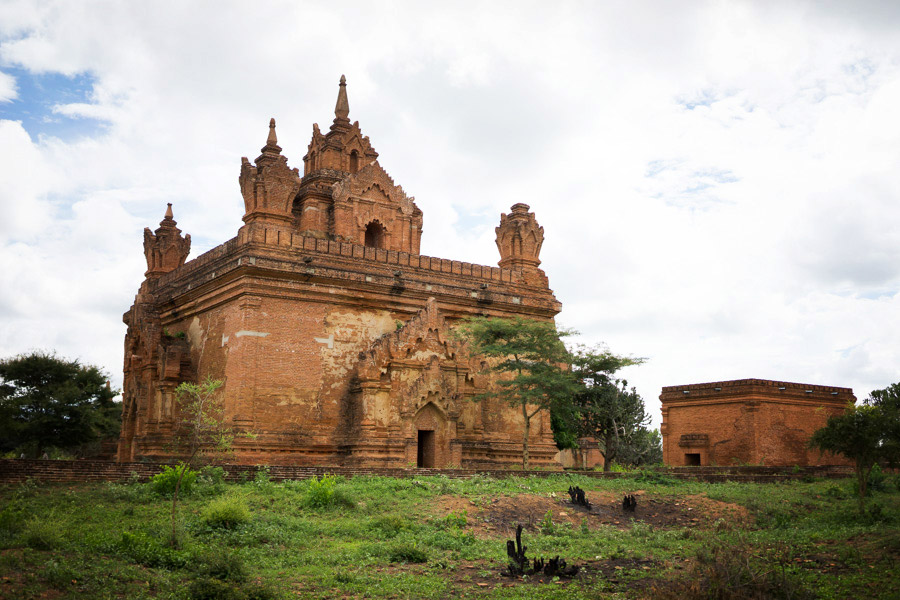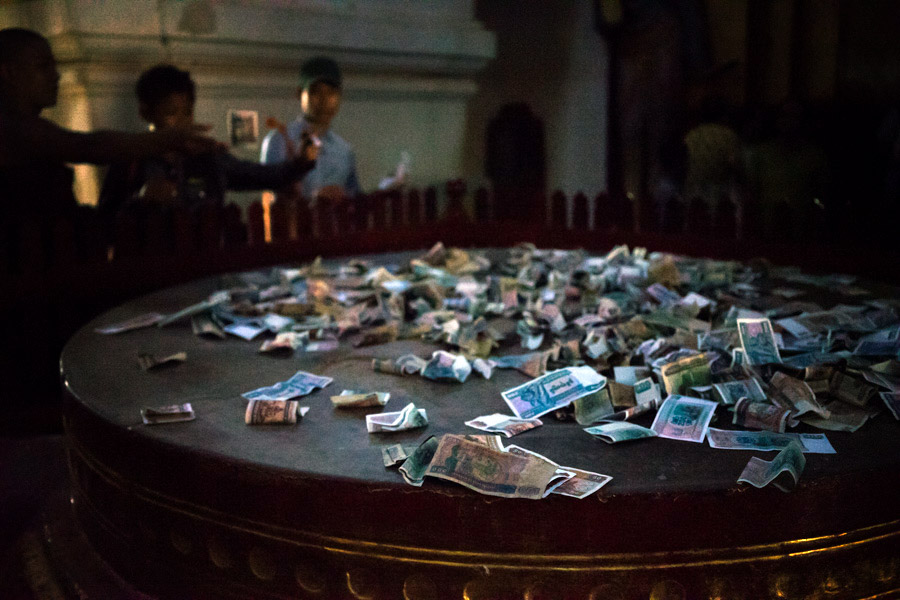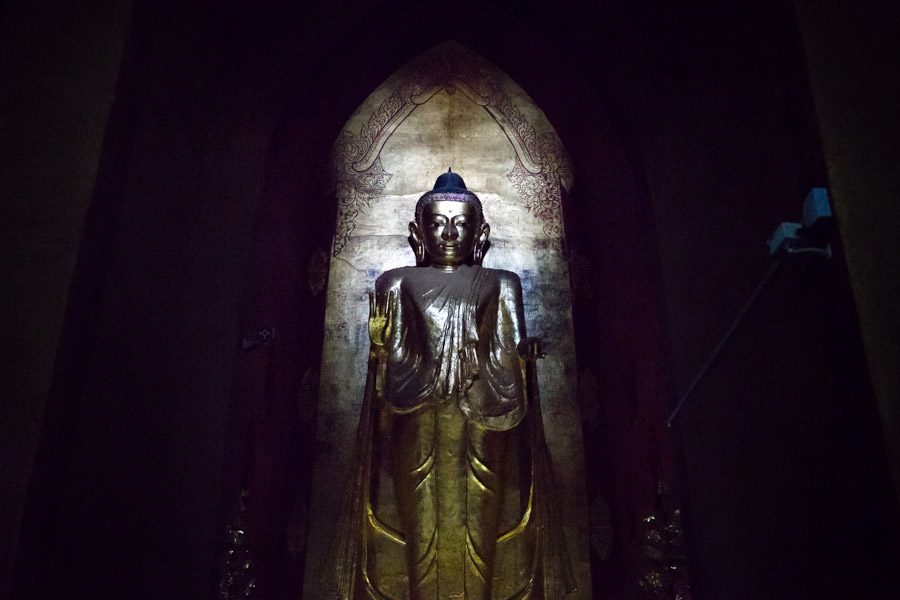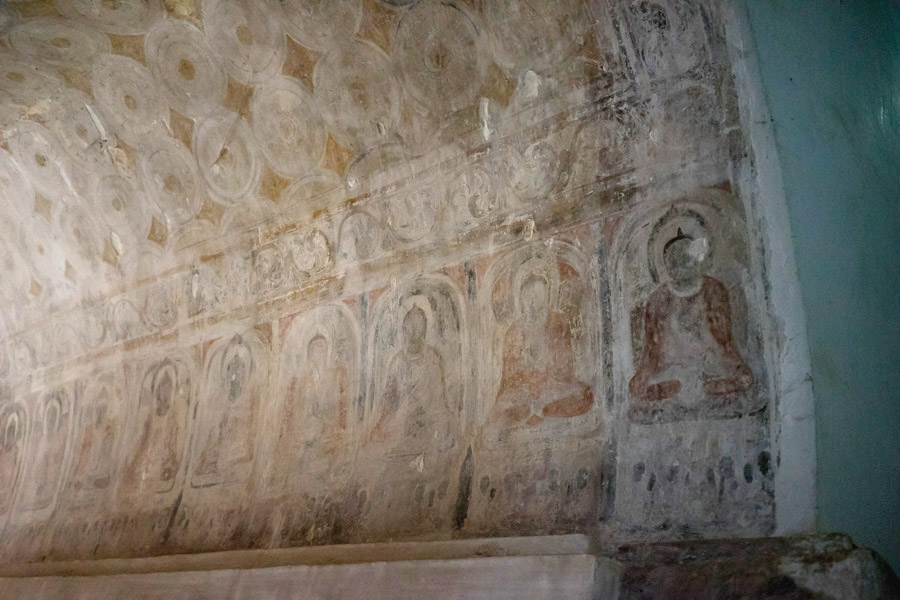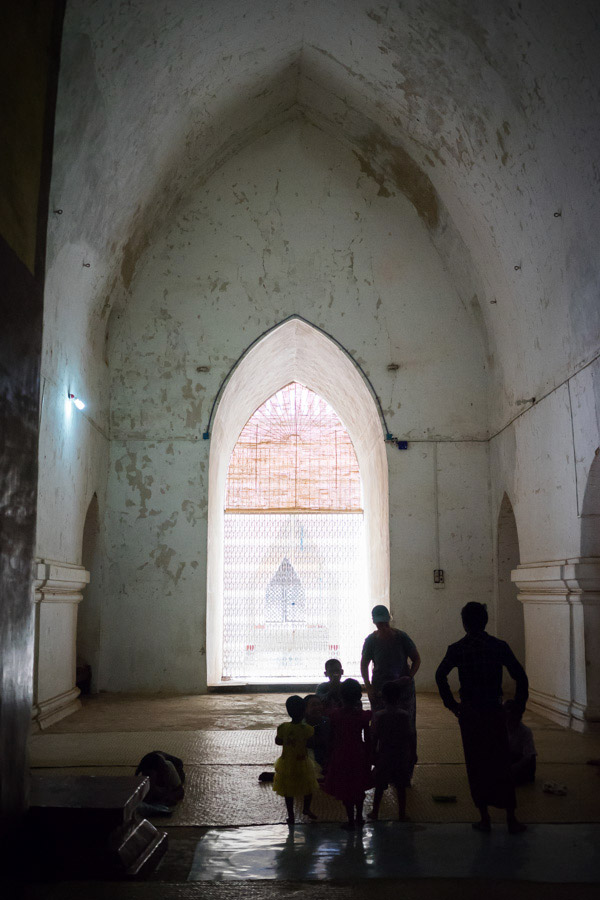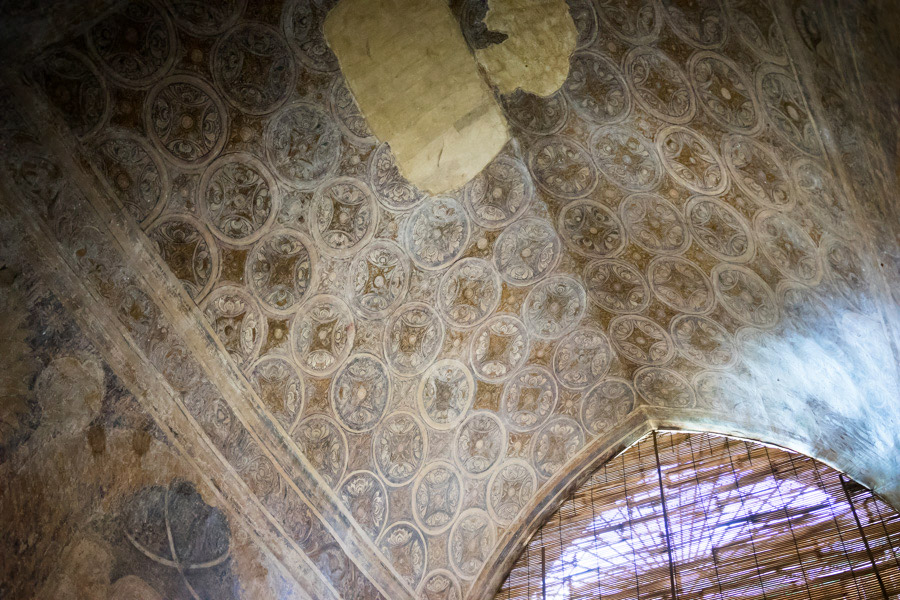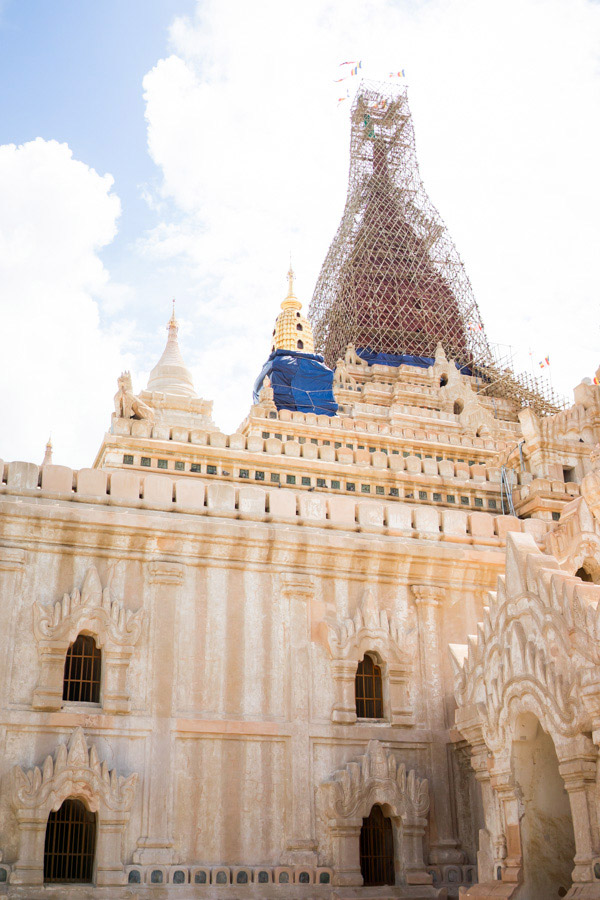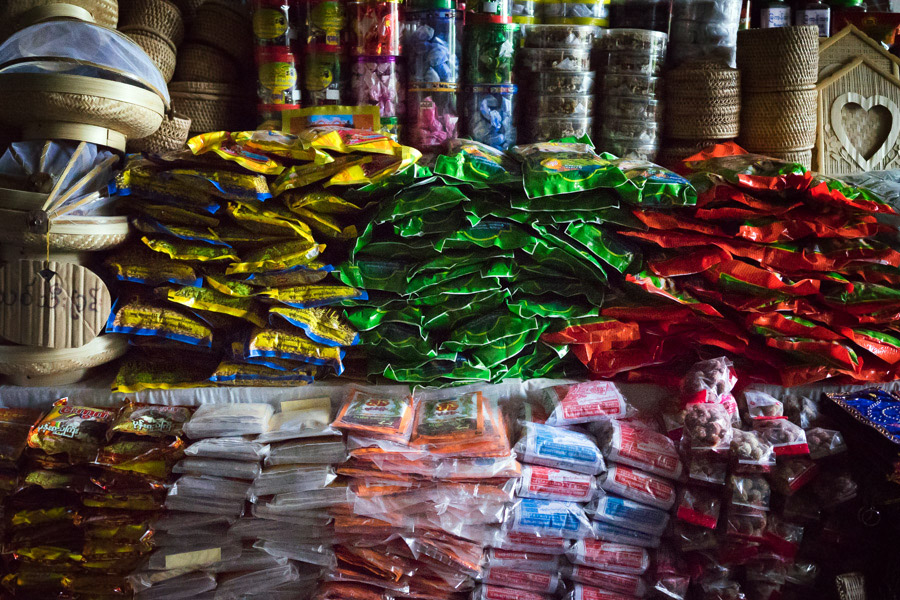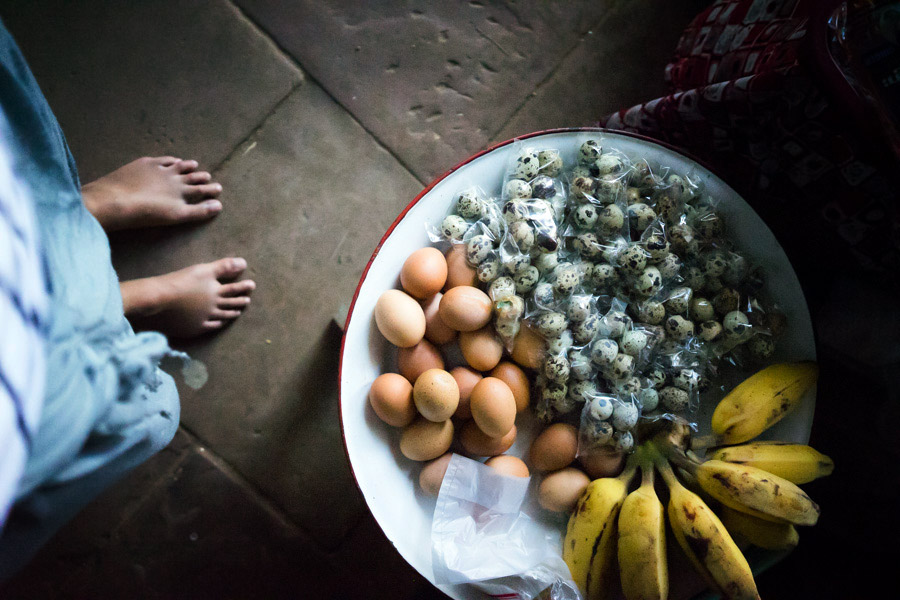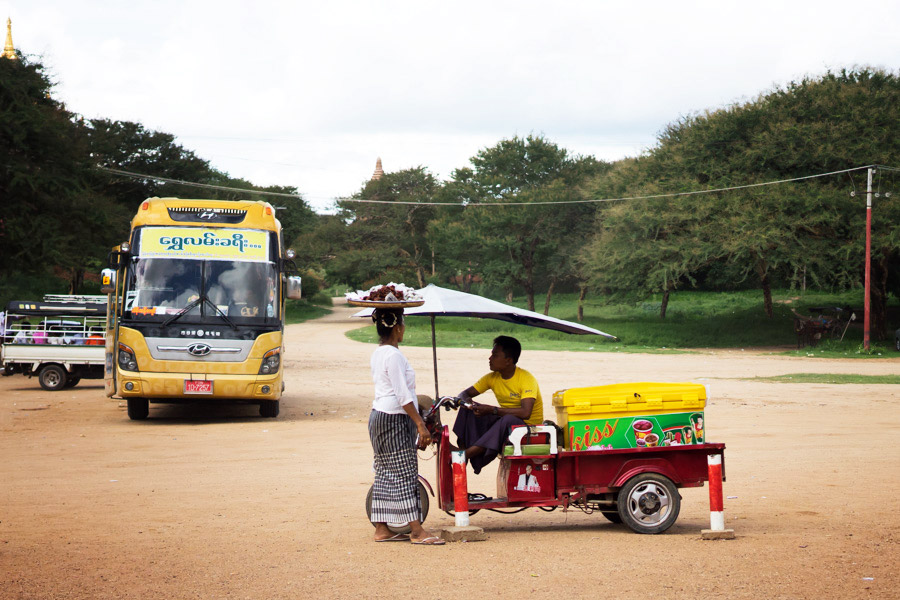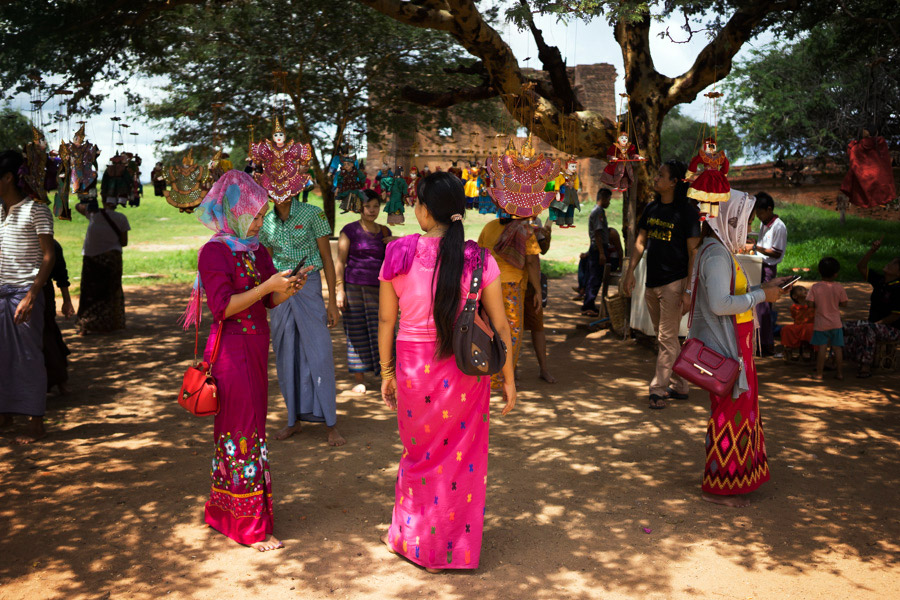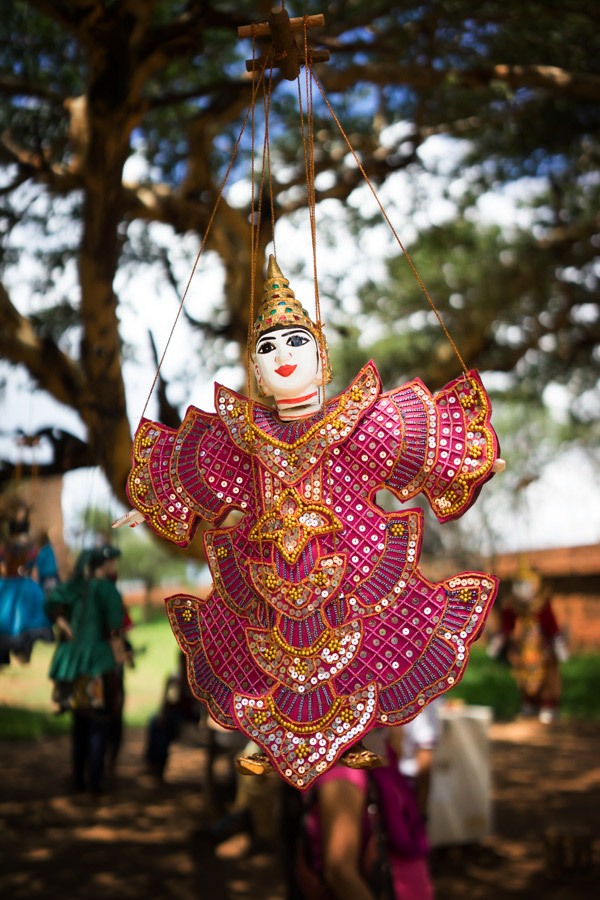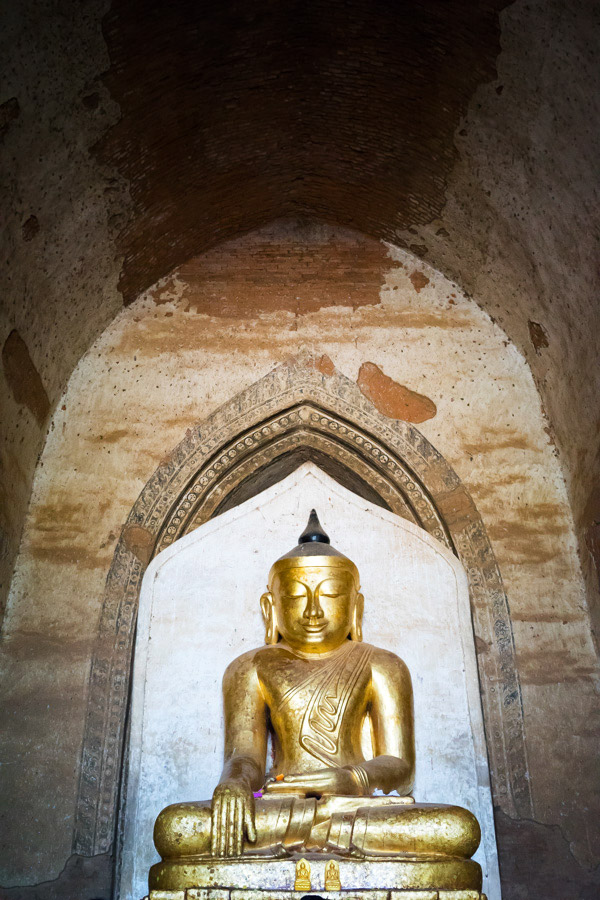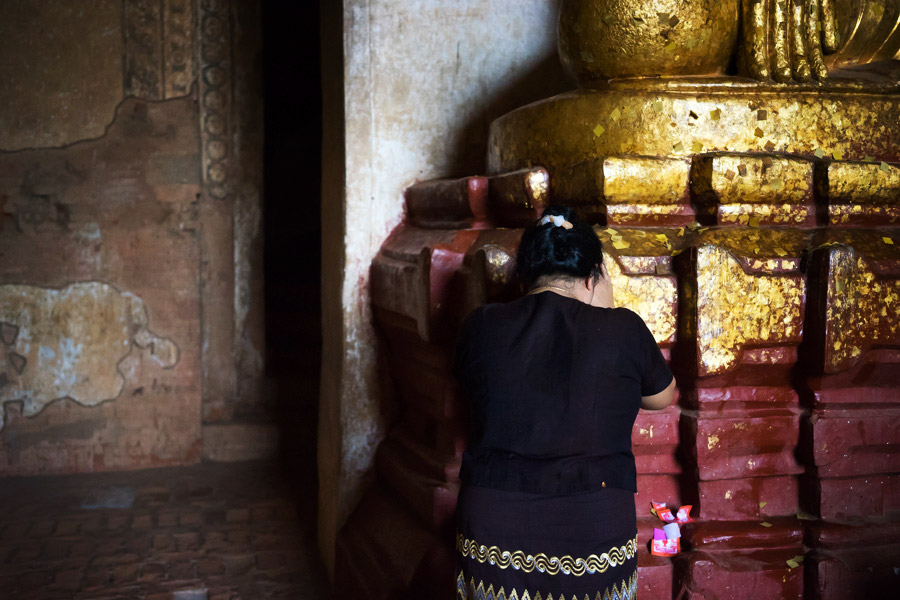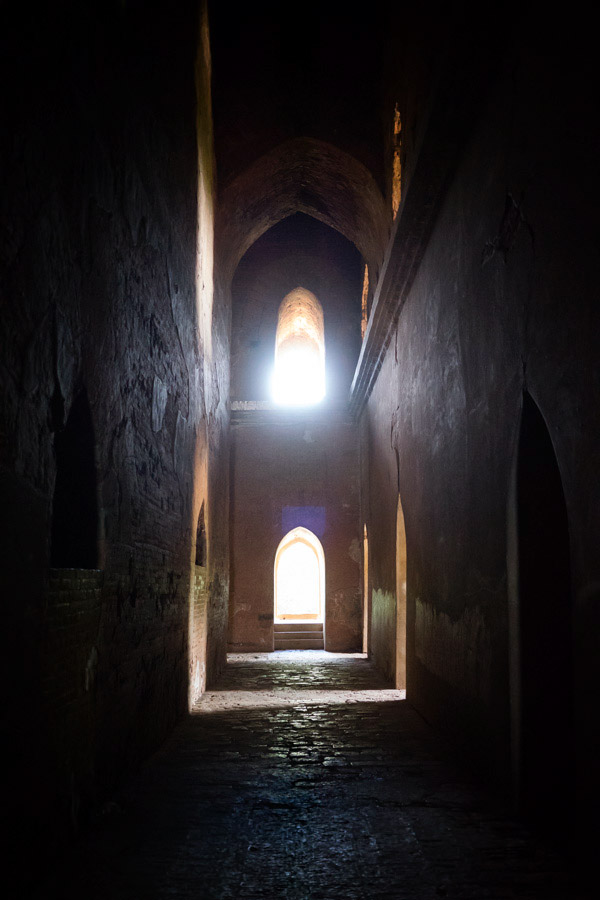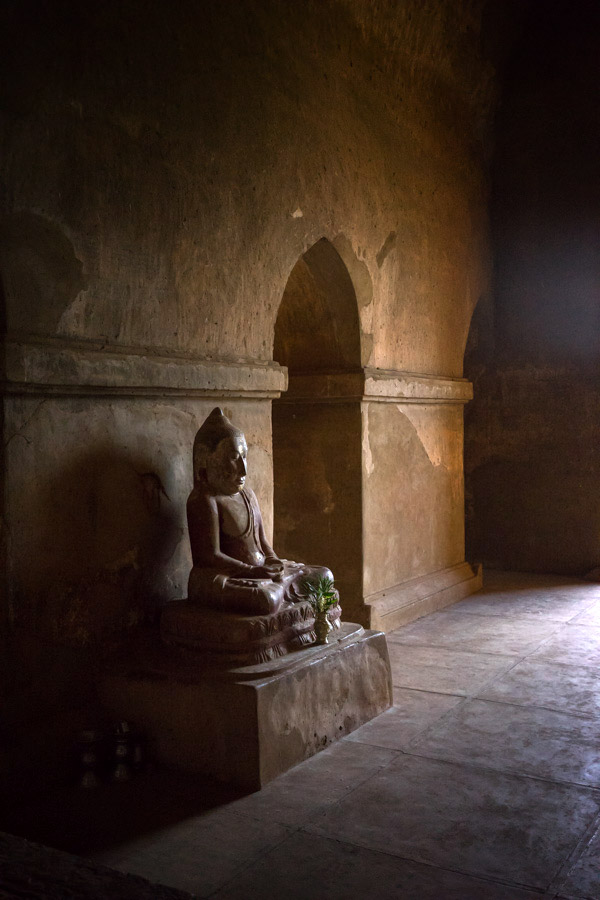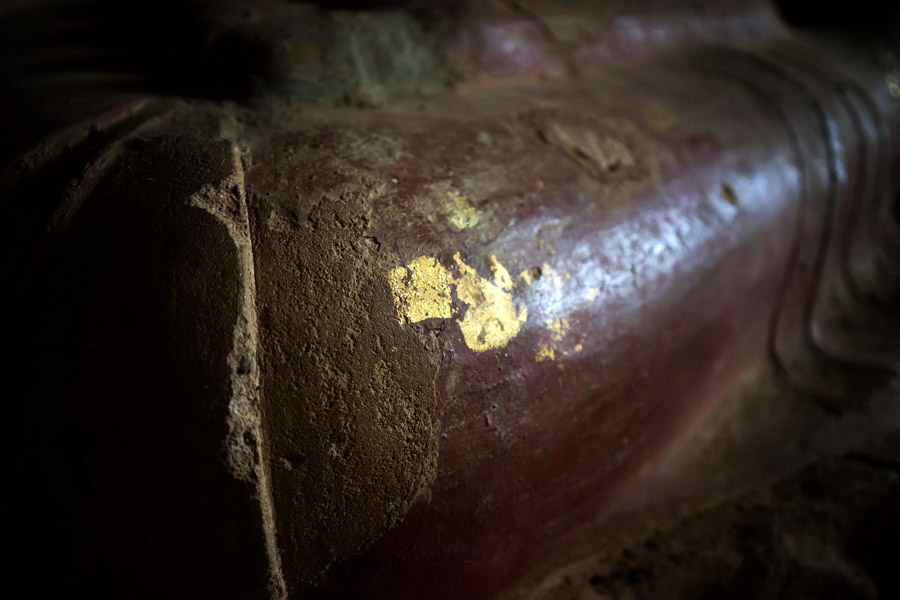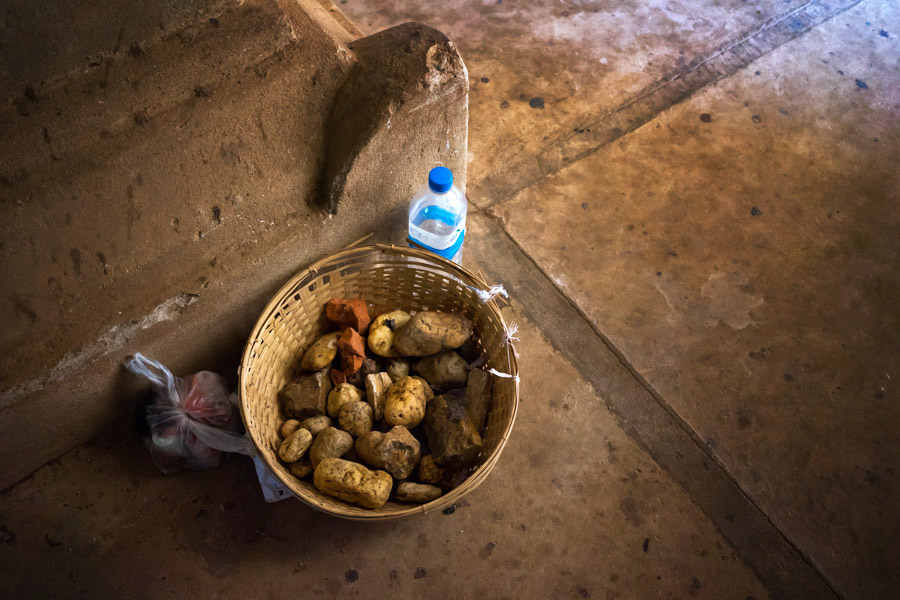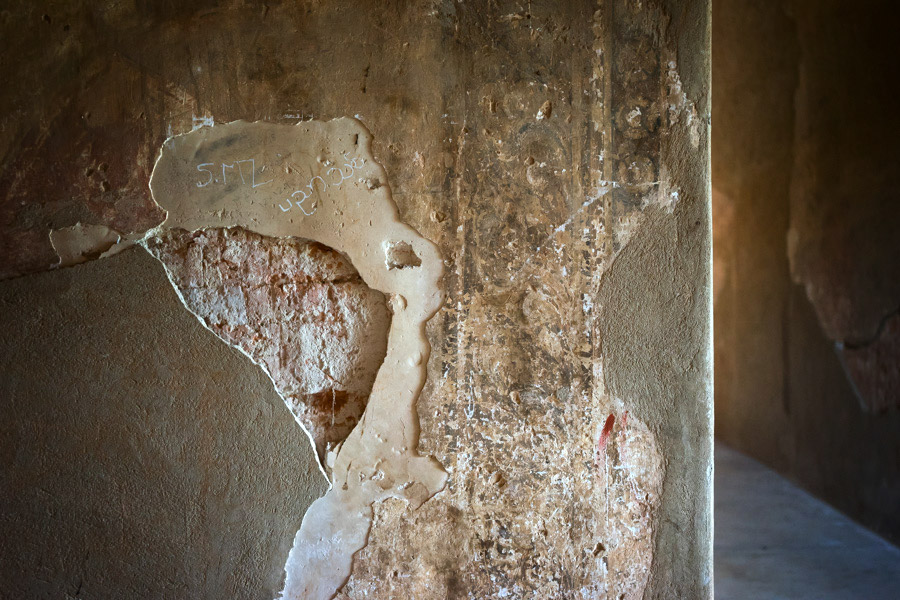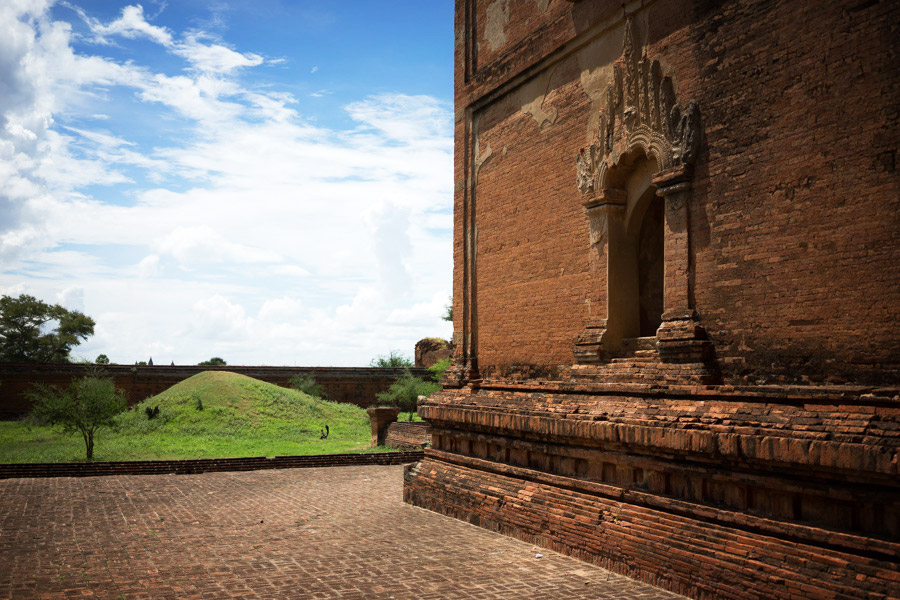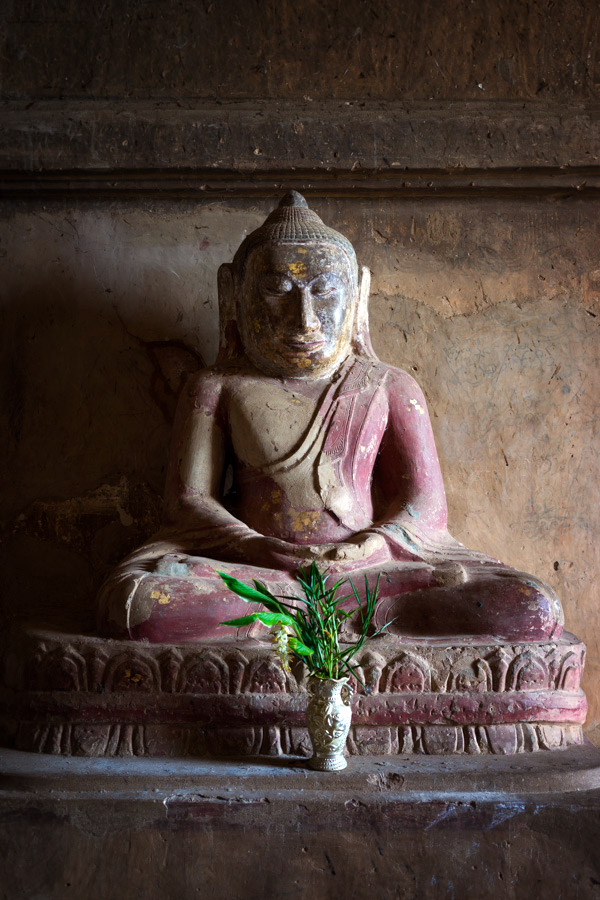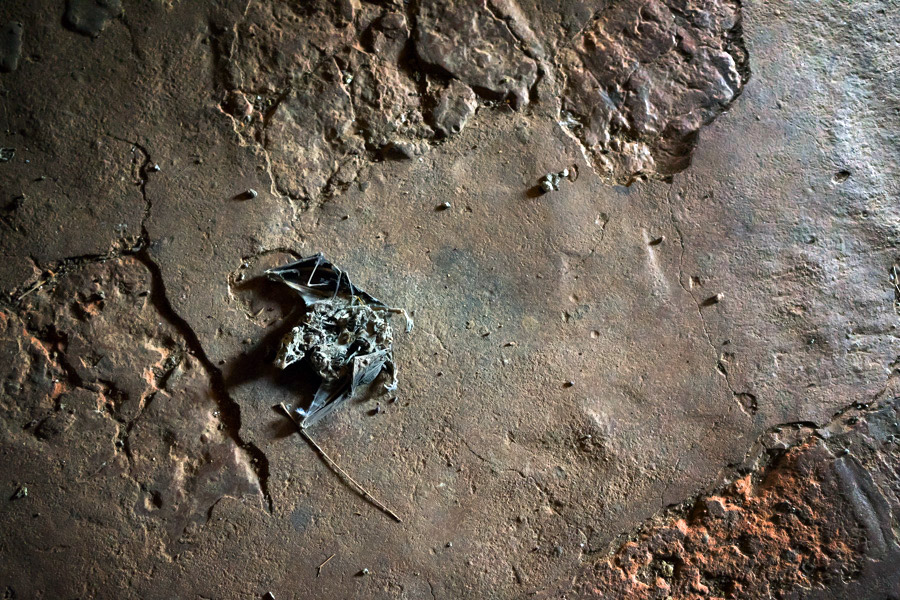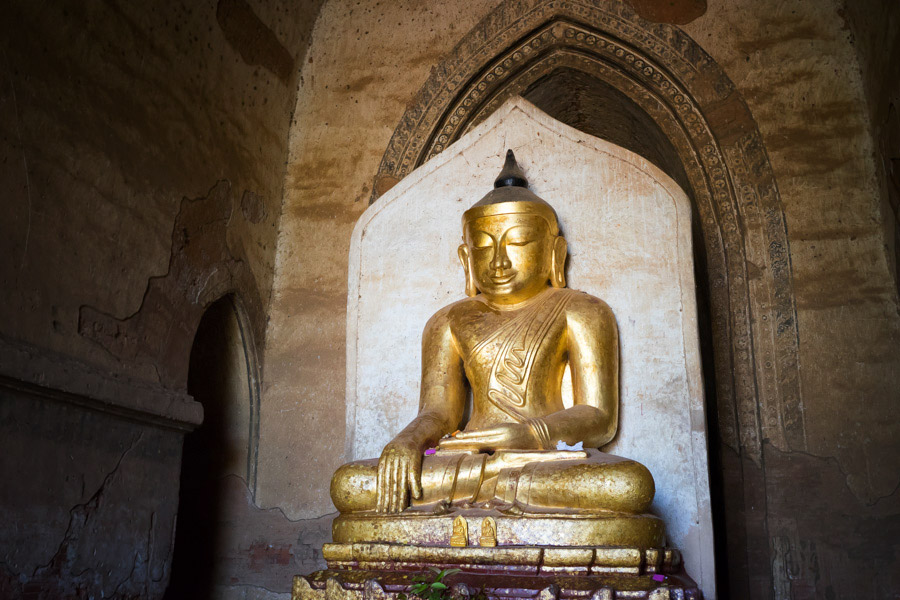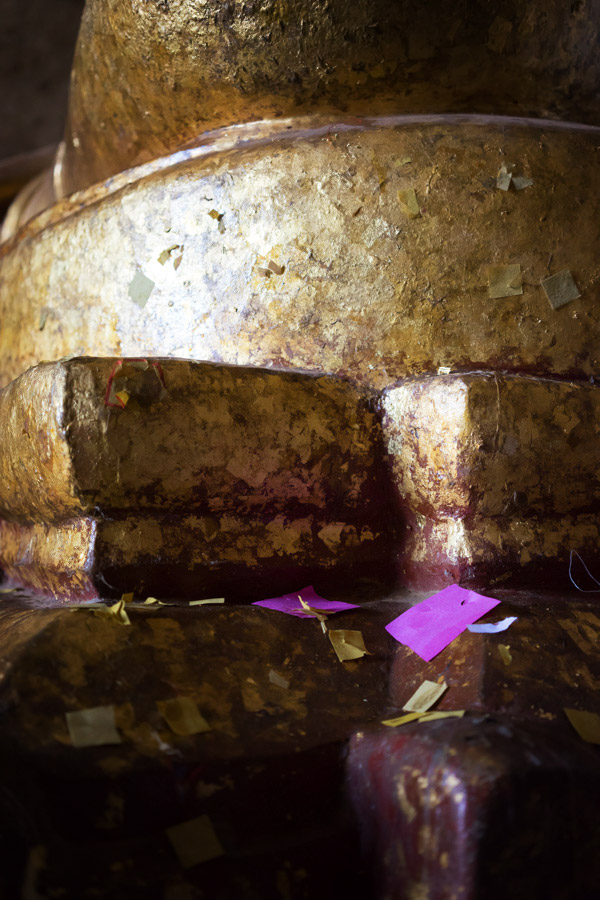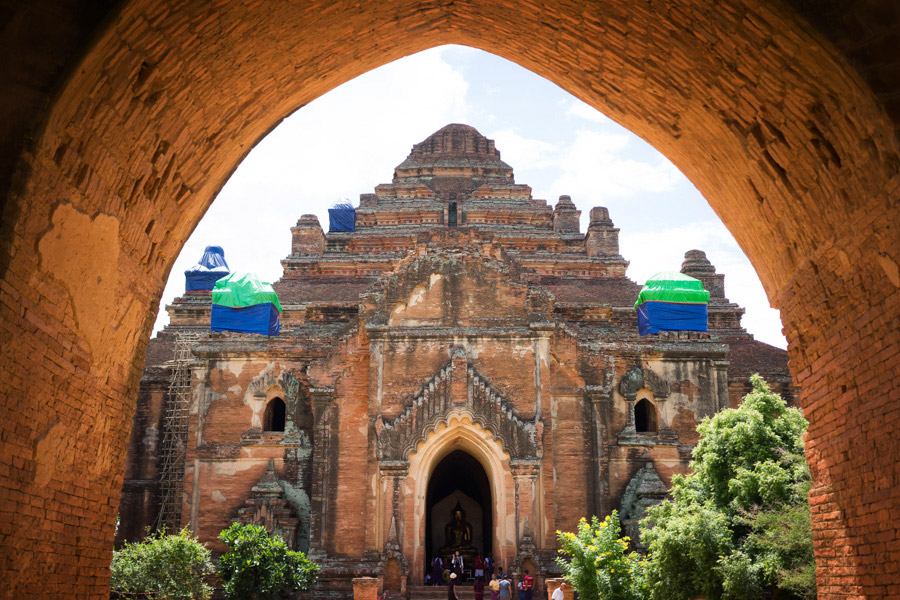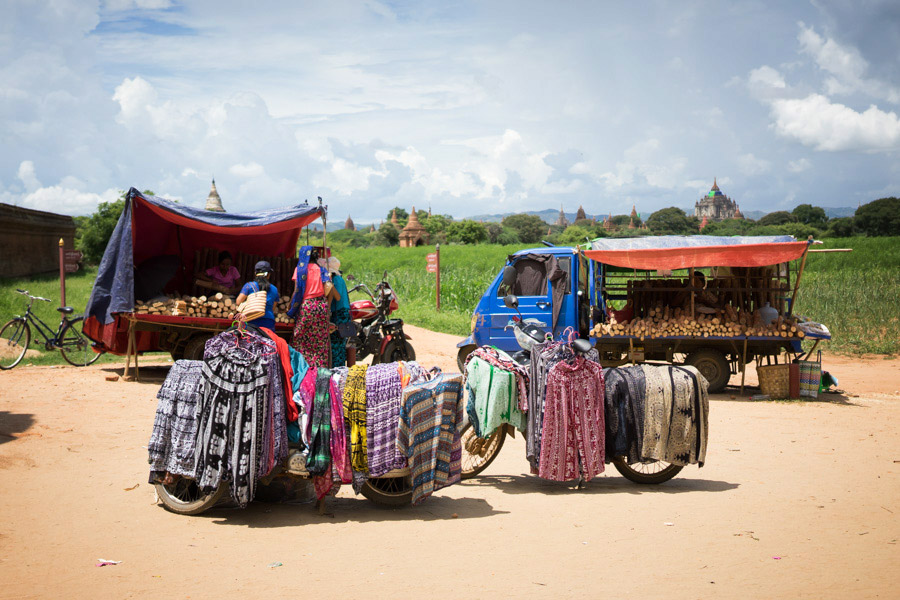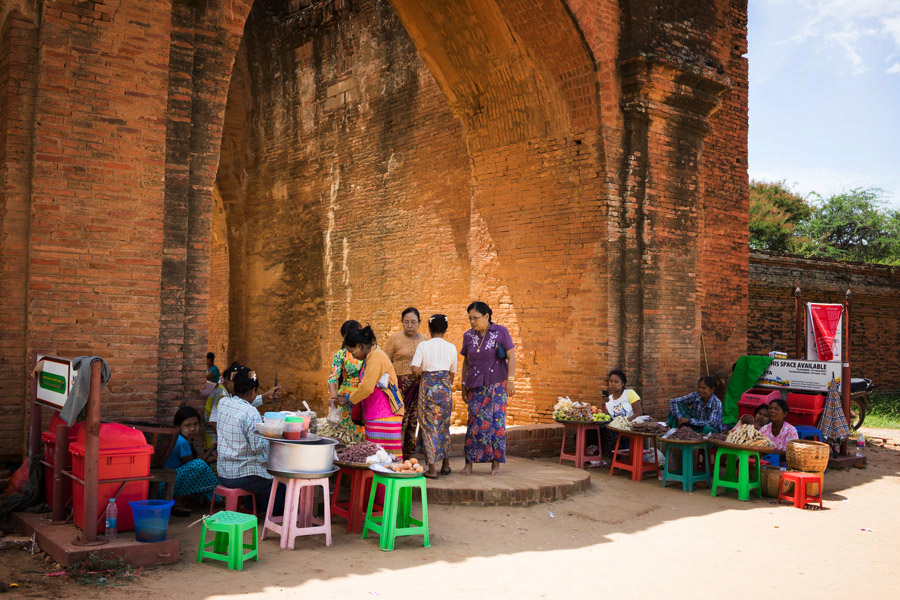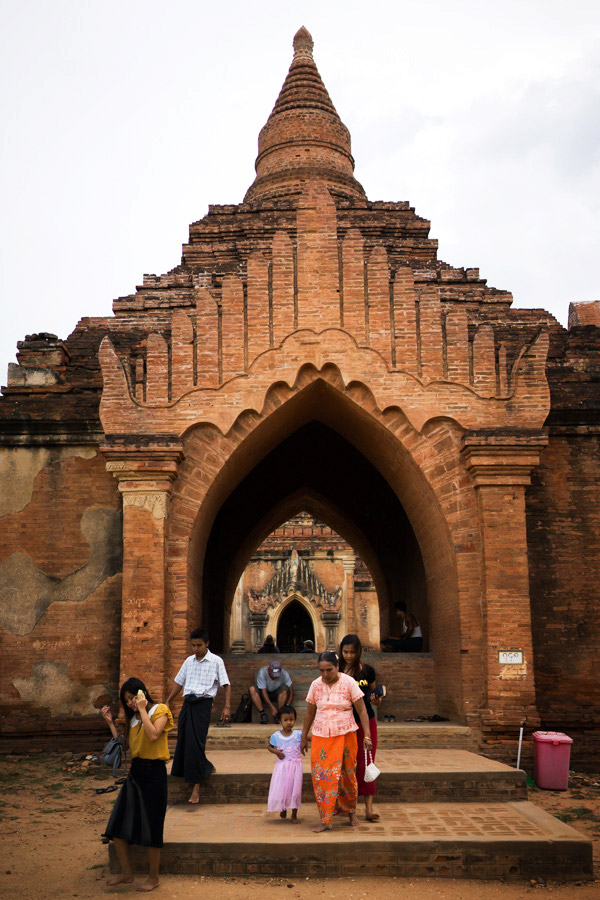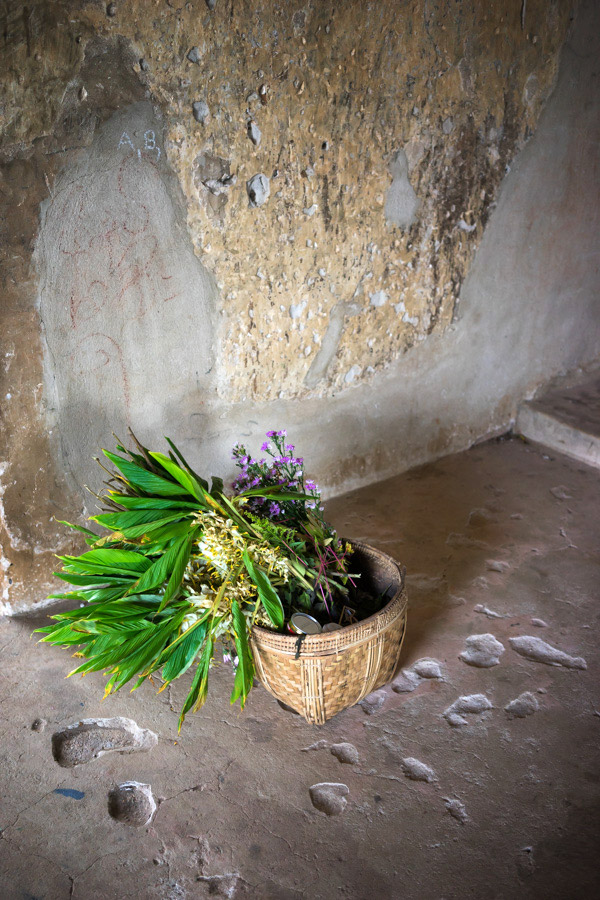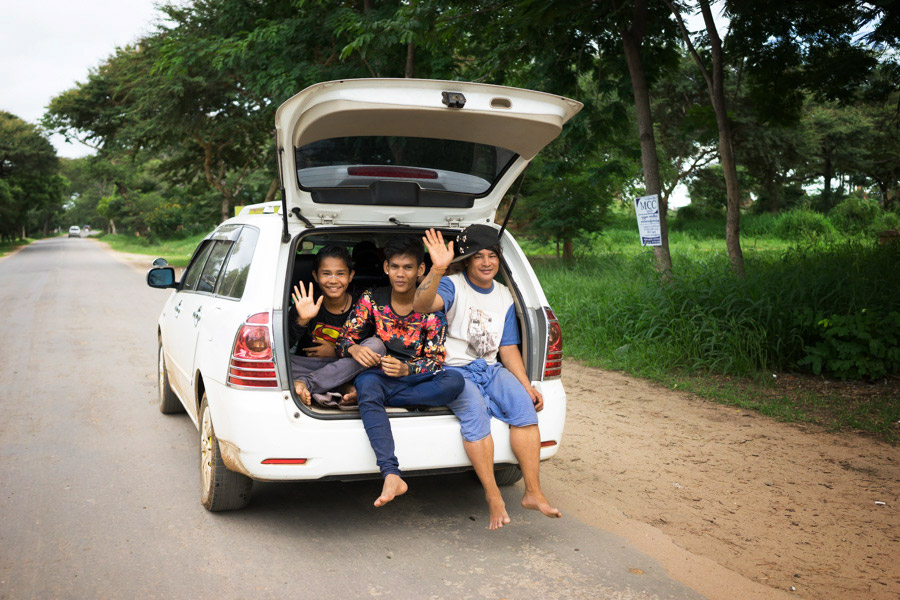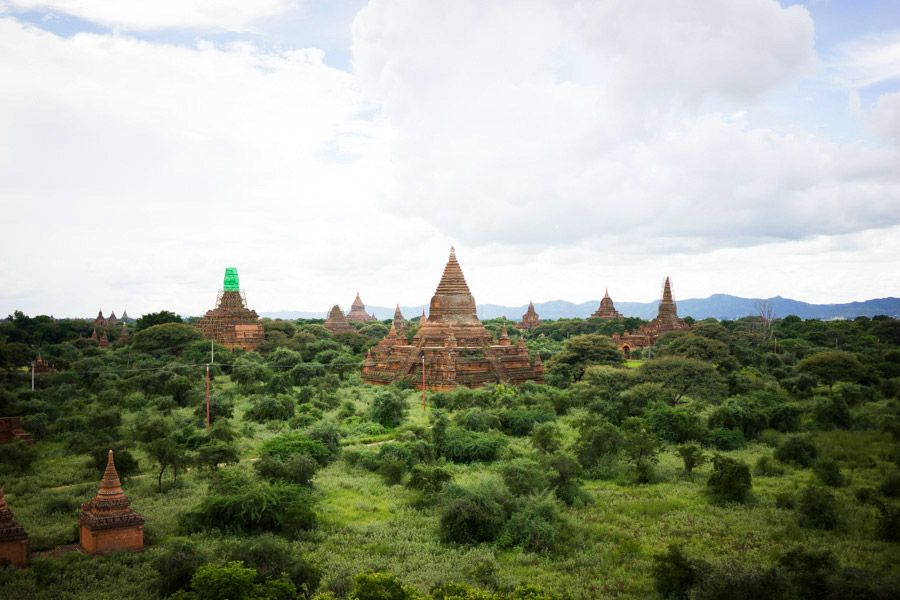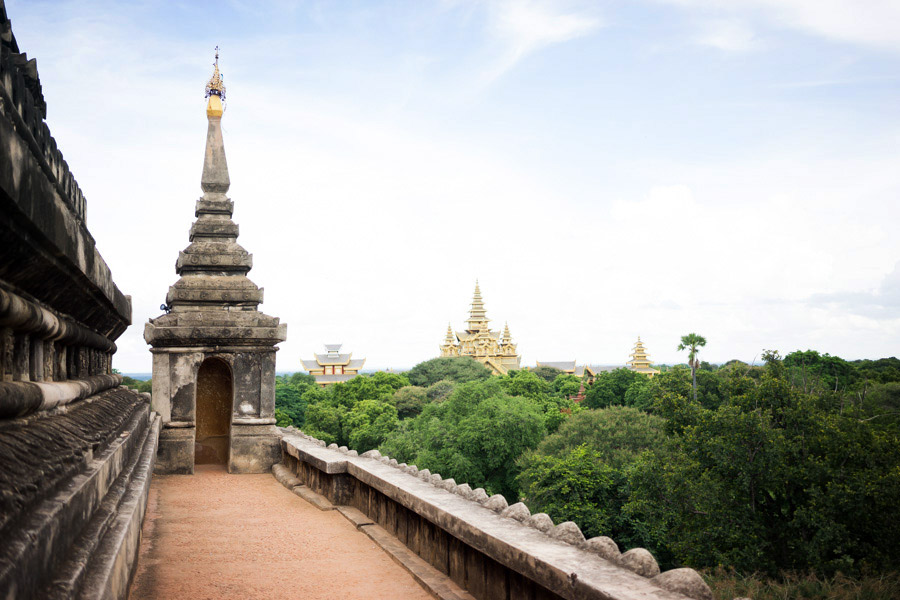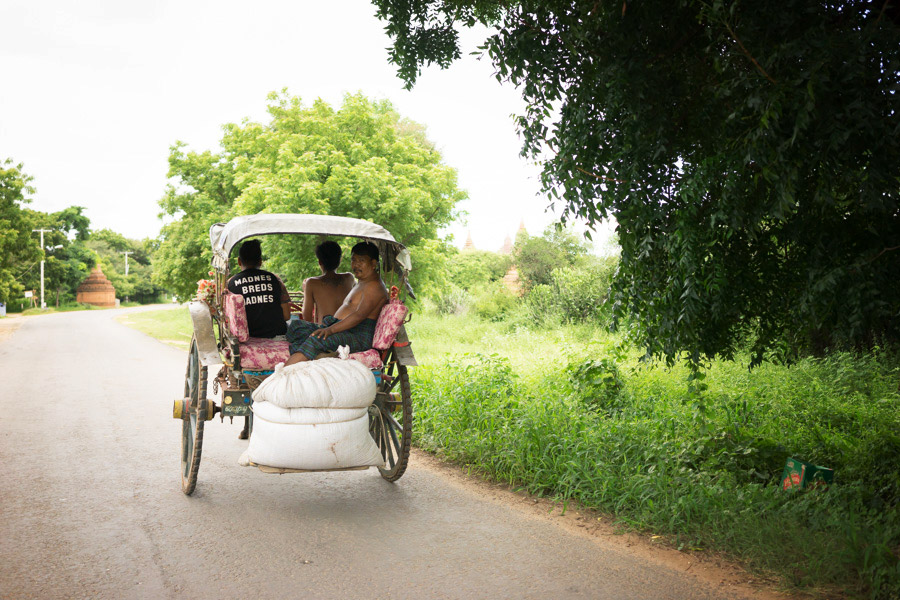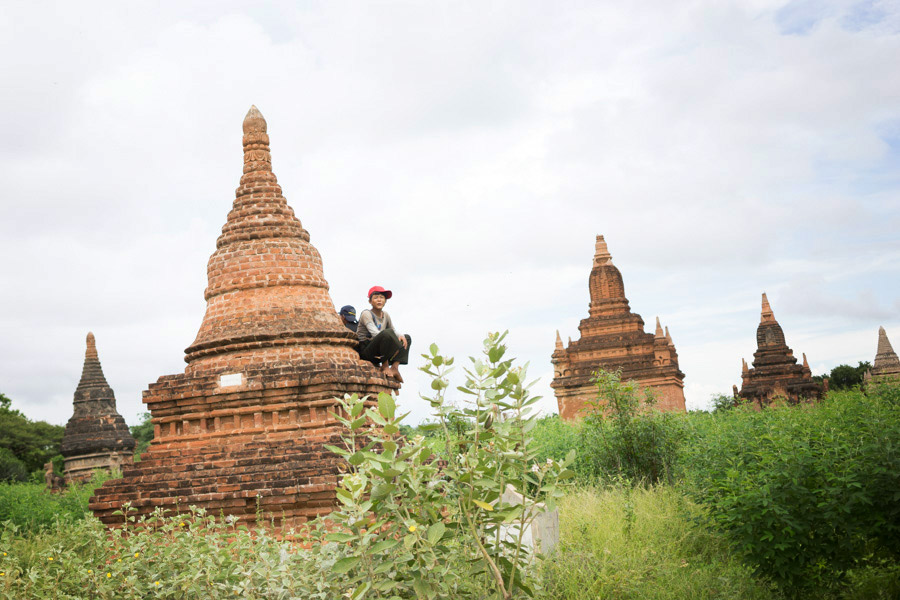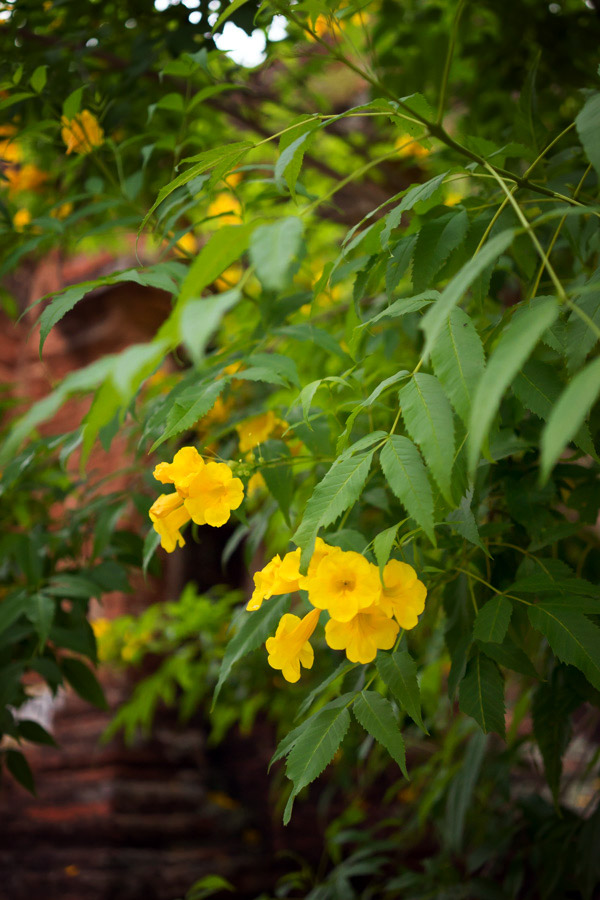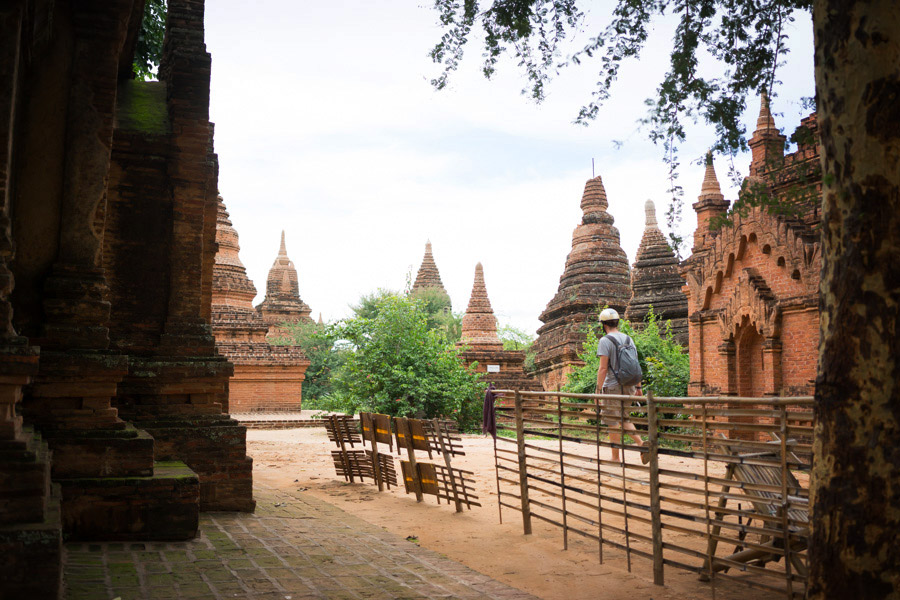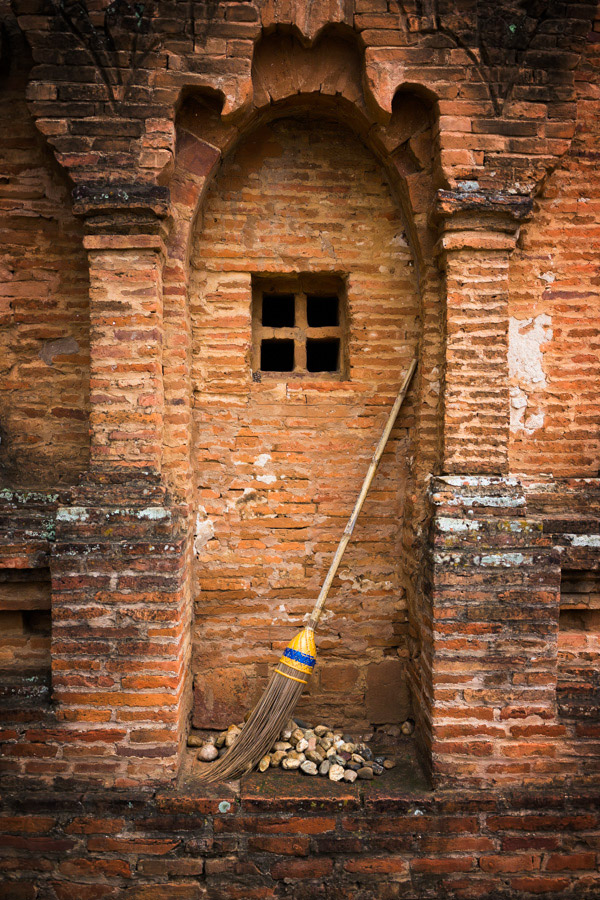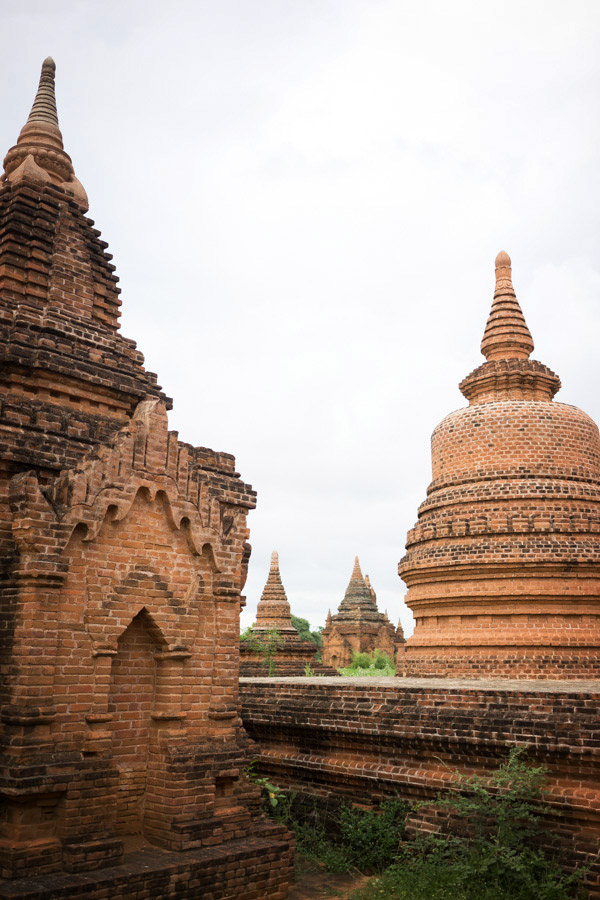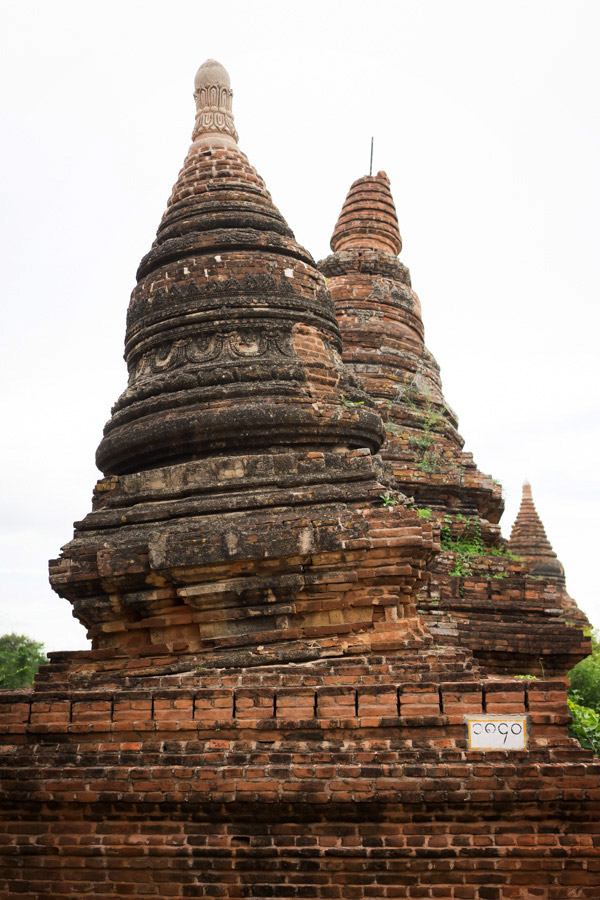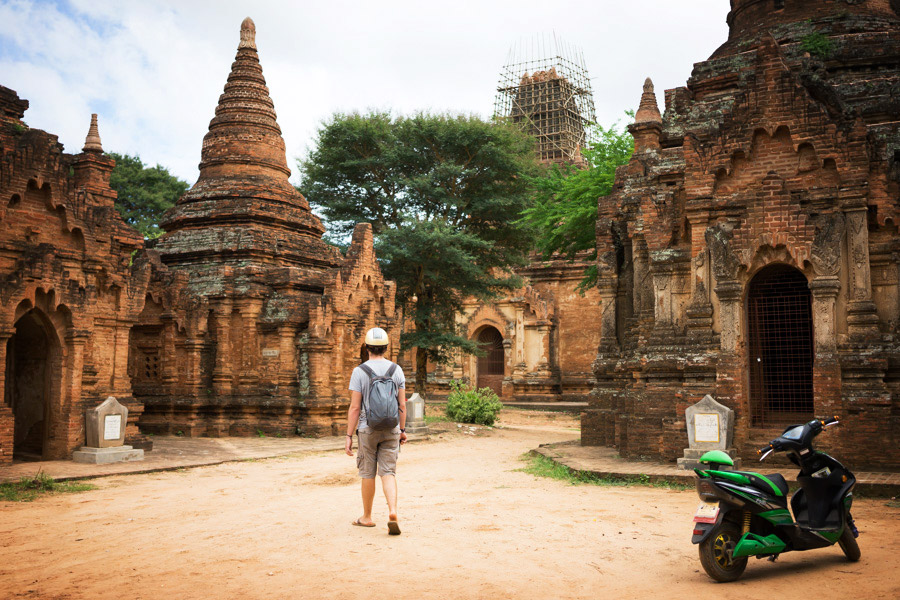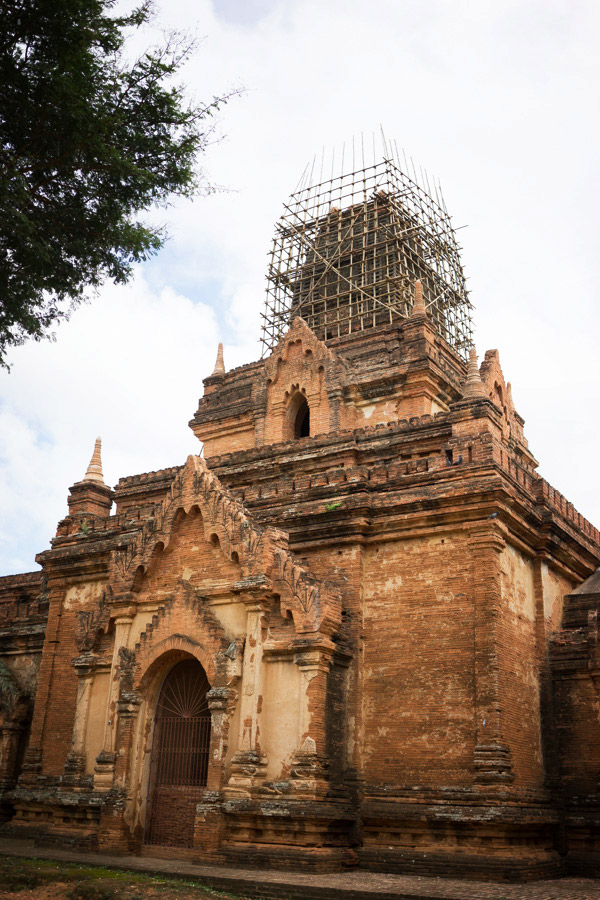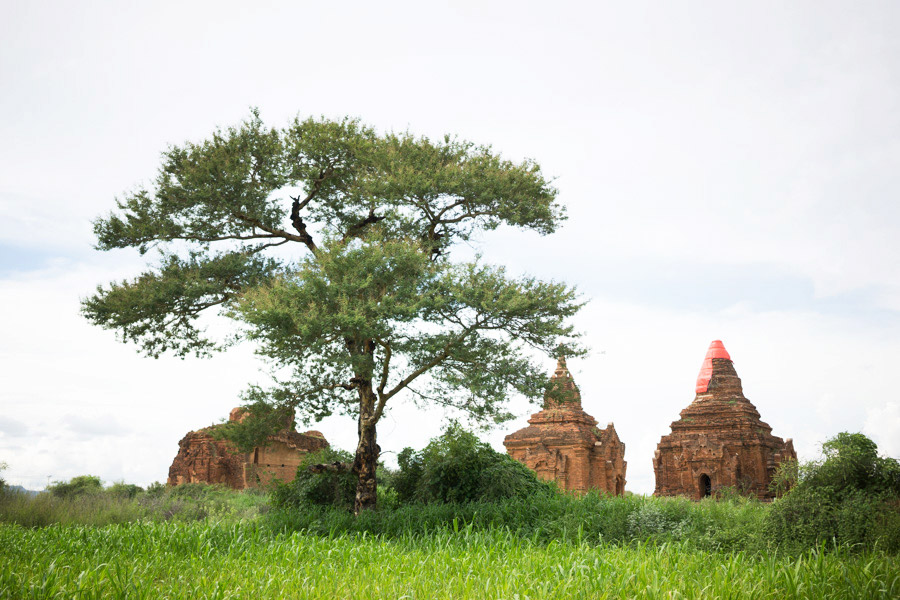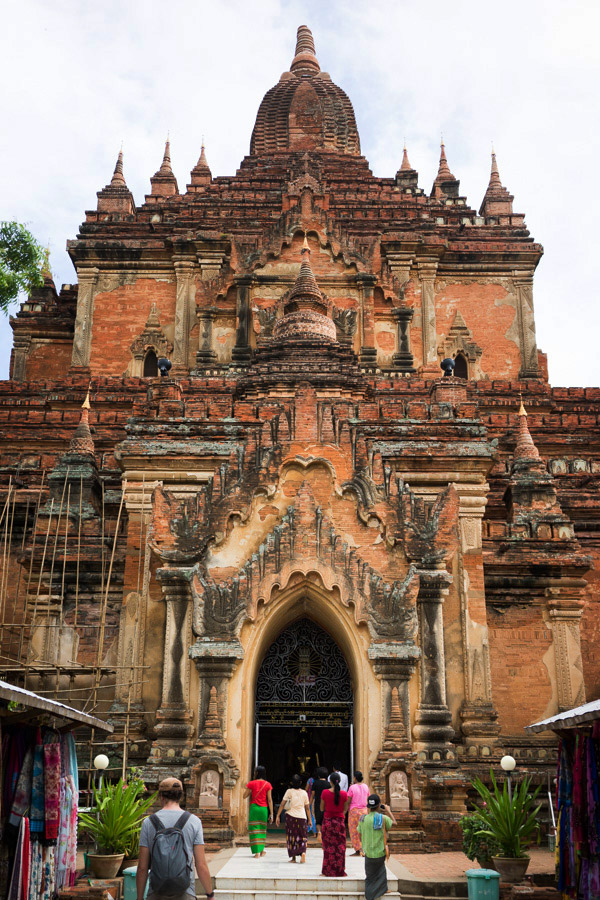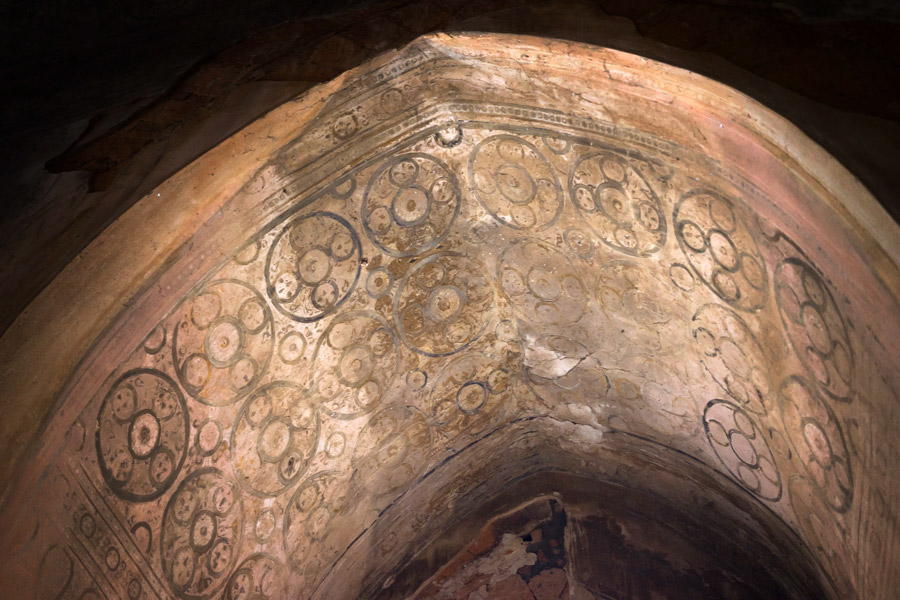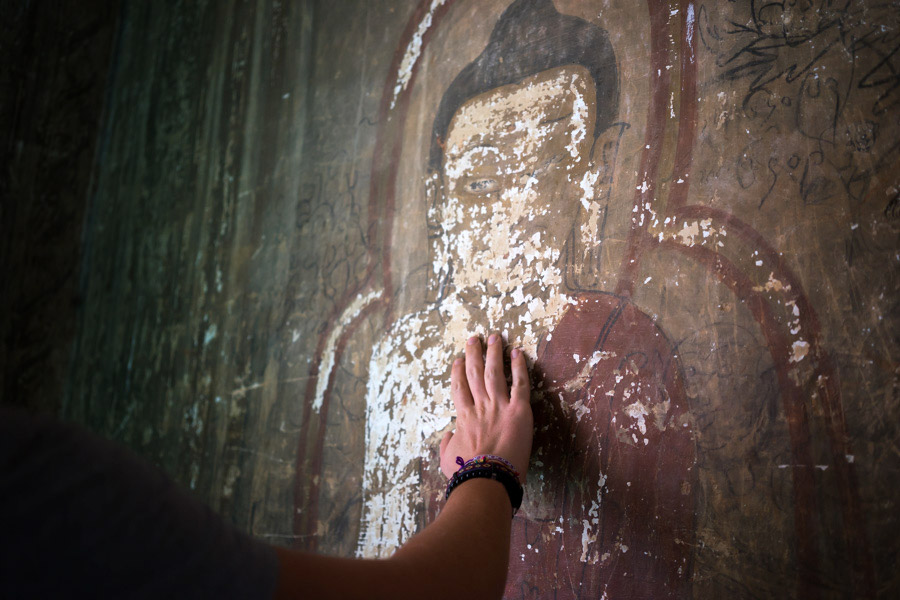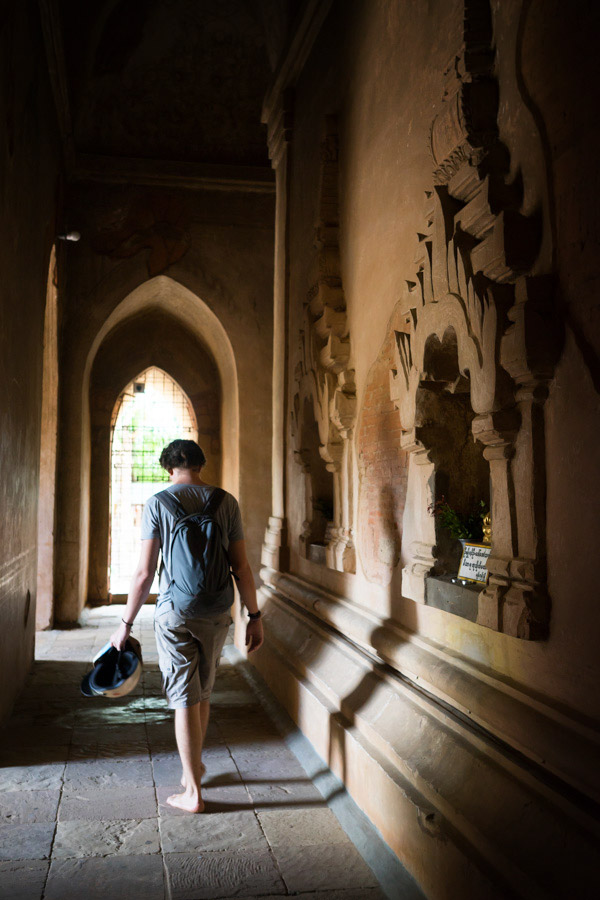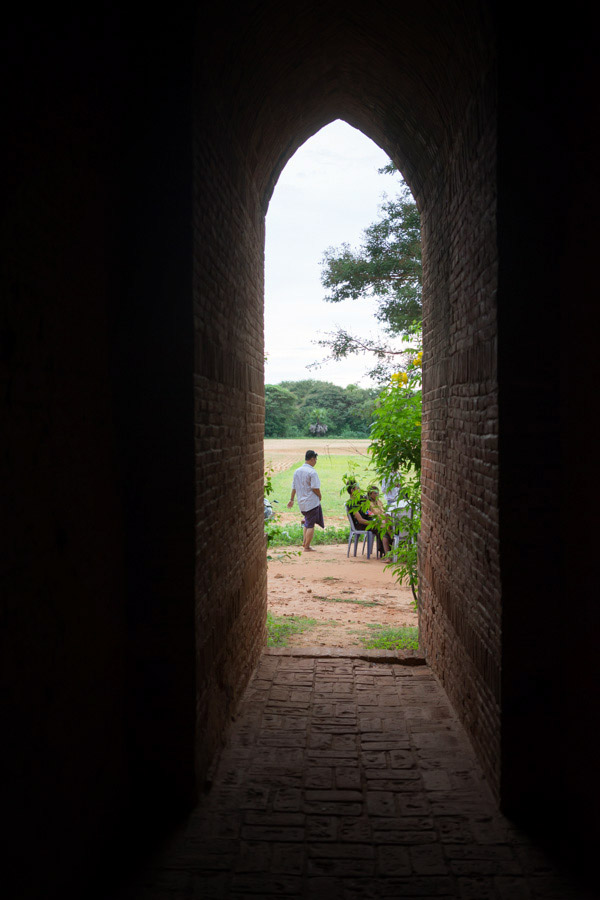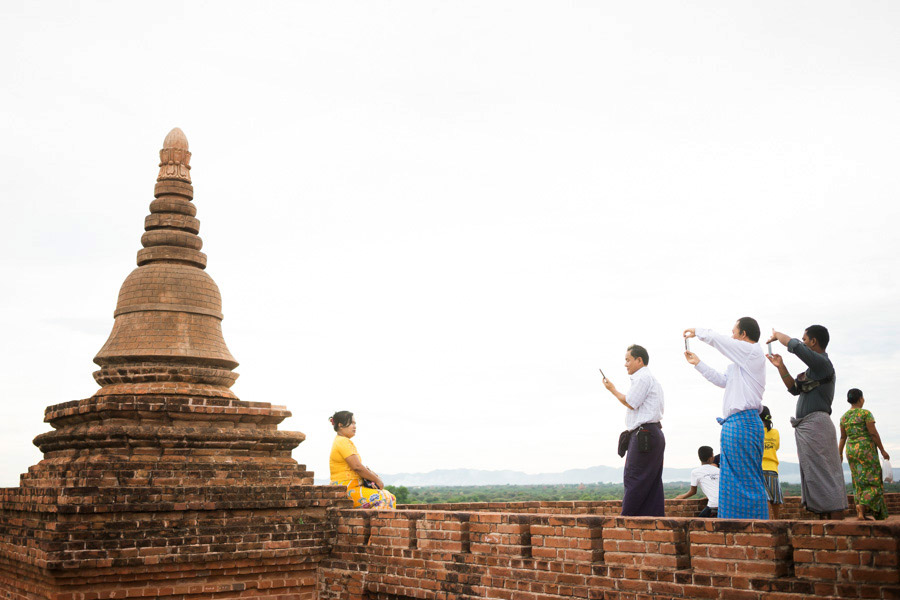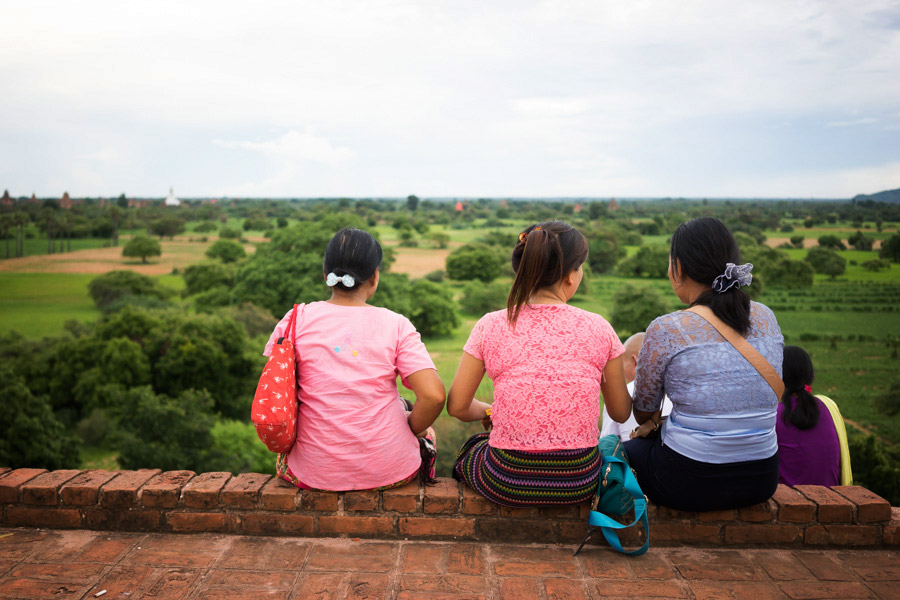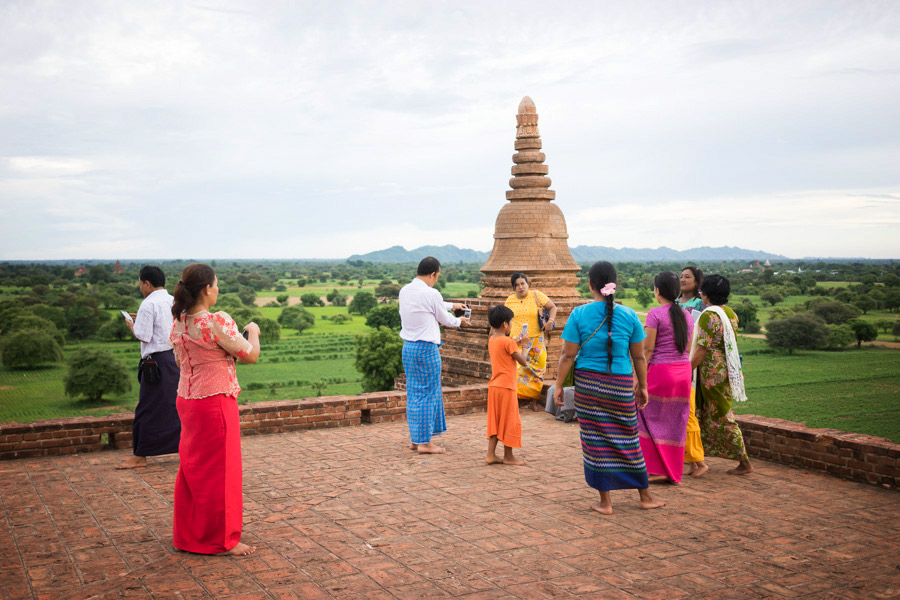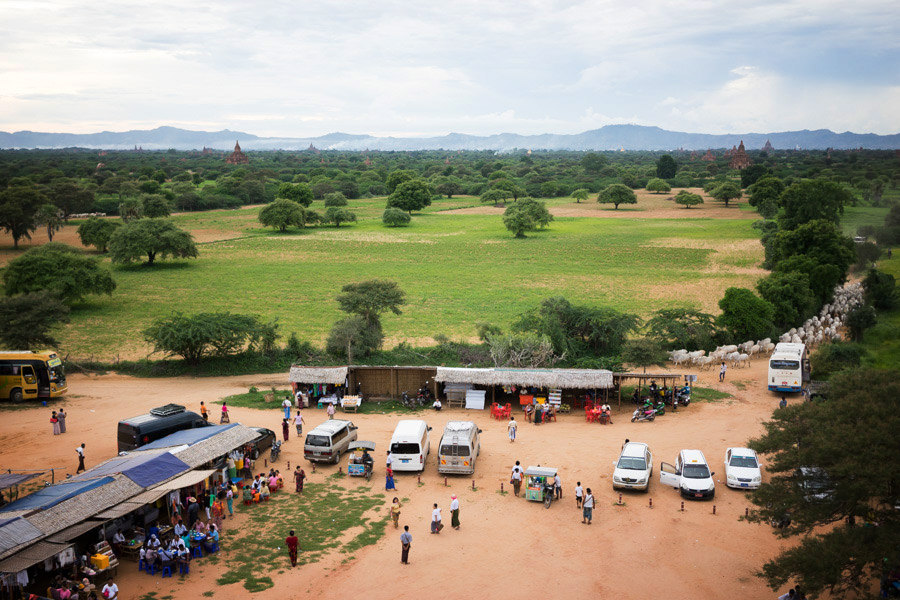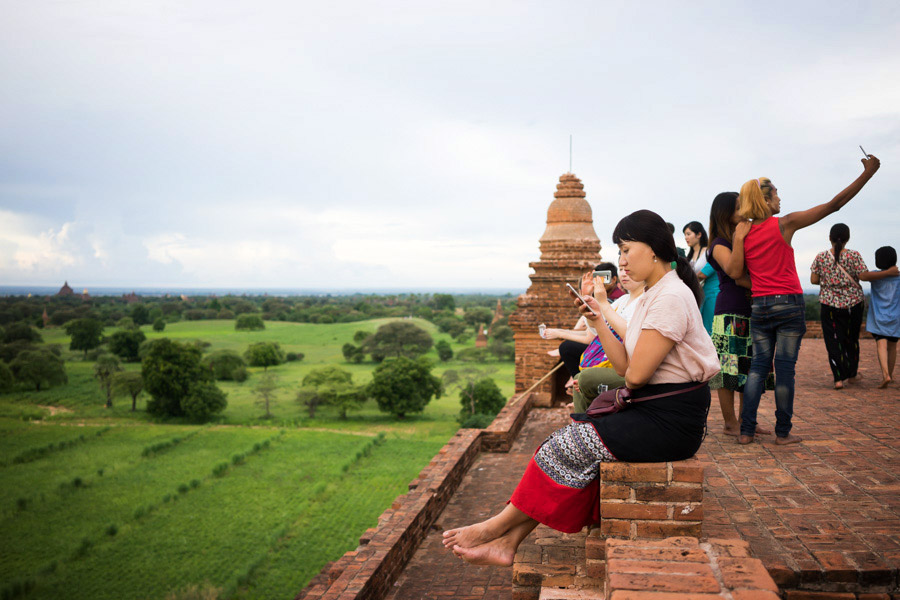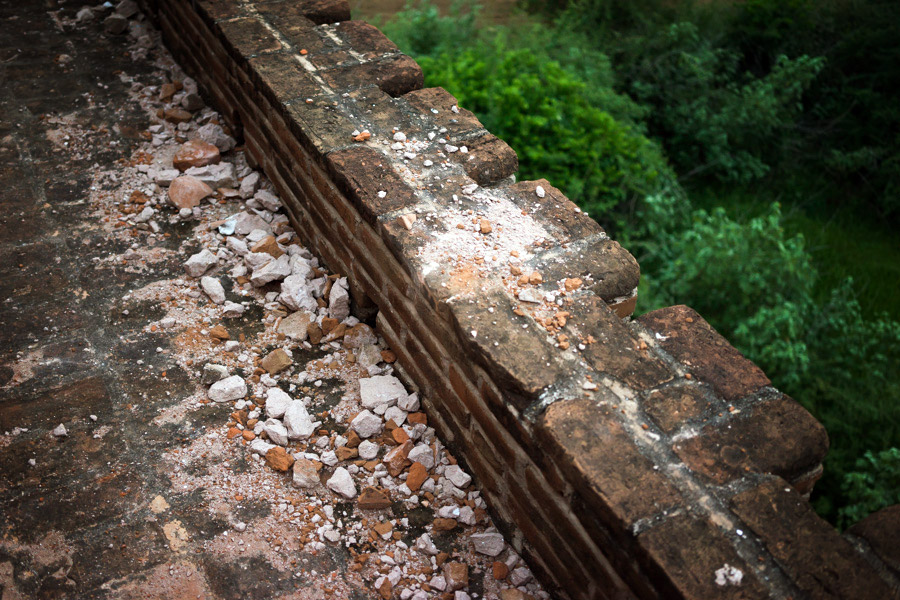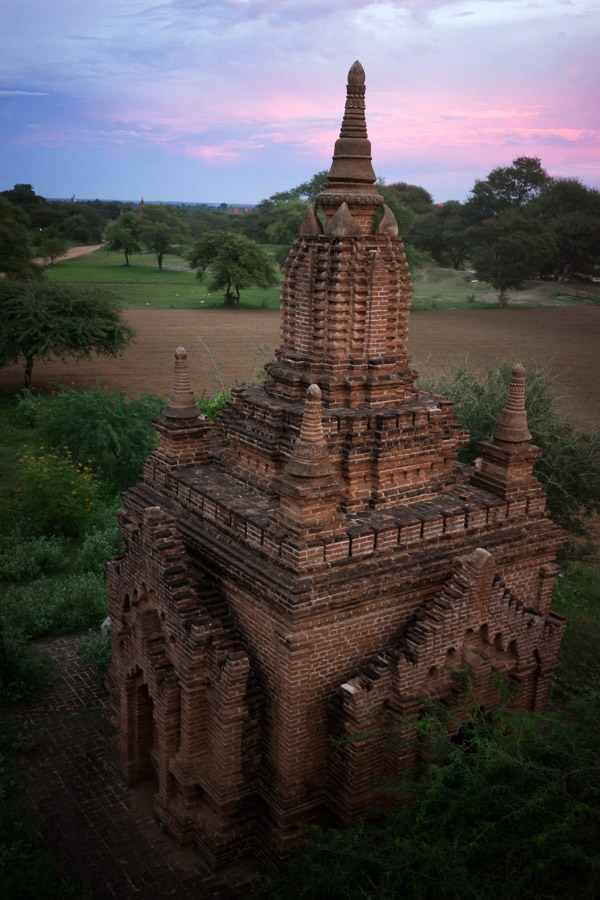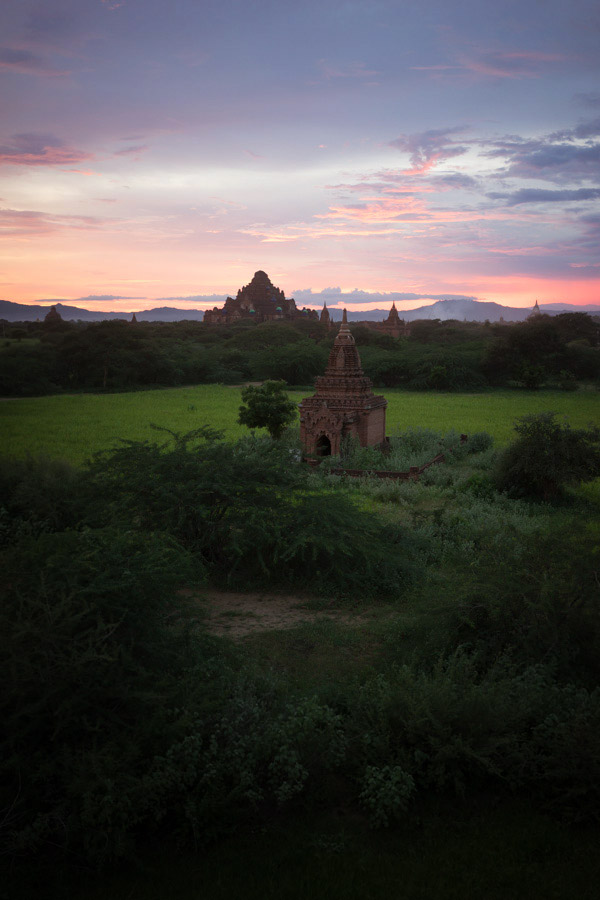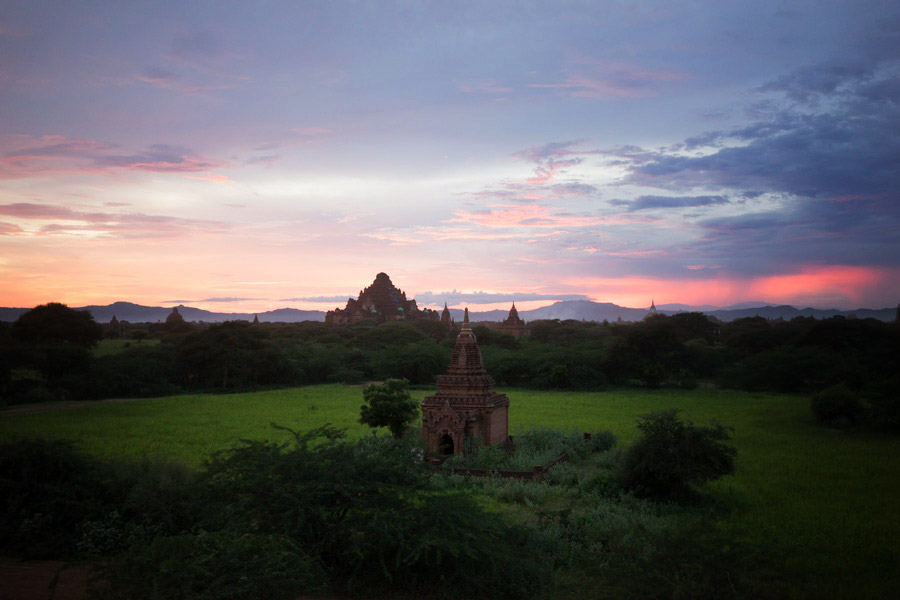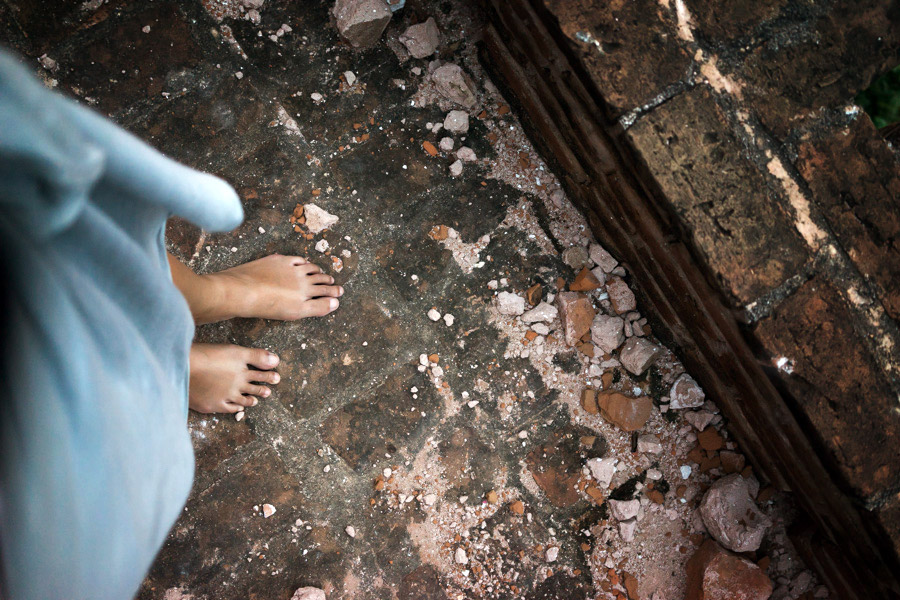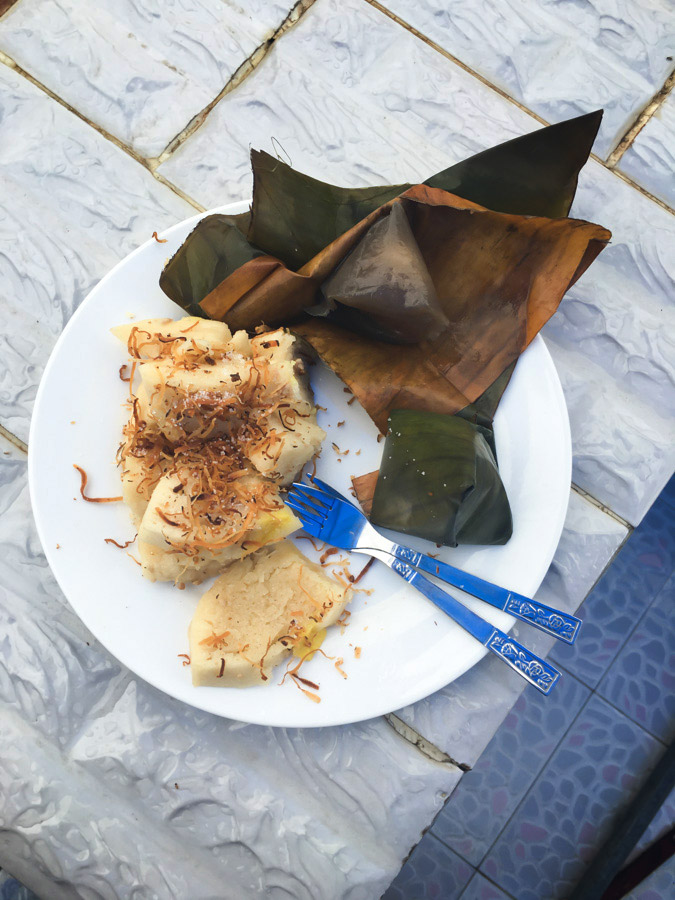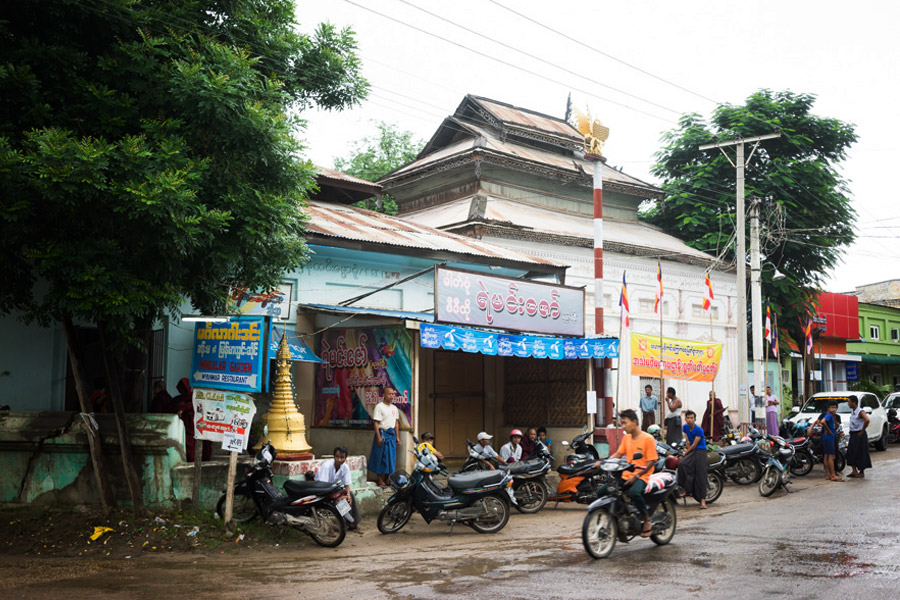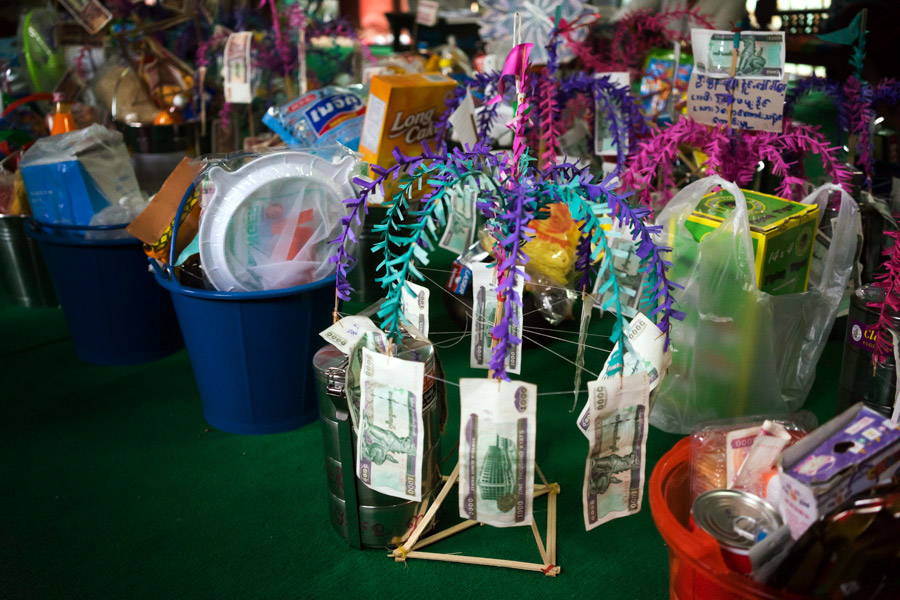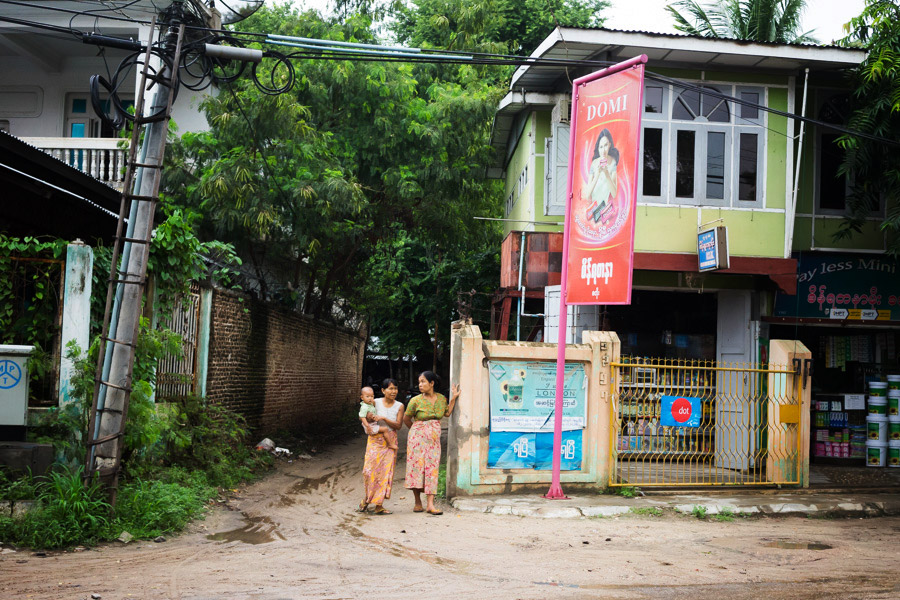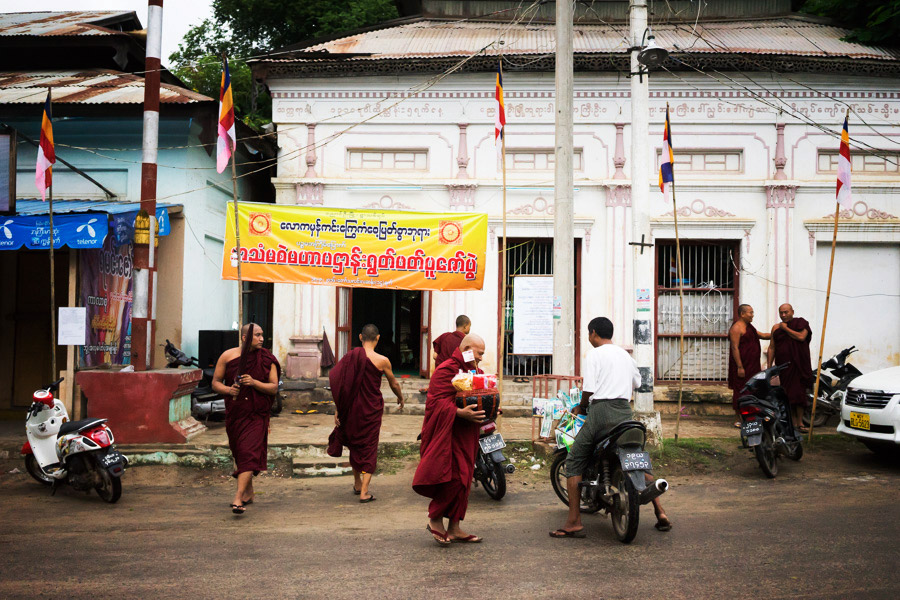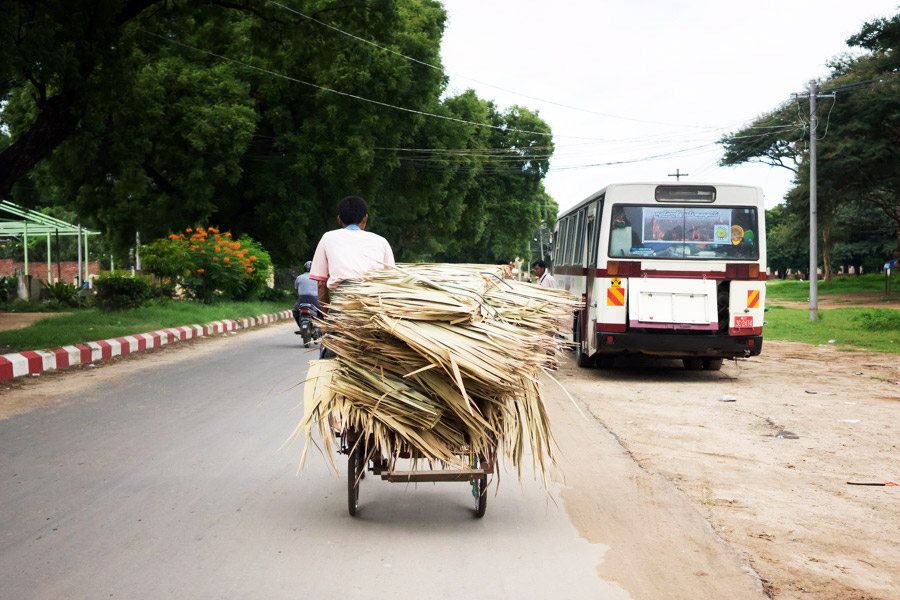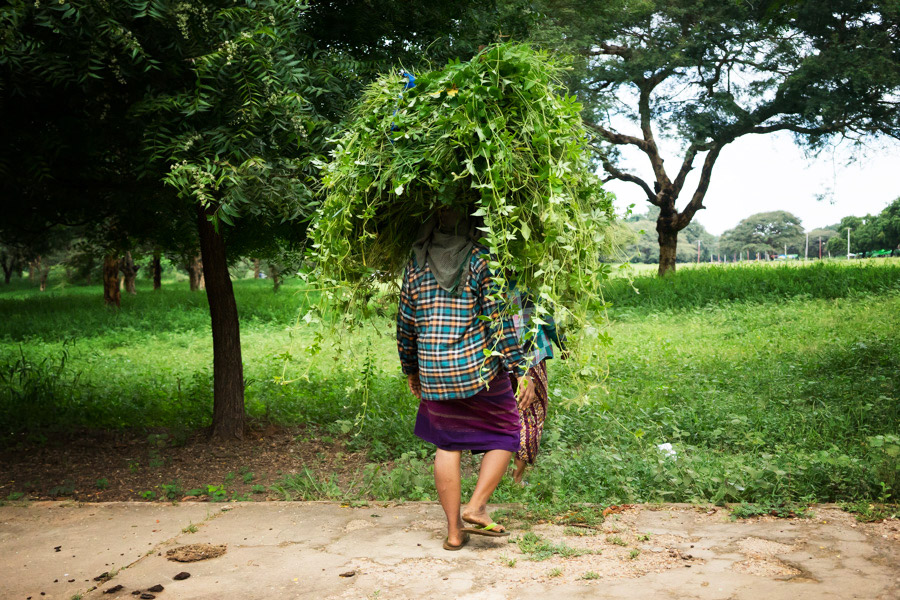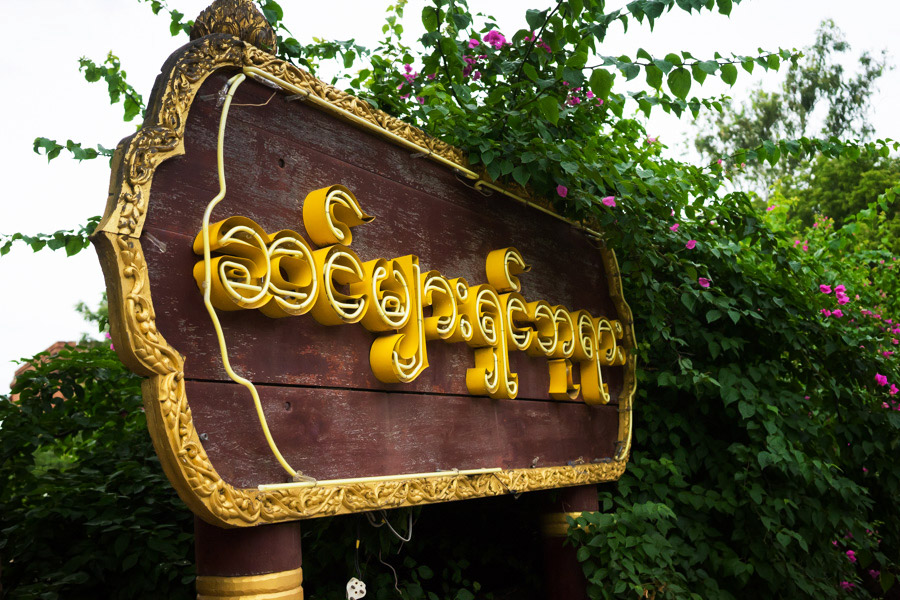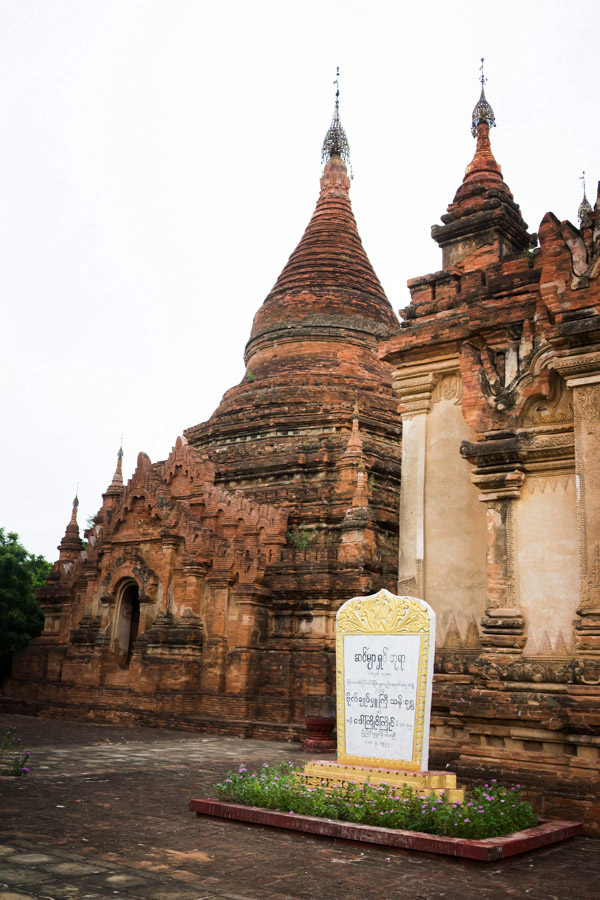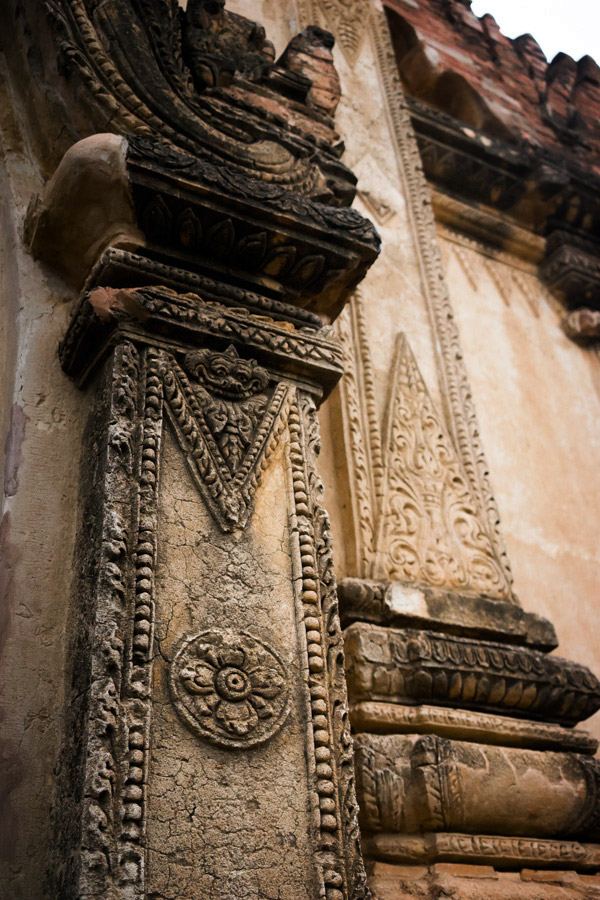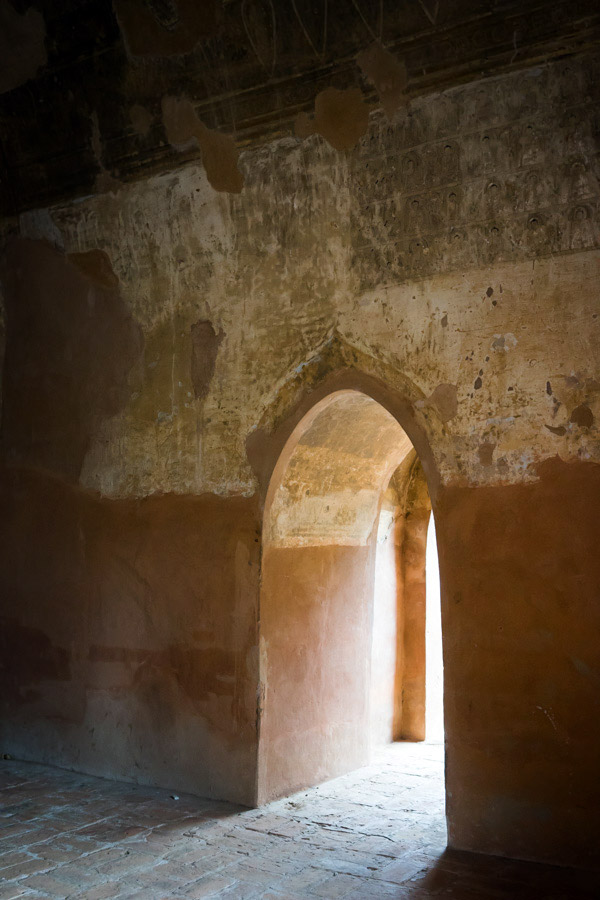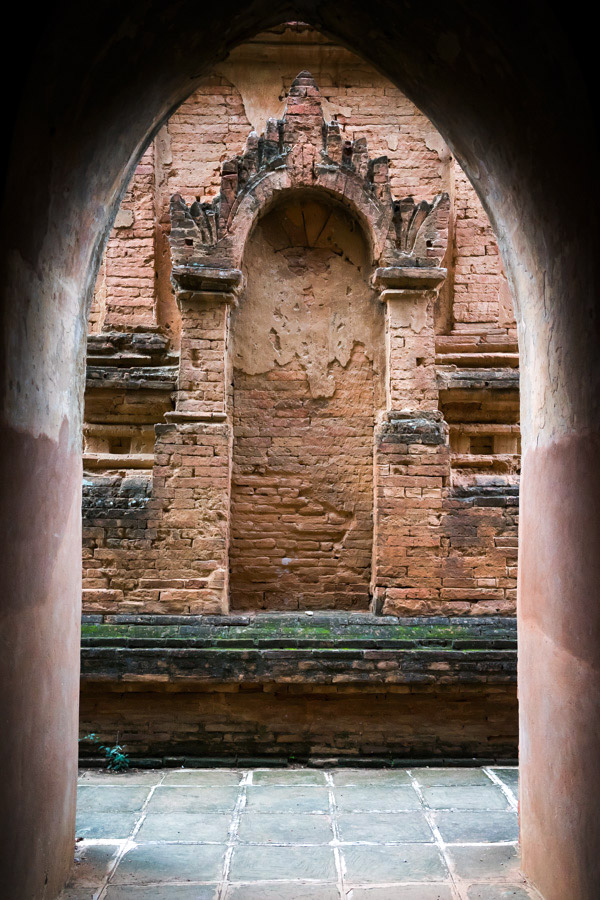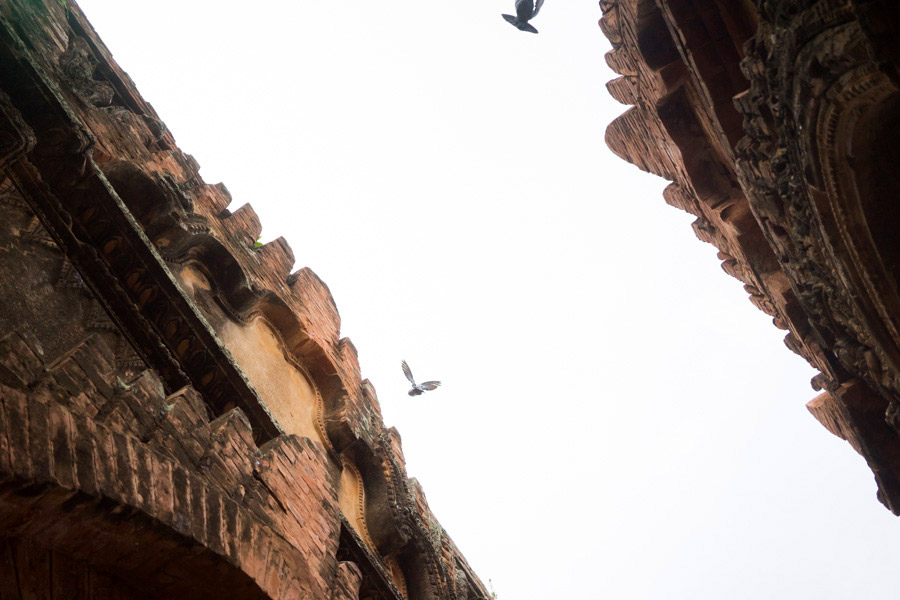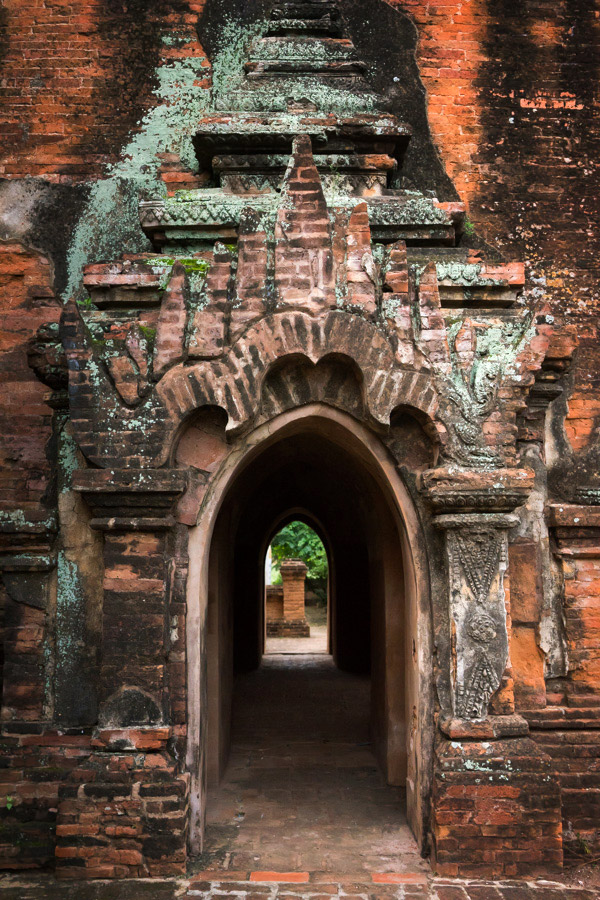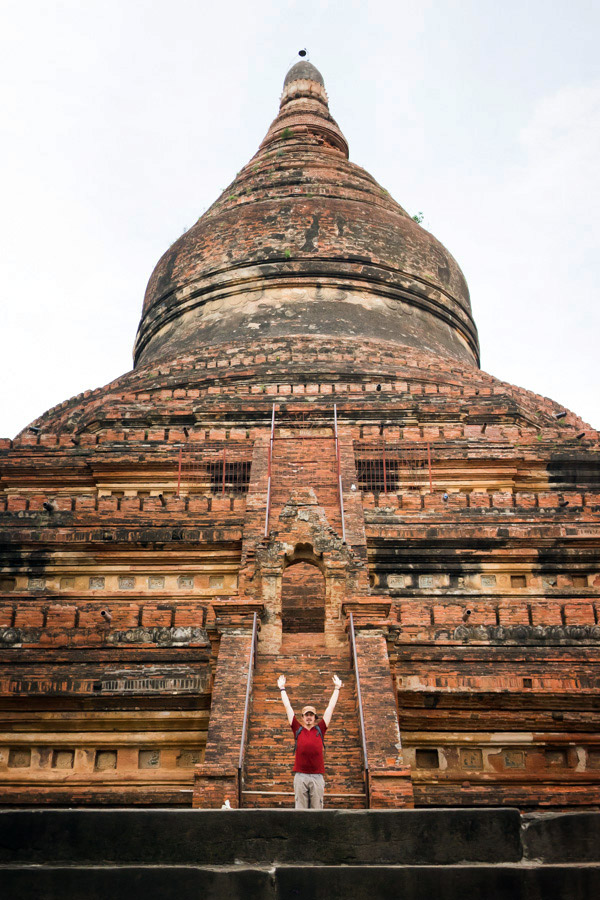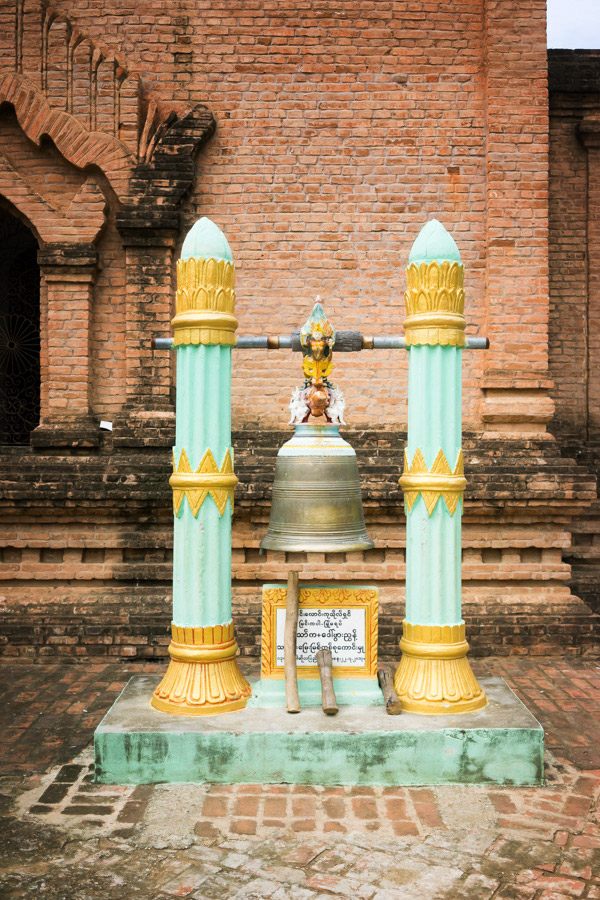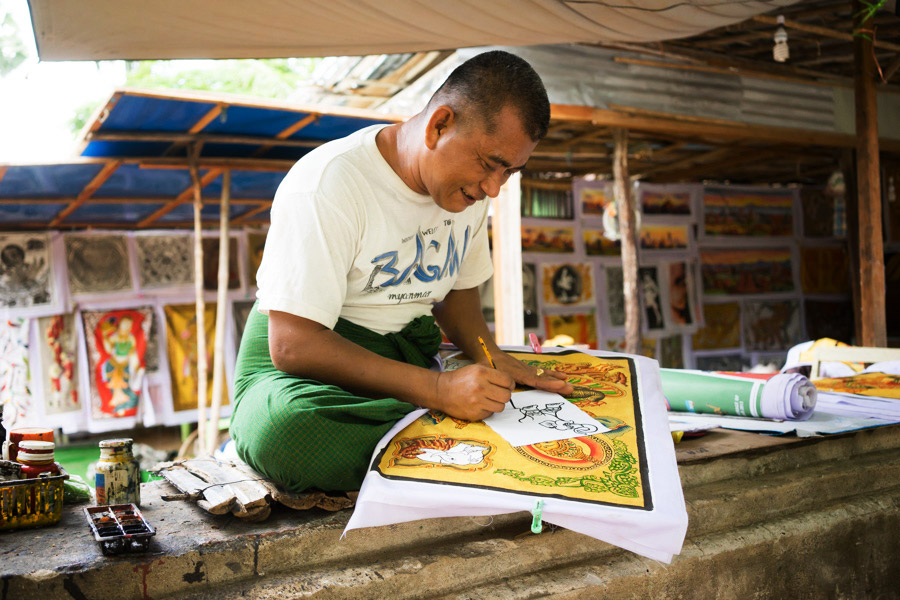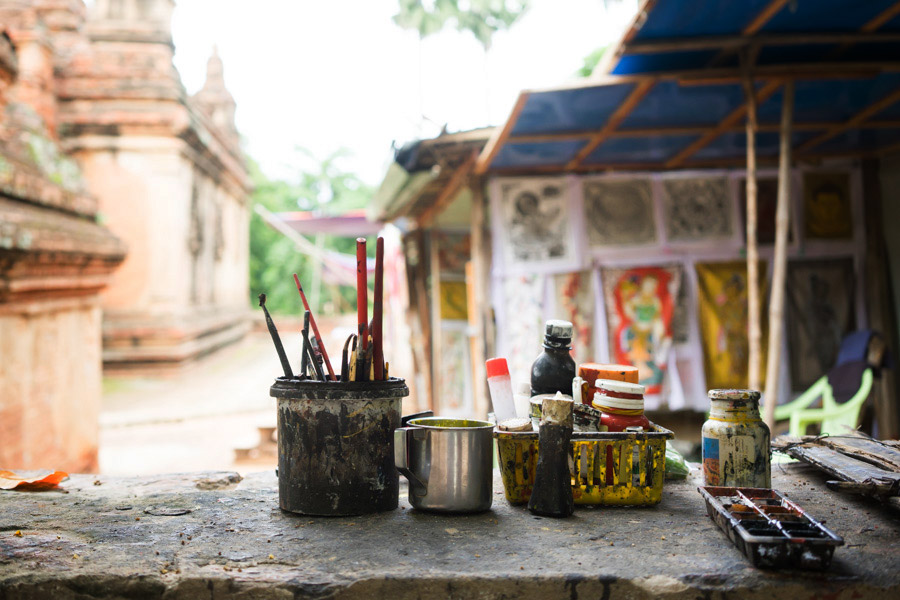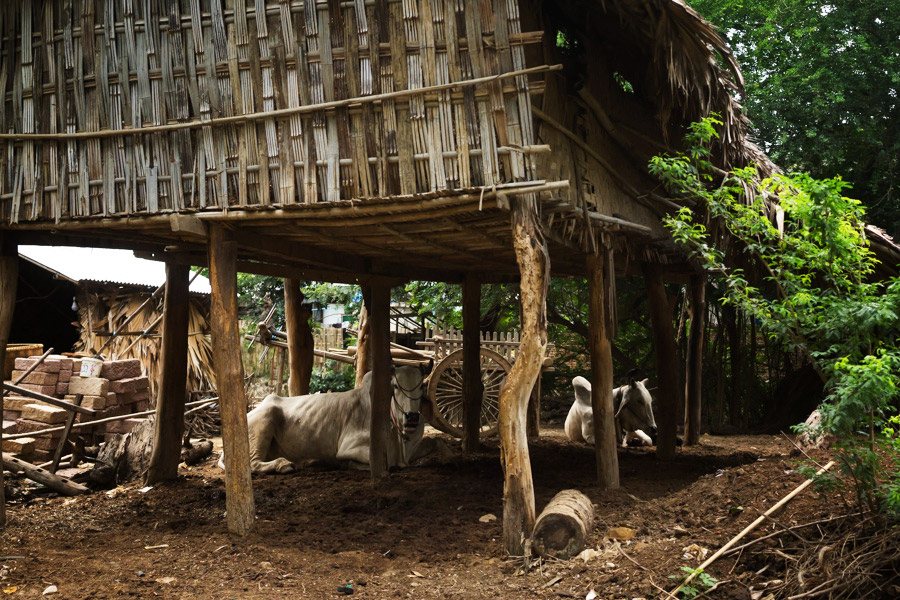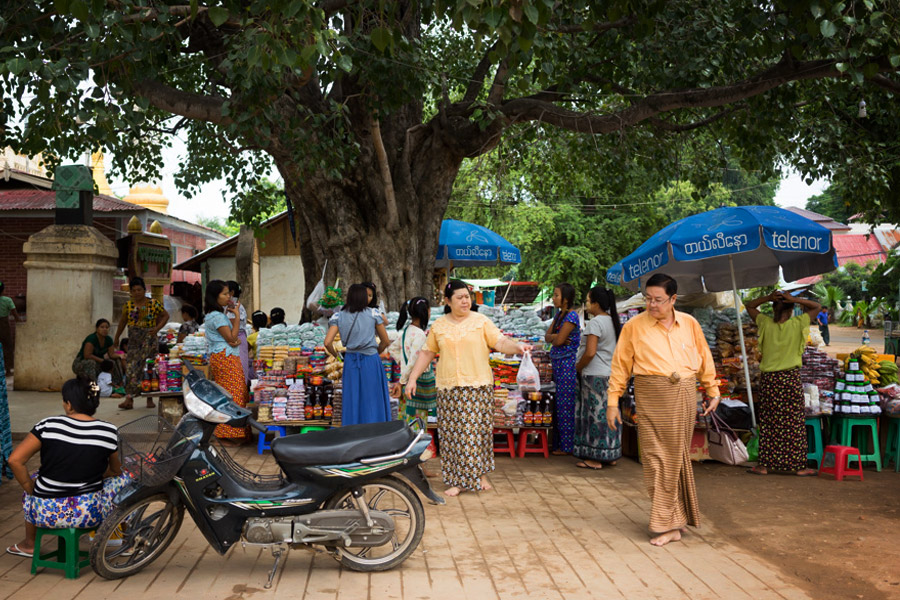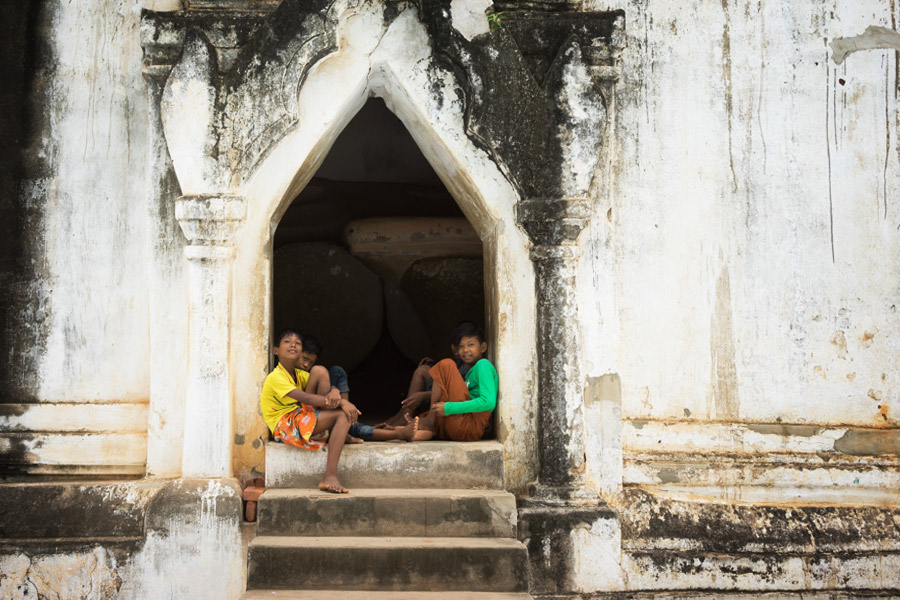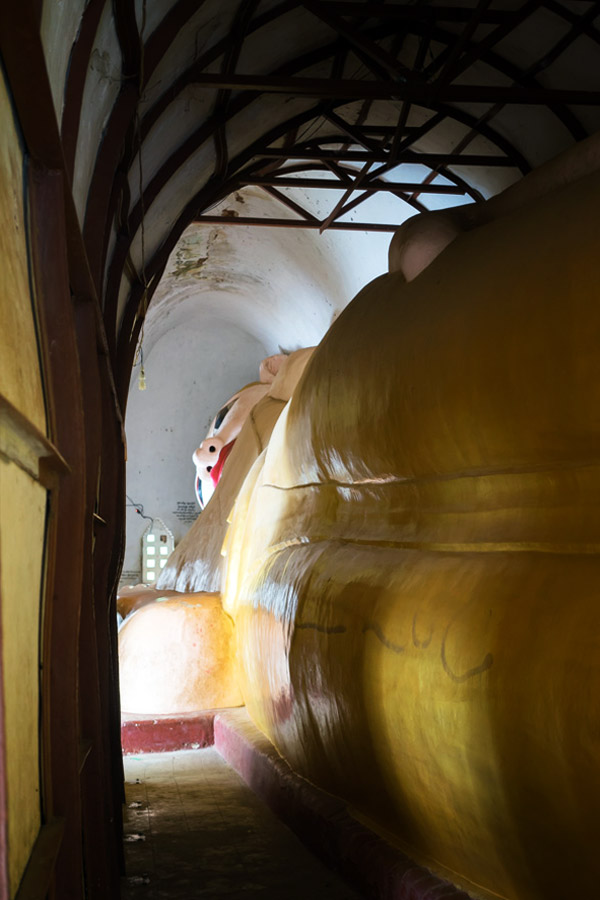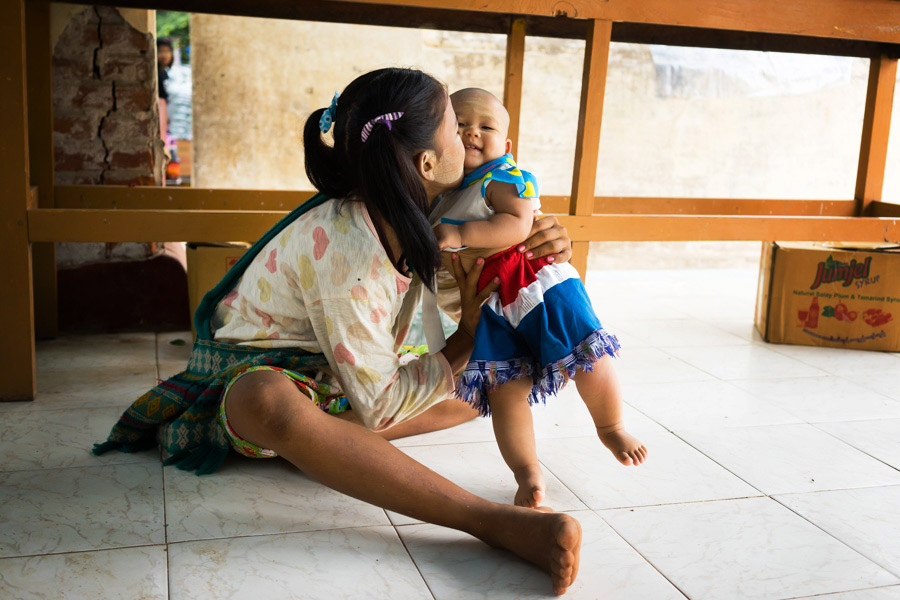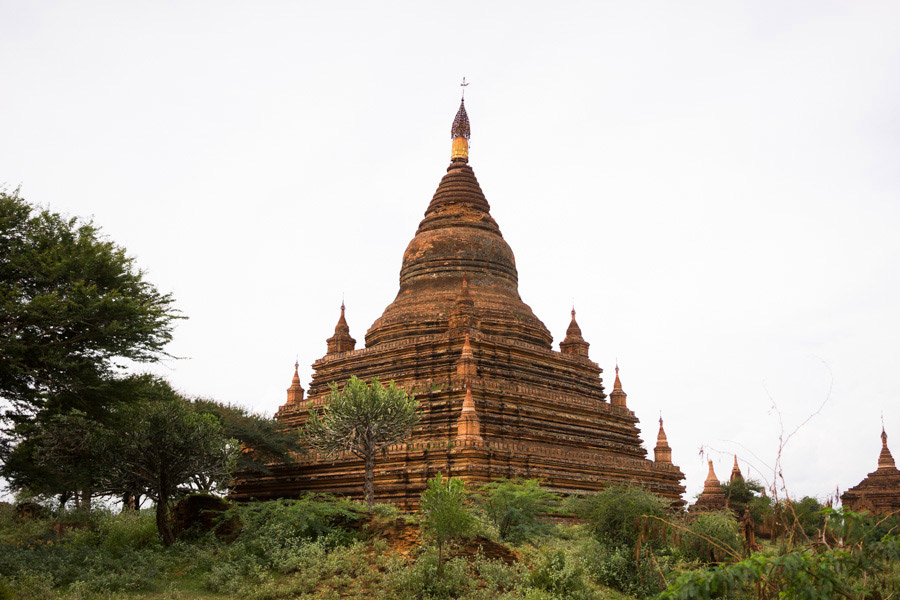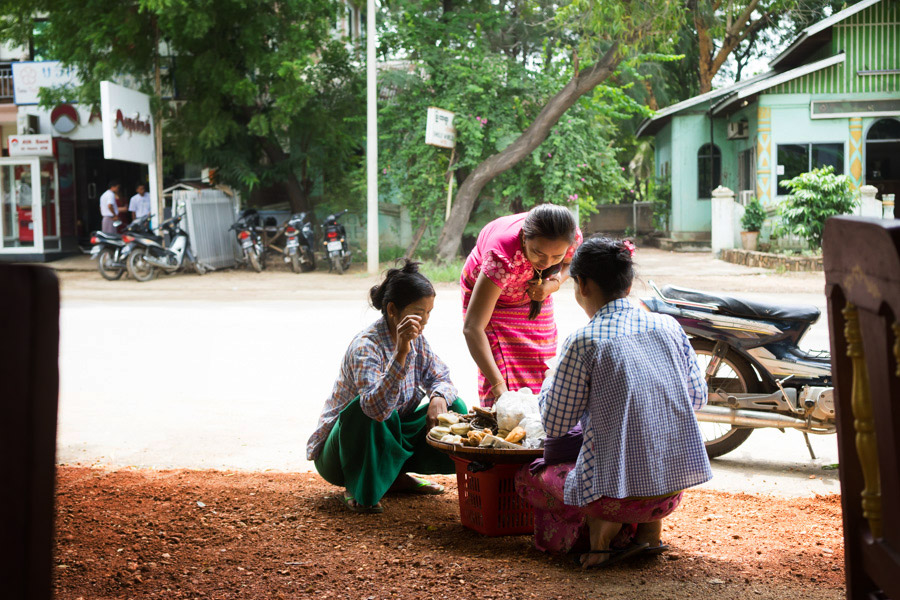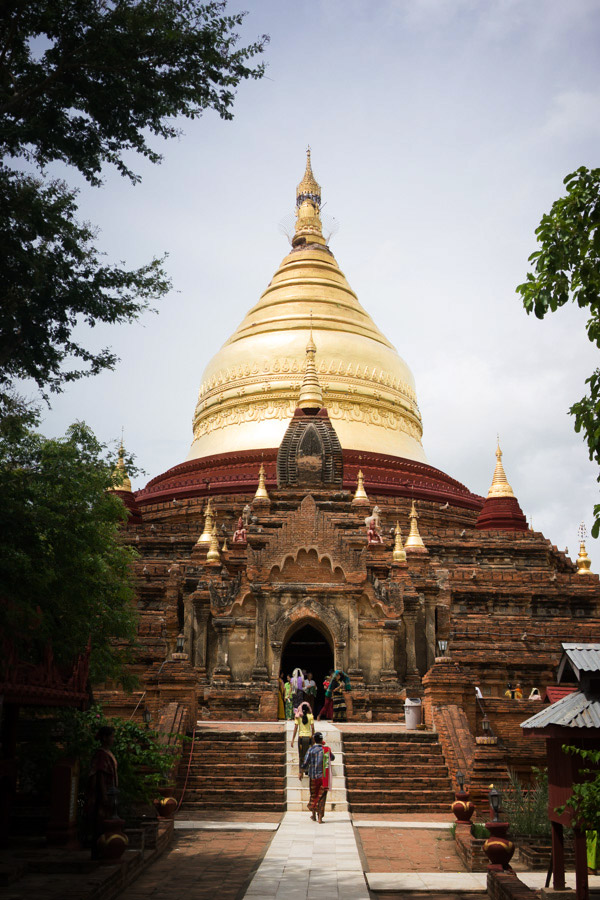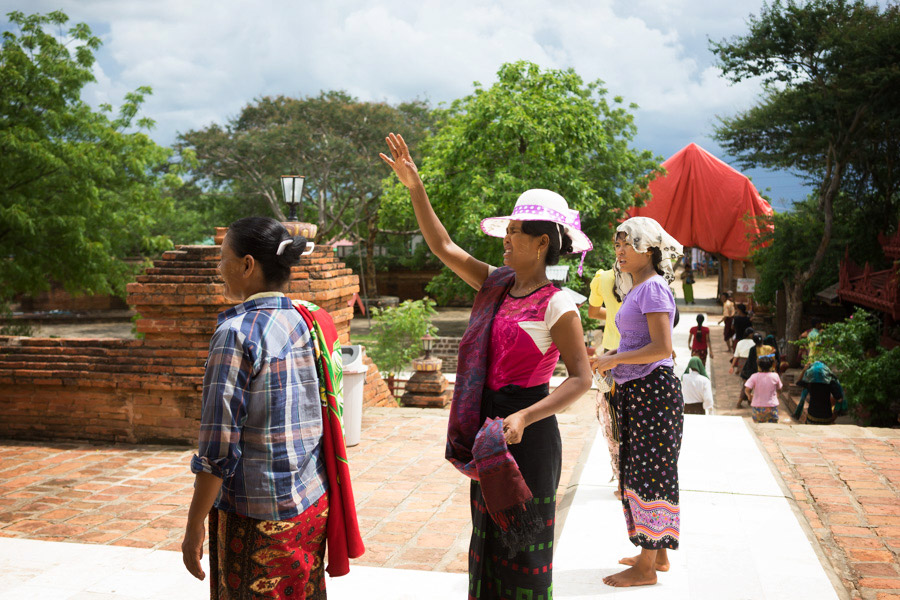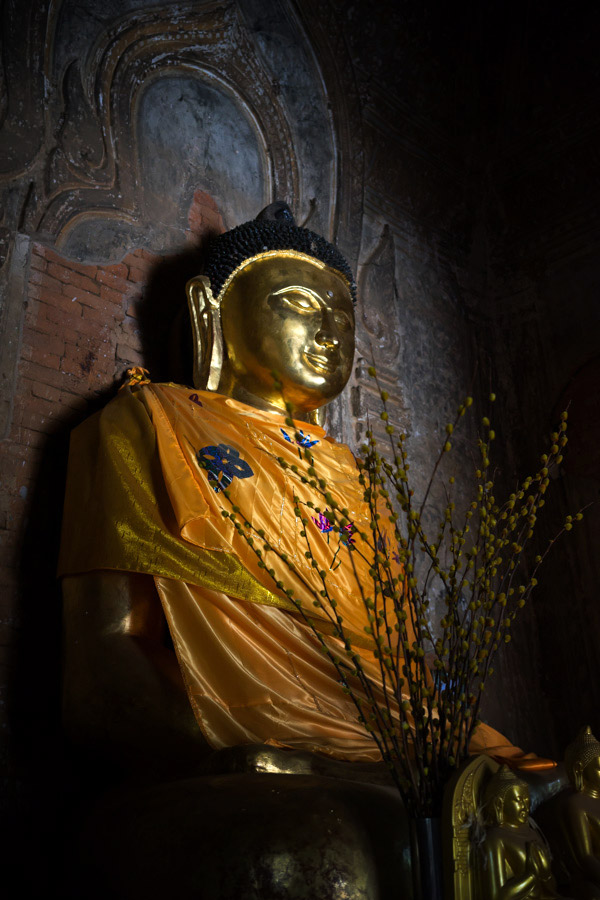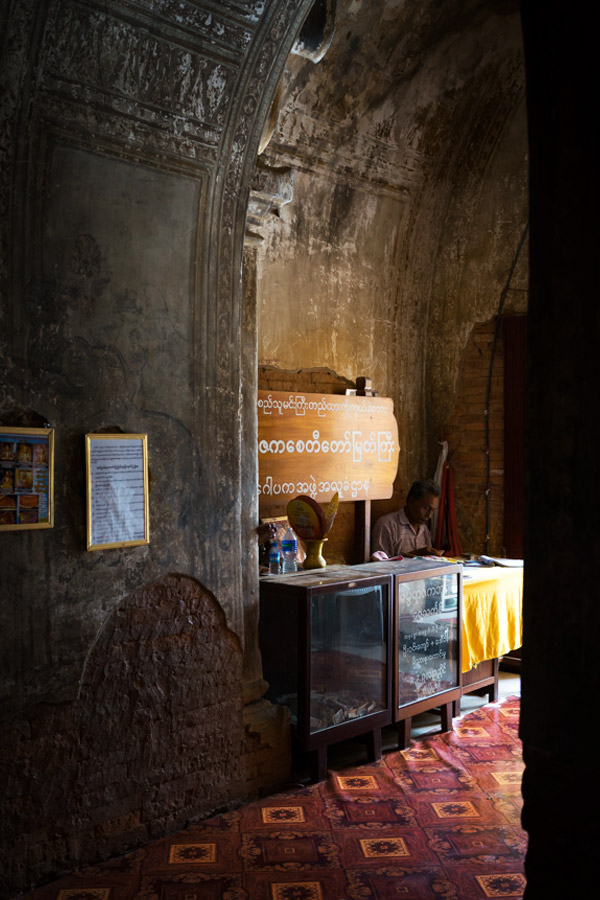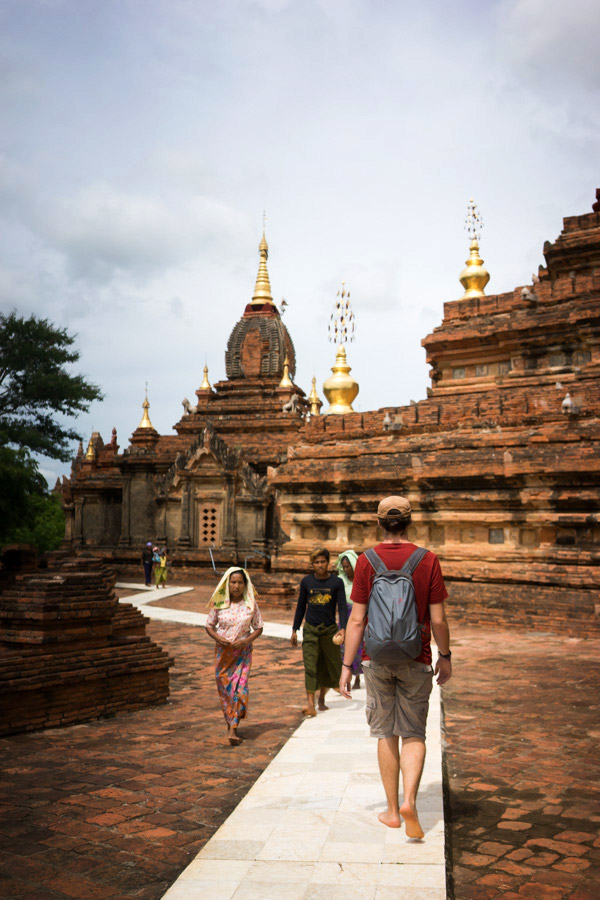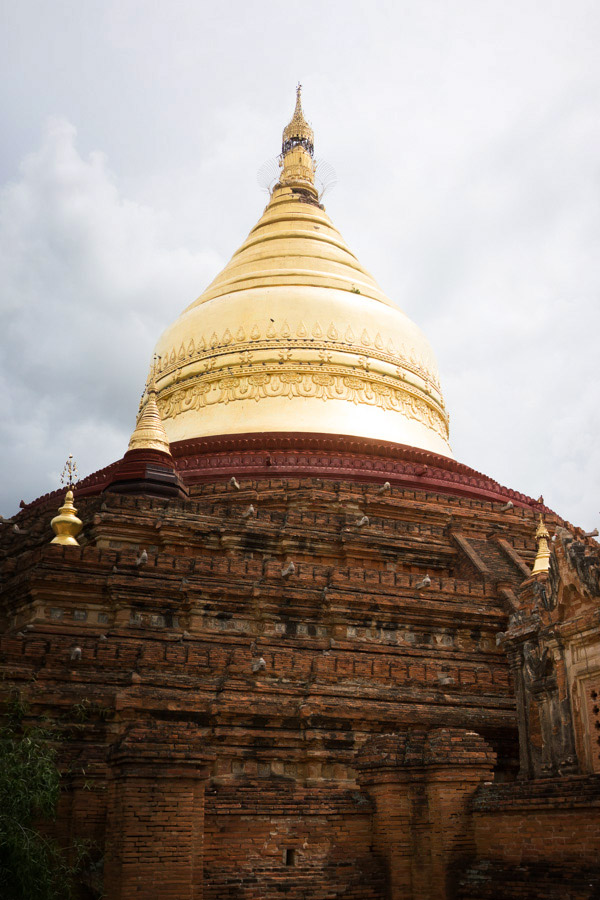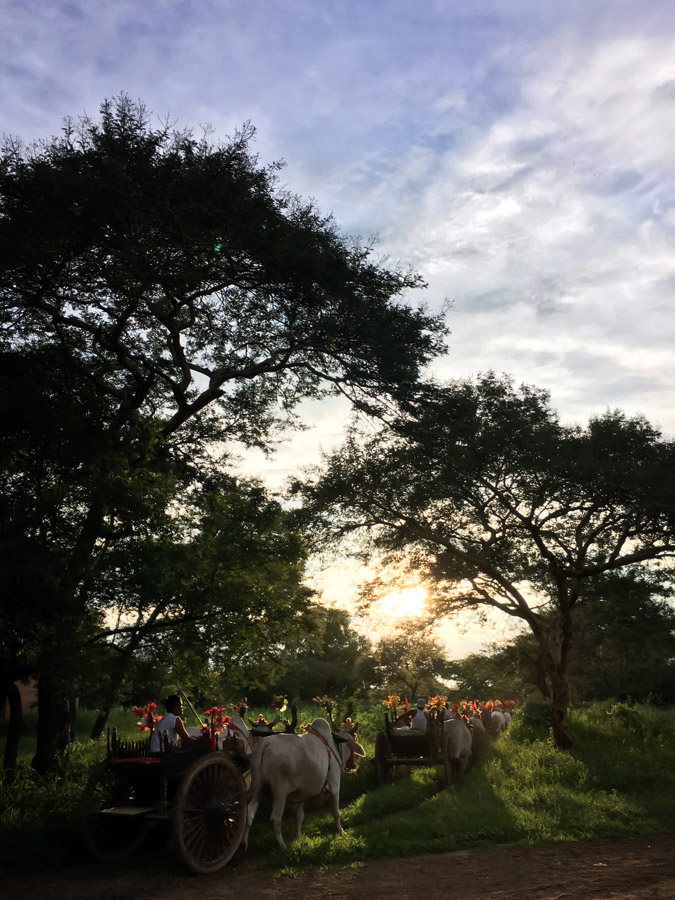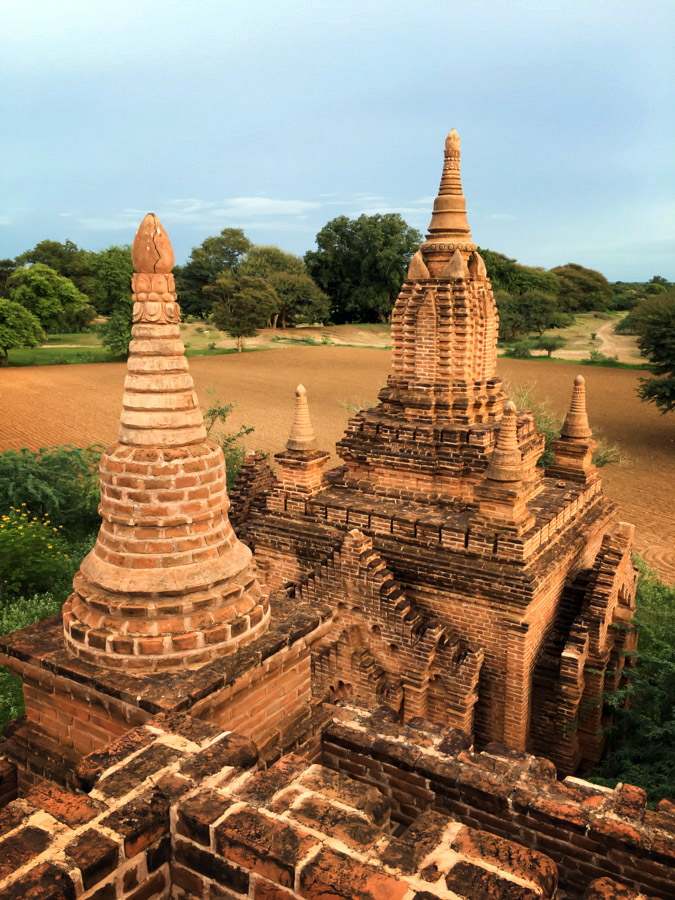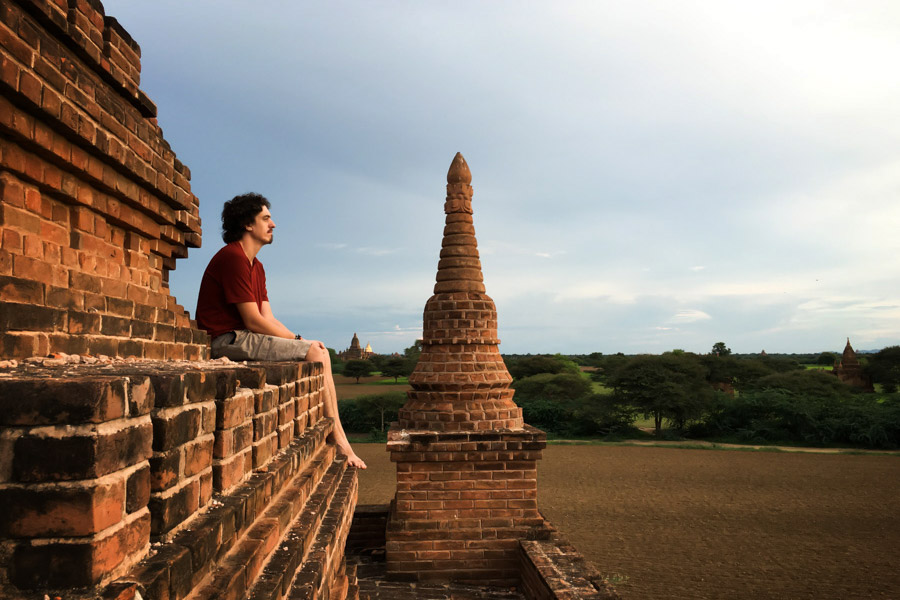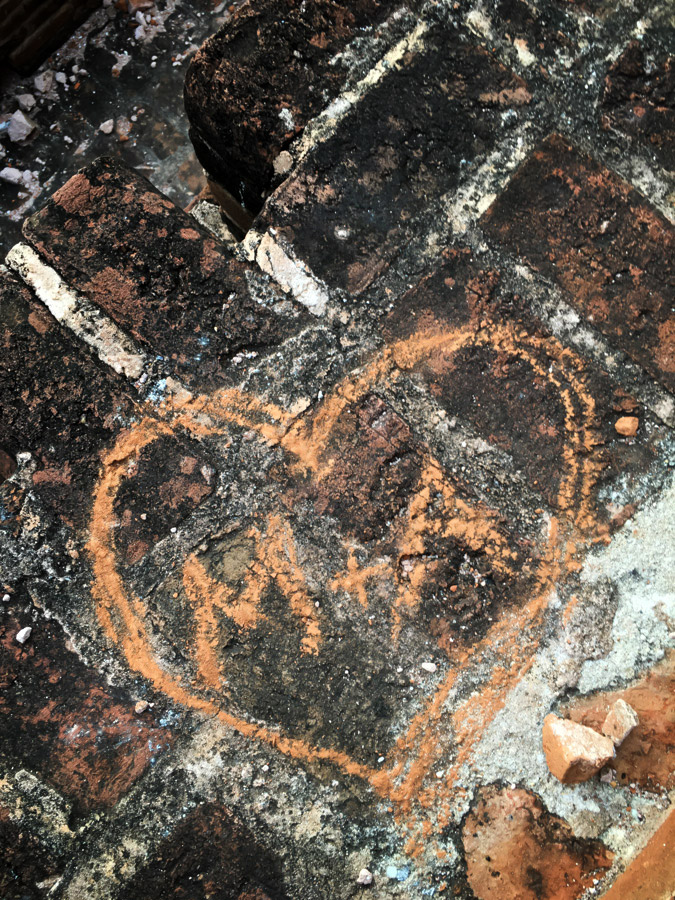Alt-J - 3WW
Myanmar, the rough and gritty, the country you have to go to before it becomes Thailand, or so we read on many blogs. Yes, maybe, but first is Myanmar the character, the beautiful, and the troubled - a country with one of the longest civil wars between its ethnic groups.
Yangon
Madie and I land in Yangon and head over to T Venus B&B, a modest hotel near the university, in a taxi honking its way through the streets. It’s a sudden, stark contrast from our short episodes in Singapore, Taipei, and Japan. We’re back in South East Asia, back in a country still torn between the first and second worlds. Long traffic jams allow us see the small streets of rough unfinished buildings, with street vendors selling animal guts, and laundry hanging above stacks of trash and open sewers. Most cars are Hondas with right-hand drivers seats living a second life, but here we drive on the right. The buses are worn down, patched up - this one passing by has an old rope holding the engine door. They’re led by a 3-man team: the driver, the money man, and the hustler announcing stops and pulling people on board when the bus doesn’t quite stop. They’re all chewing paan, the betel leaf mixed with tobacco, mint, and spices, with deep red spit and teeth.
After settling in the room, and the obligatory mosquito net upgrade after killing one and creating a large bloodstain, we head out for a walk around town, the nearby mall and a luxurious-but-cheap lunch with green tea leaf salad and beef curries - a mix of Thai, Indonesian, and Indian food, as best as we can tell. We can’t quite figure it out until the end of the first day but this place reminds us of the Philippines - rough, gritty, full of people simply making do with what they have. But as all guides and websites say, everyone is nice and helpful. No one seems to care about conning us, a nice change from the too-famed Thailand. We both agree that this is more a place for us than the likes of China, Singapore, or Taipei. We enjoyed all those places, but the rough edges are what attracts us. A place where we feel a bit more welcome, after all.
We make our way to the Shwedagon Pagoda, a grand Buddhist temple believed to hold relics of the last four Buddhas. We pay a small fee to enter and marvel, barefoot, at the golden stupa and the few surrounding temples for each Buddha. Tourists are seldom, and the vending stalls are not aggressive. Someone approaches us, already on our guards, but he’s simply a monk wanting to practice his English. We give our respects to the many Buddhas. I promise myself (again) to meditate more.
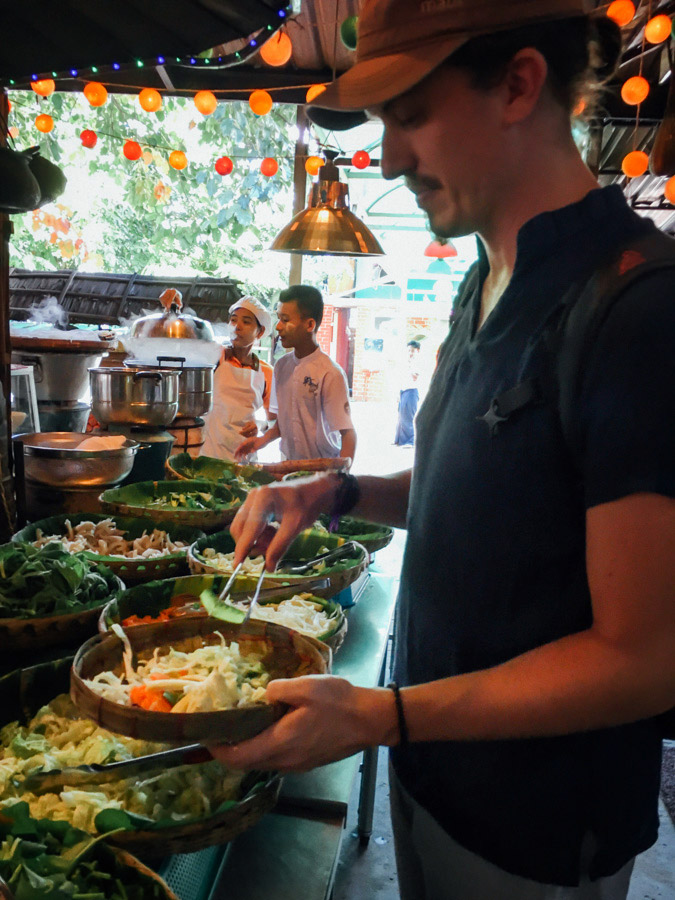
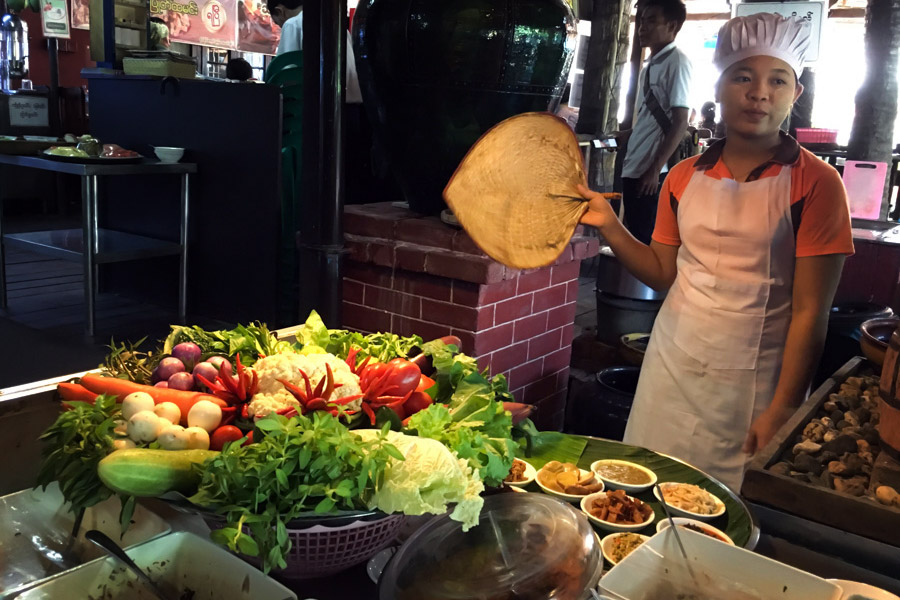
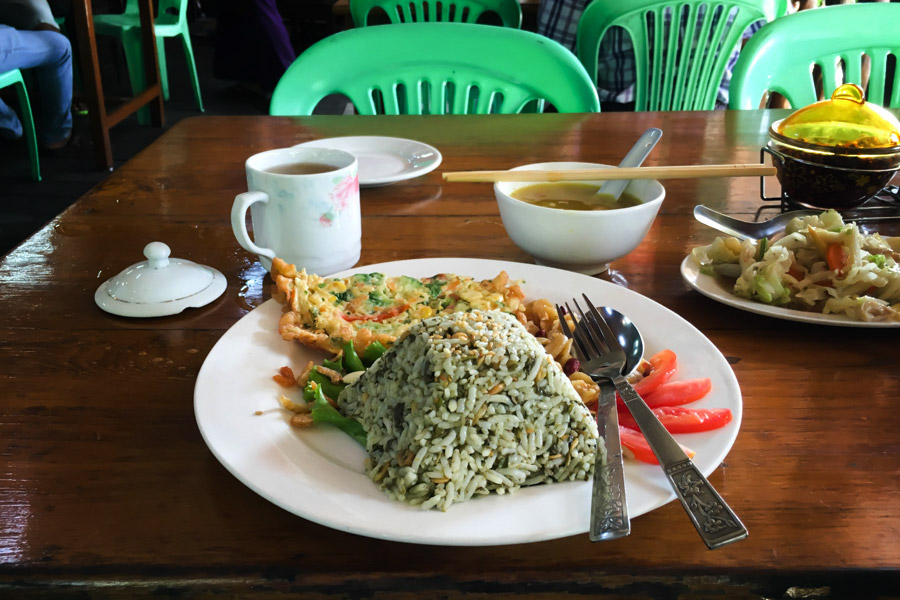
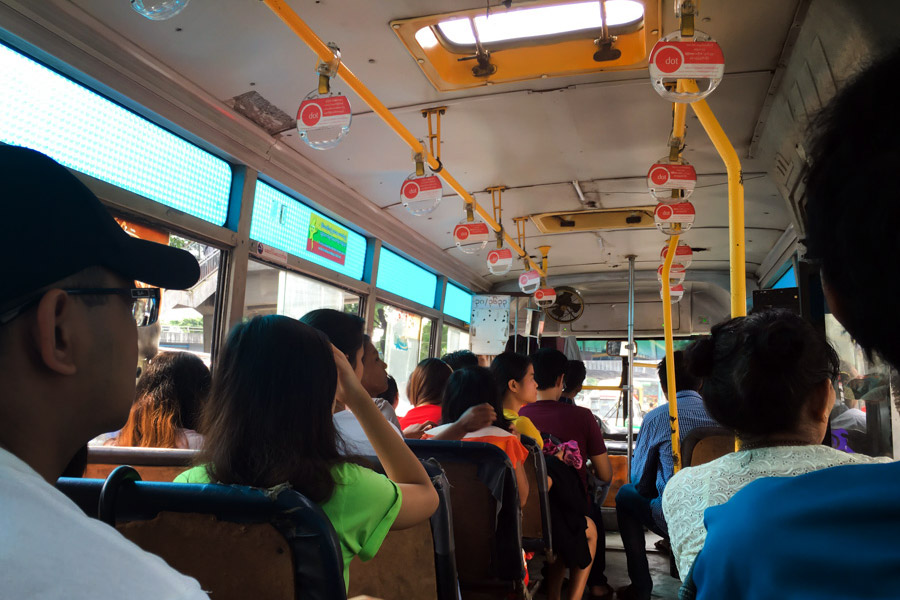


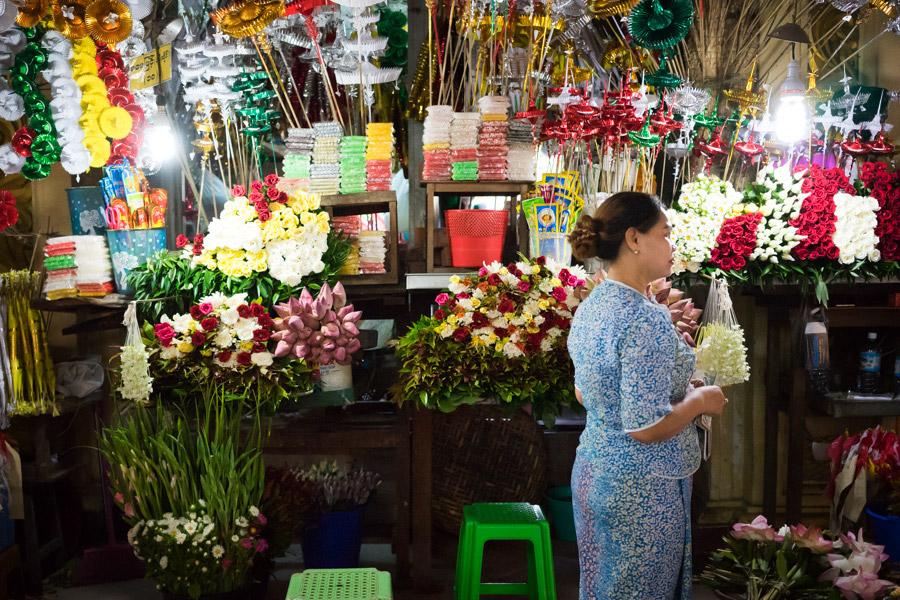
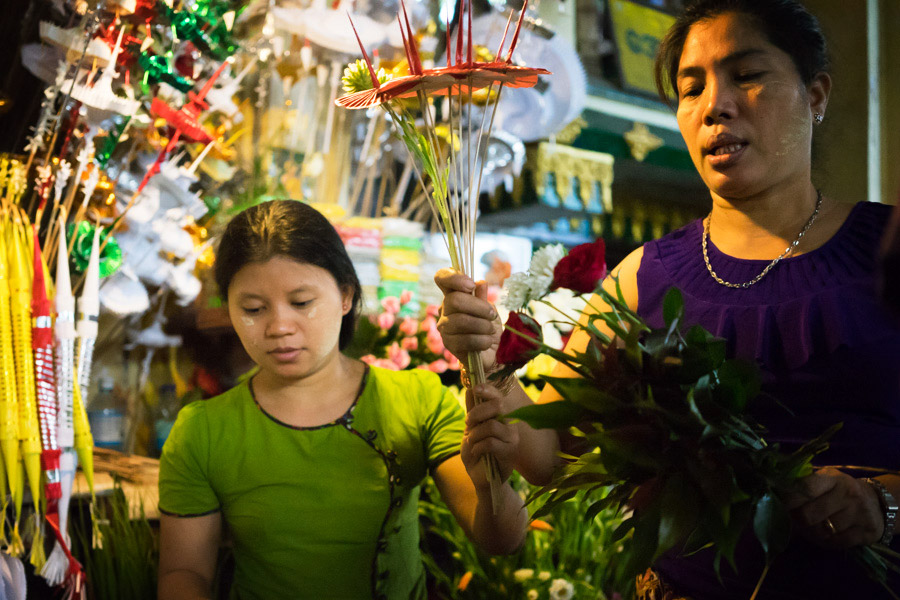
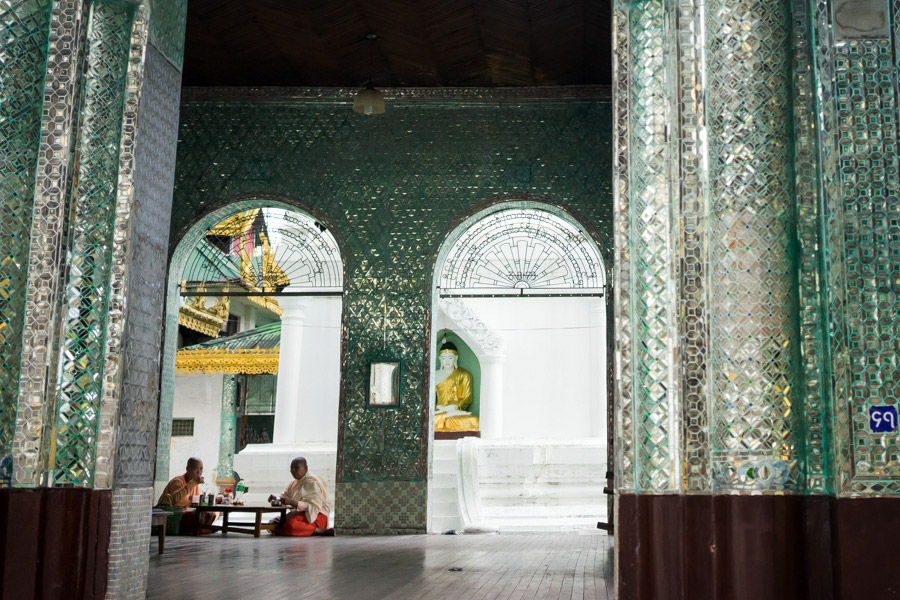
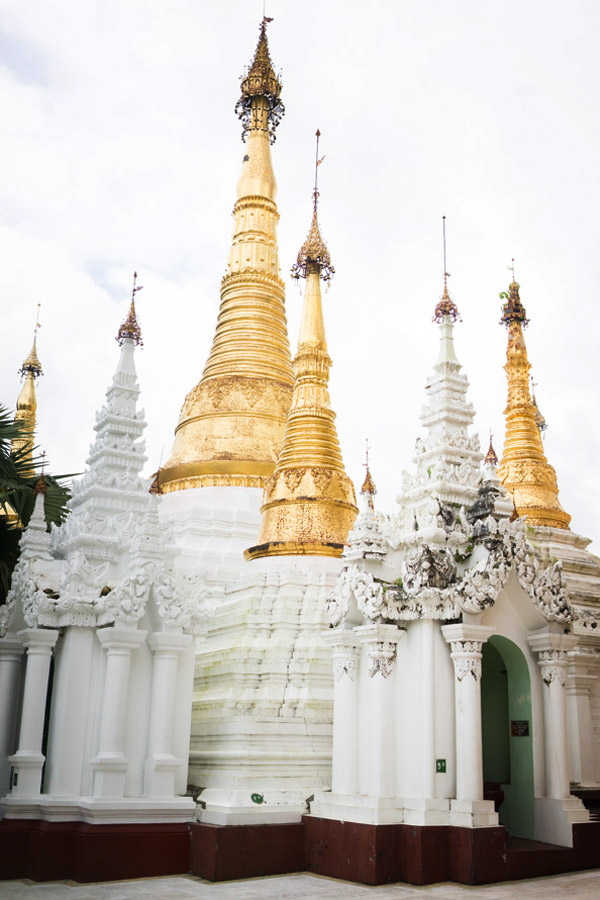
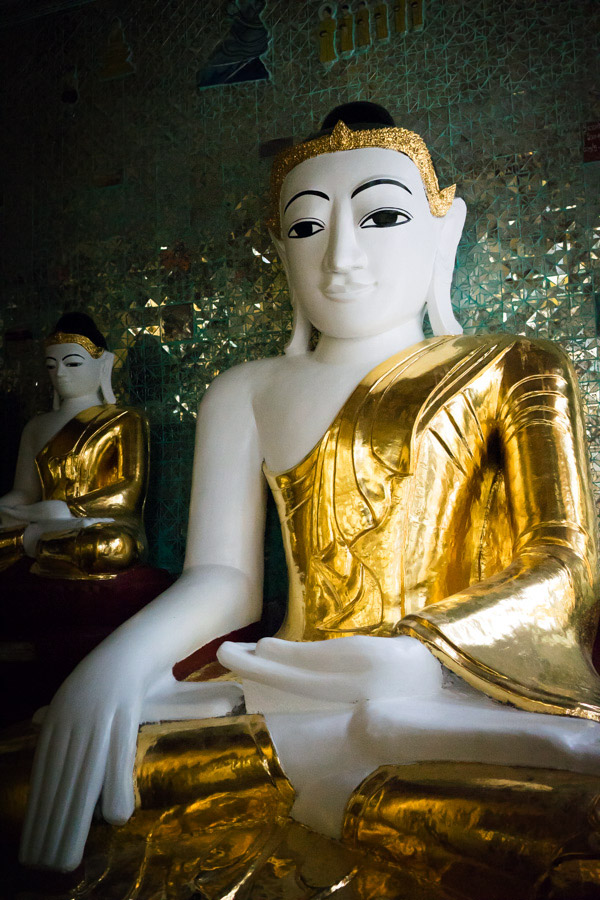
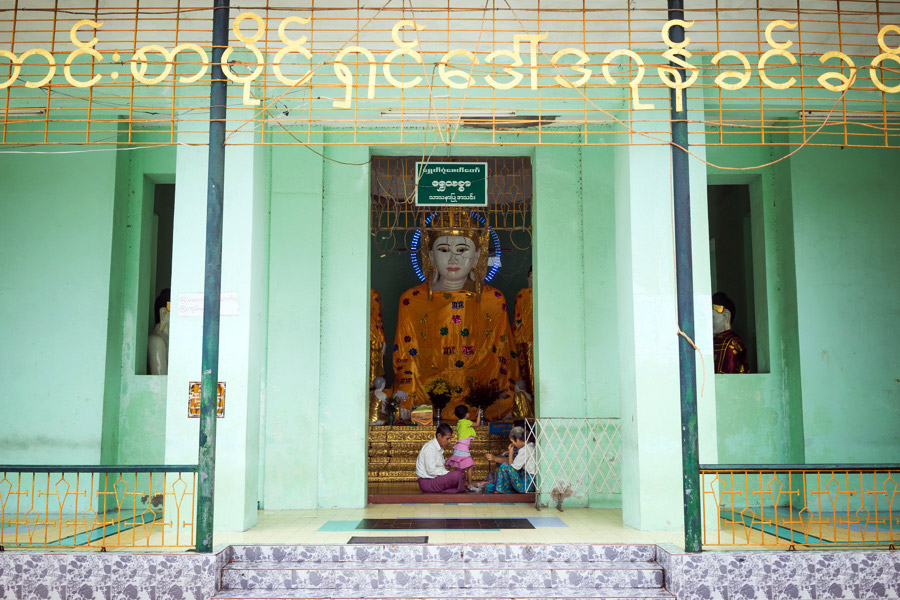
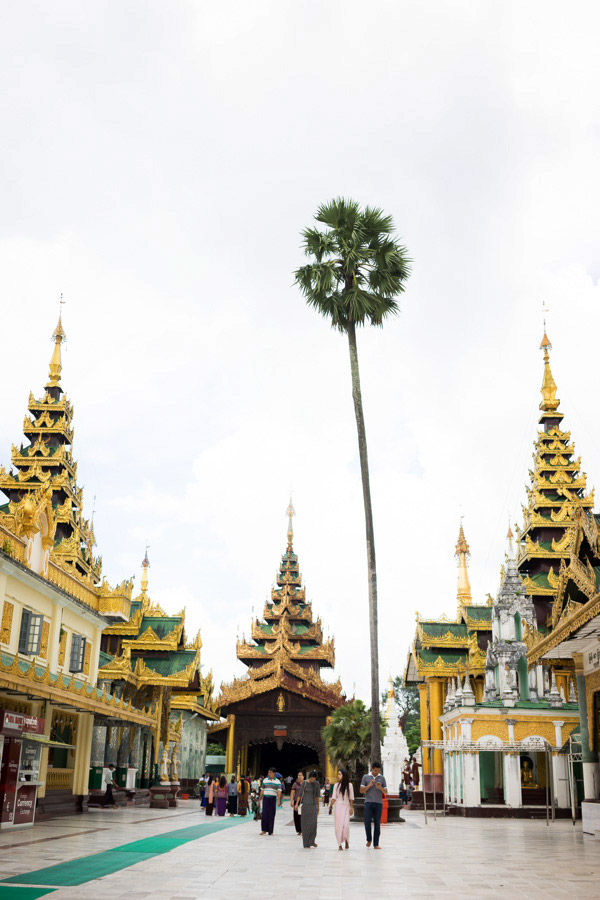
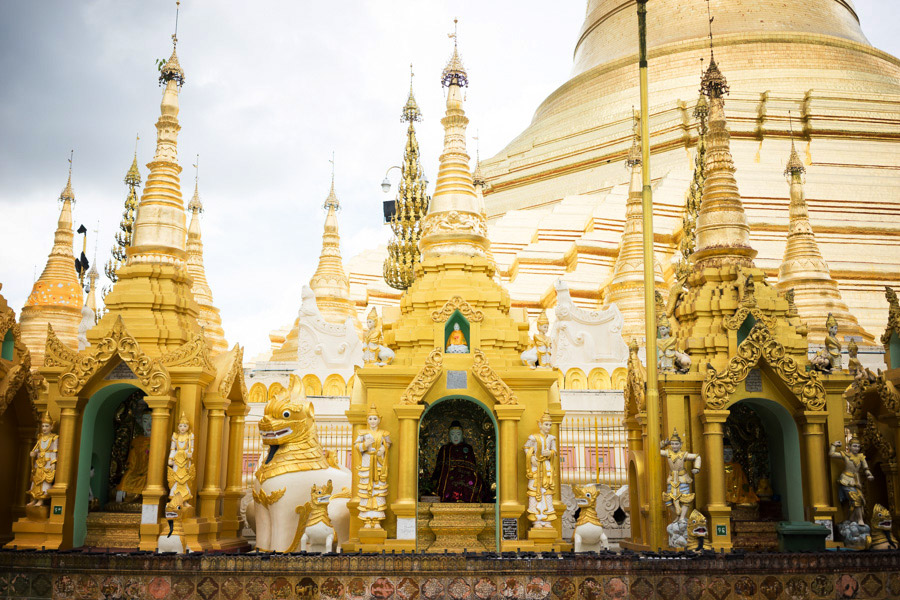
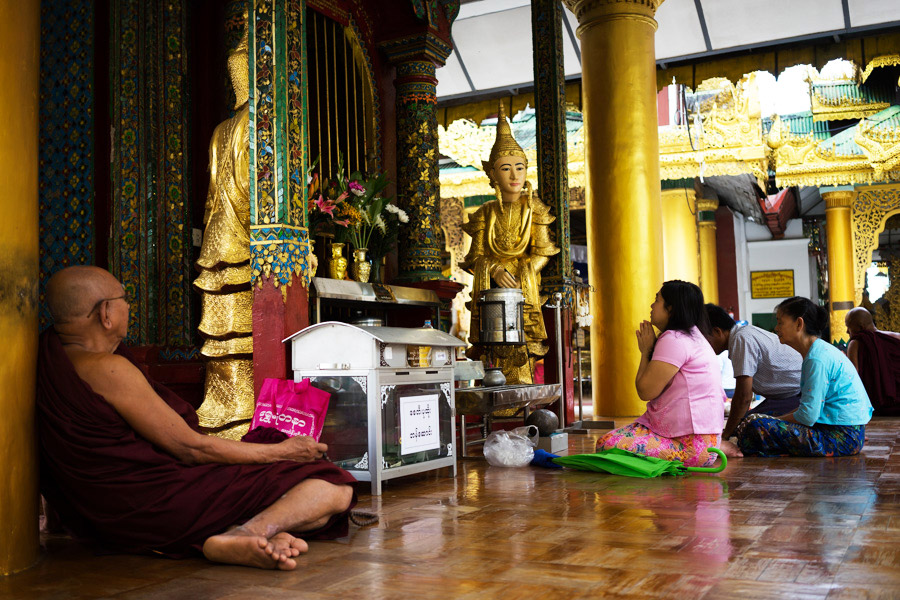
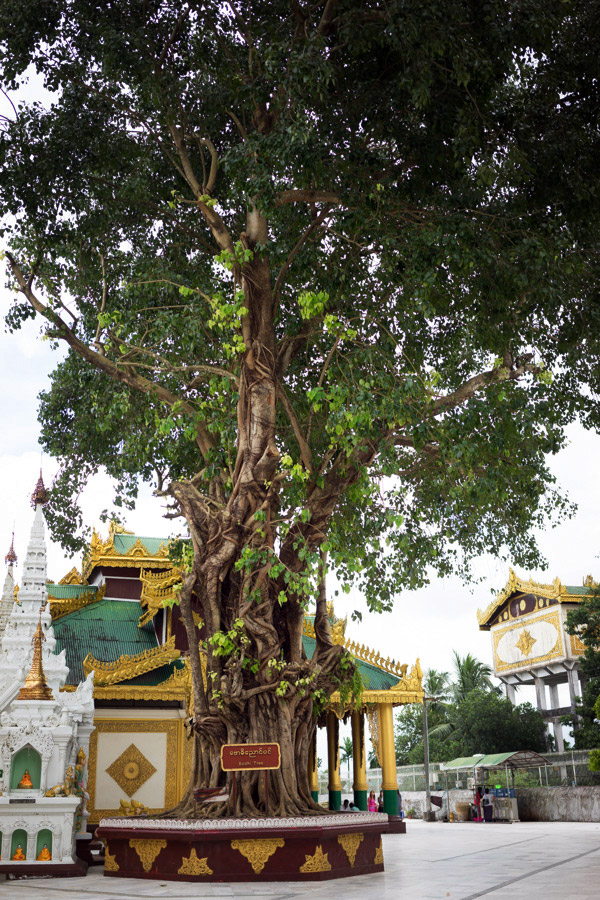
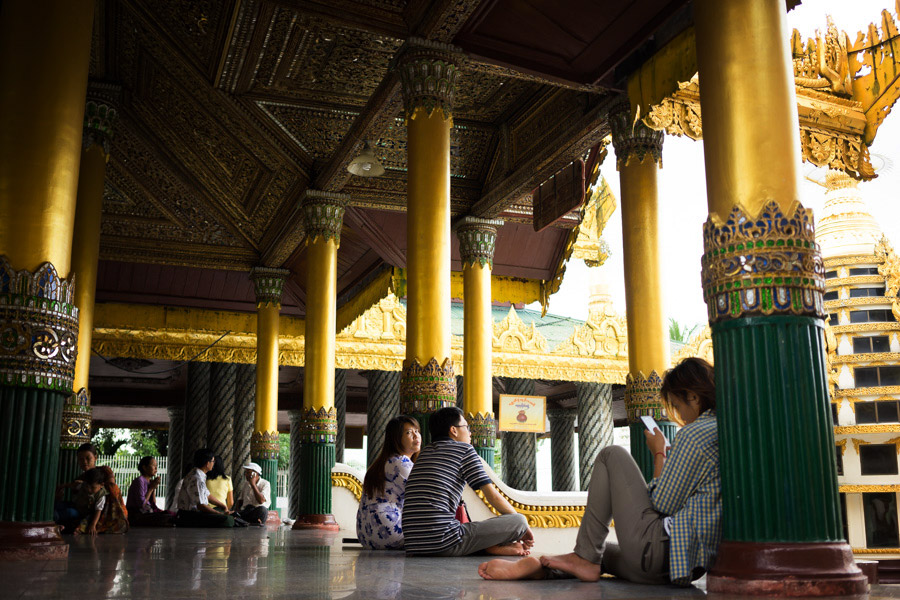
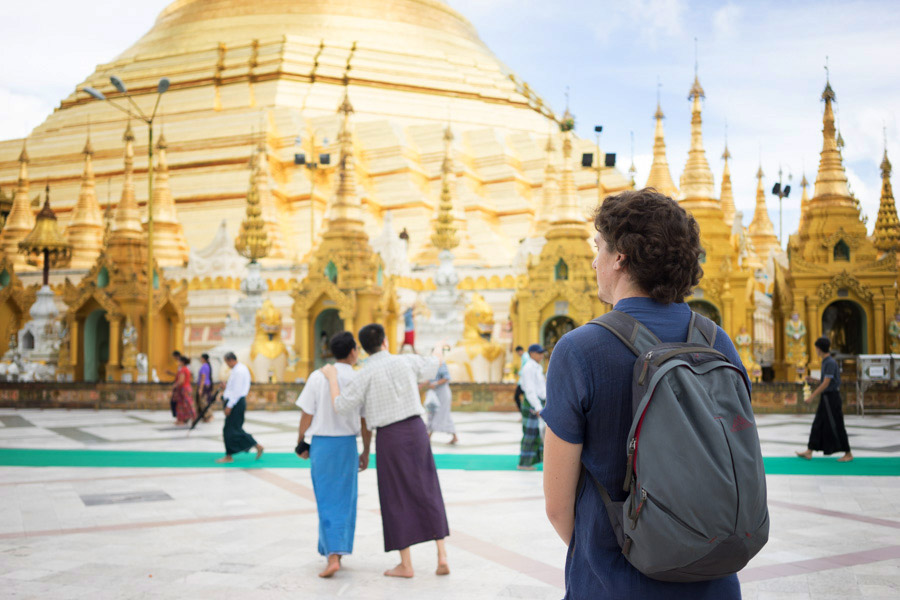
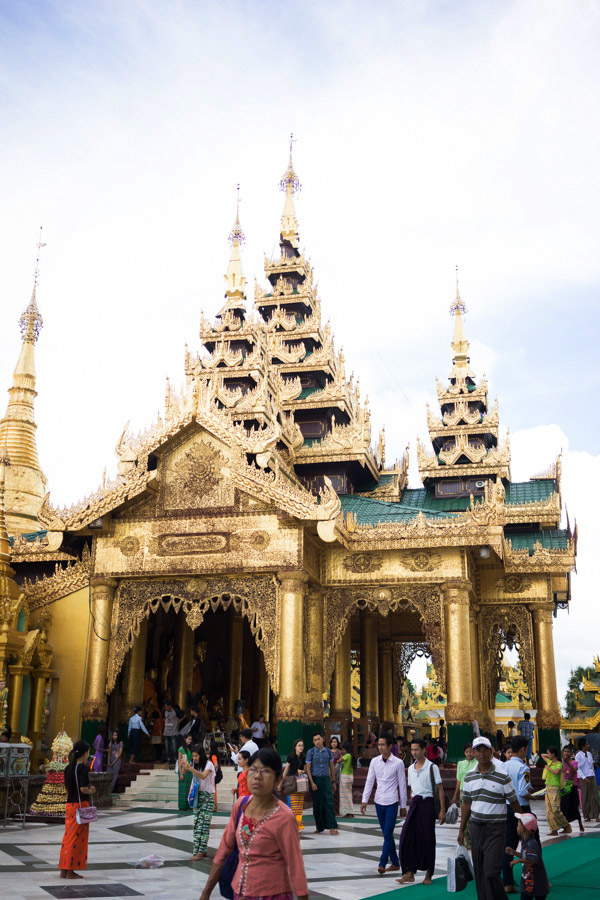
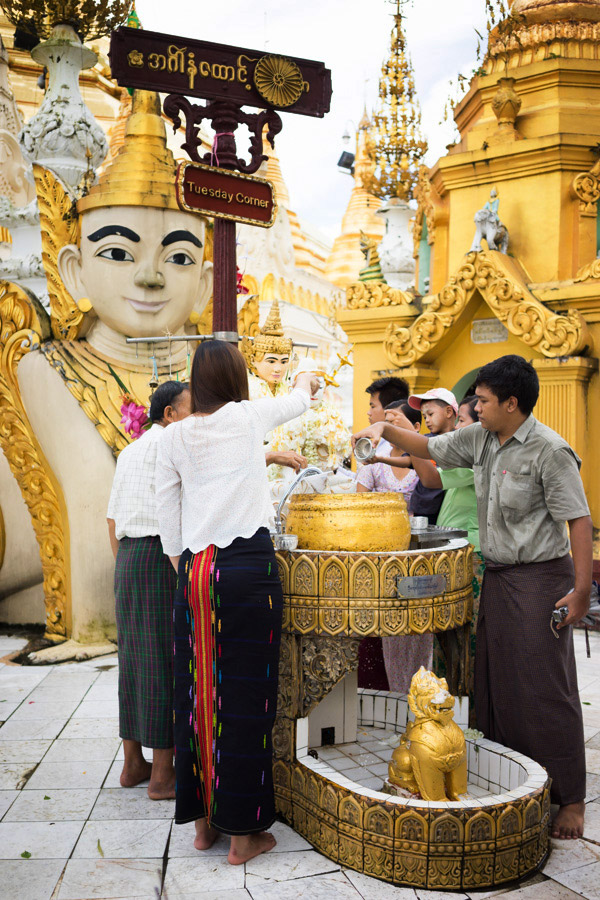
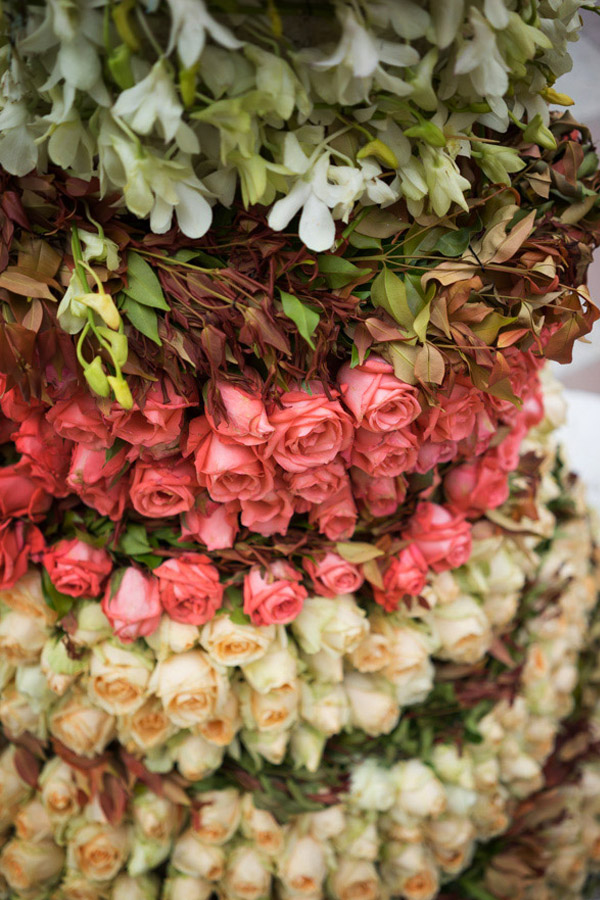
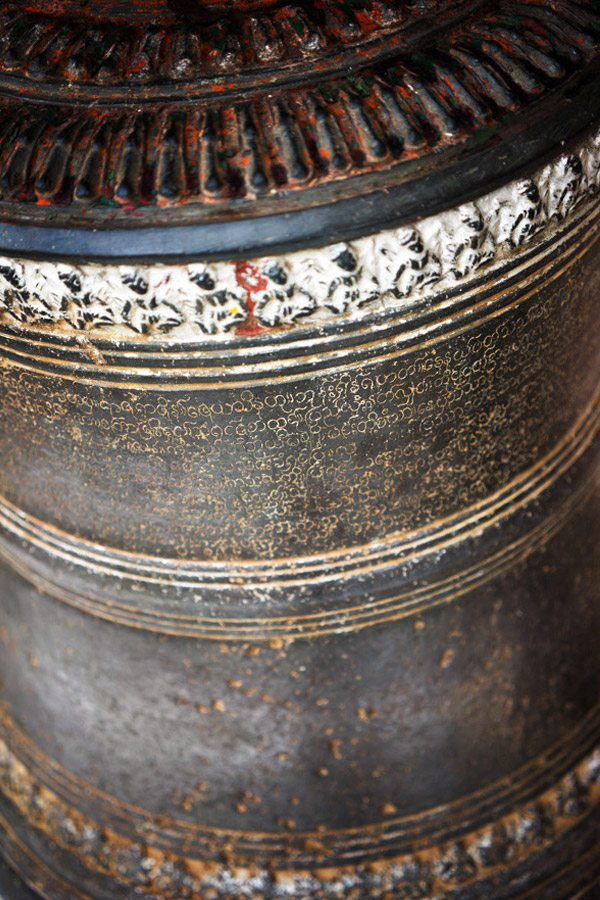
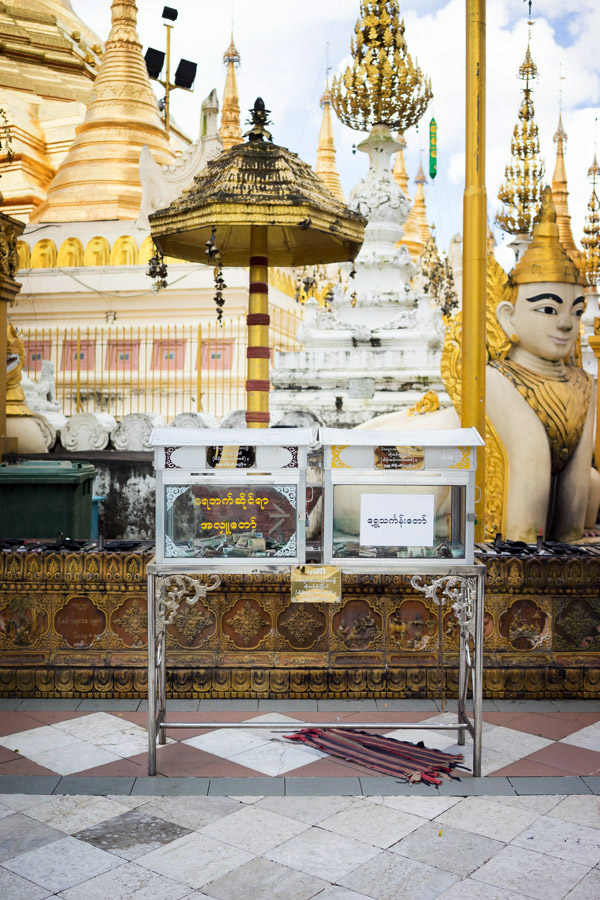

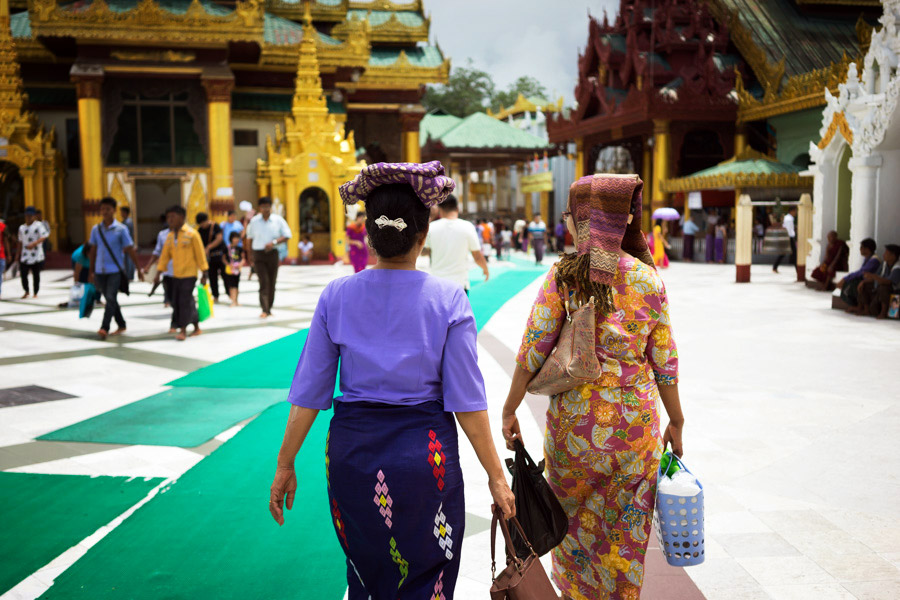
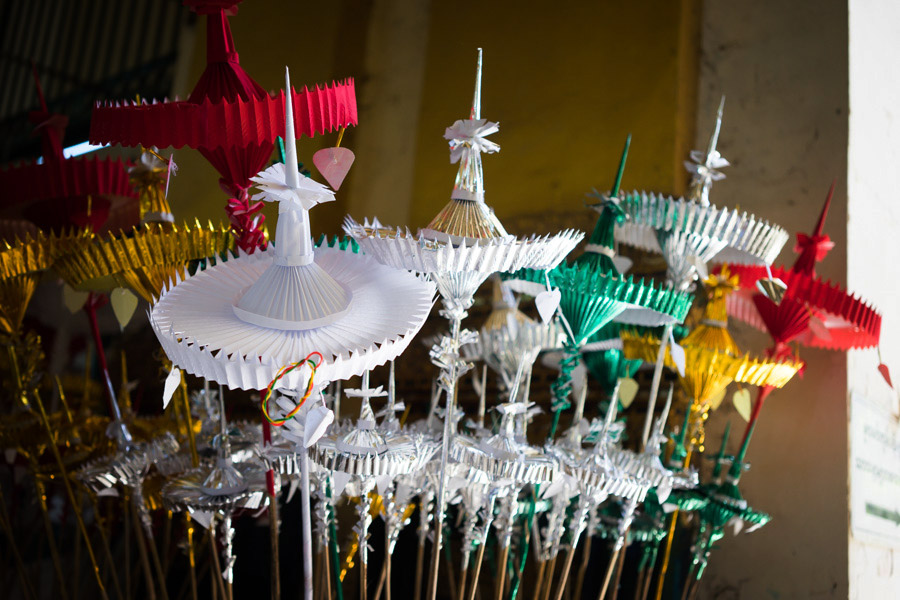
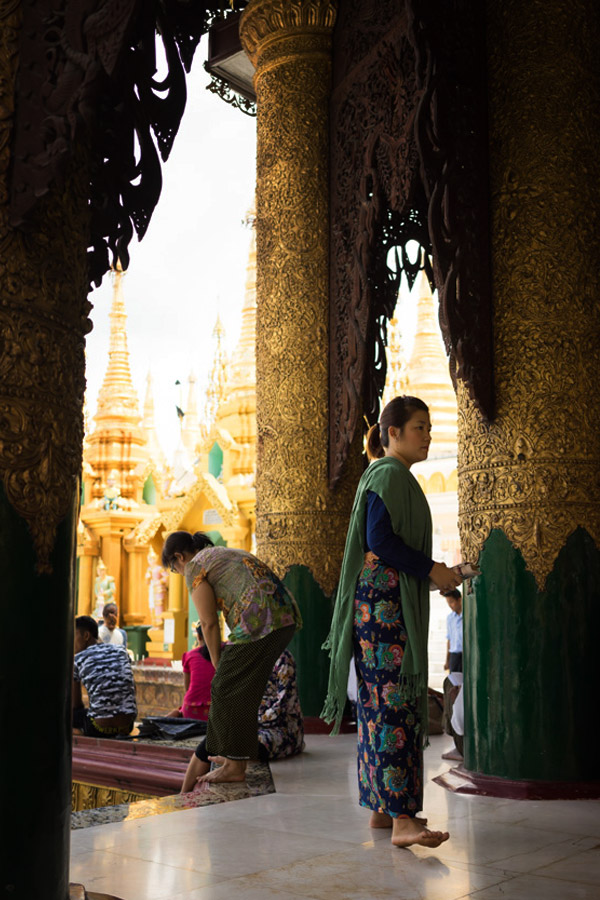
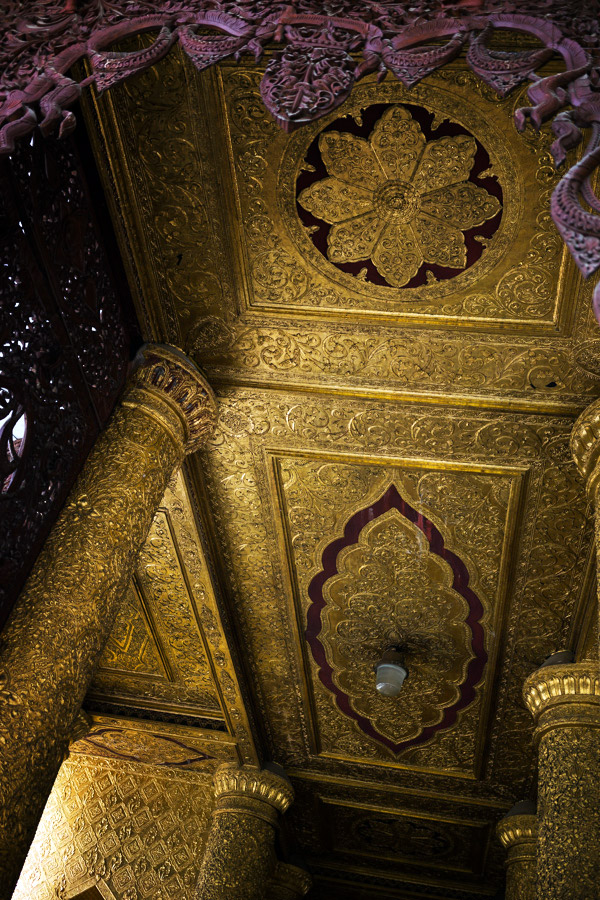

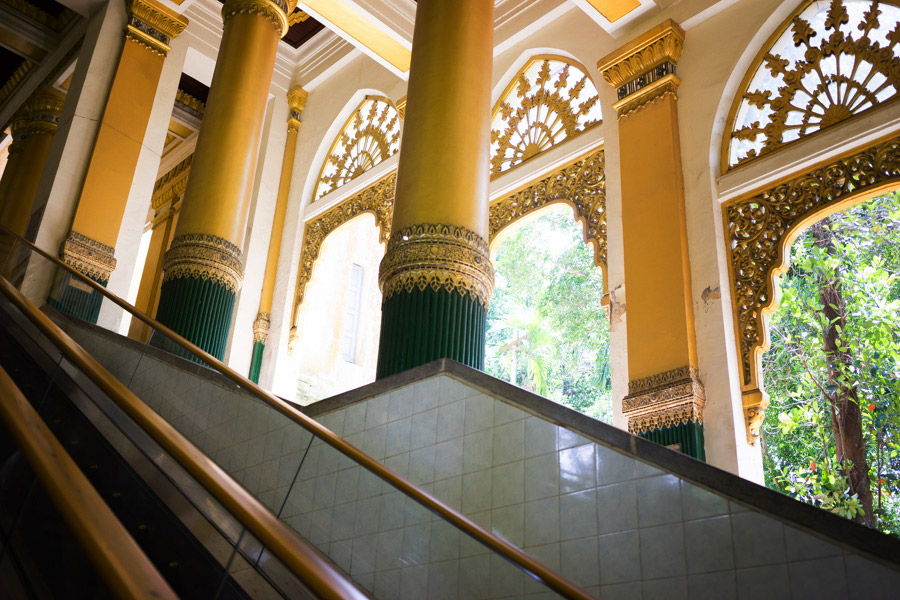
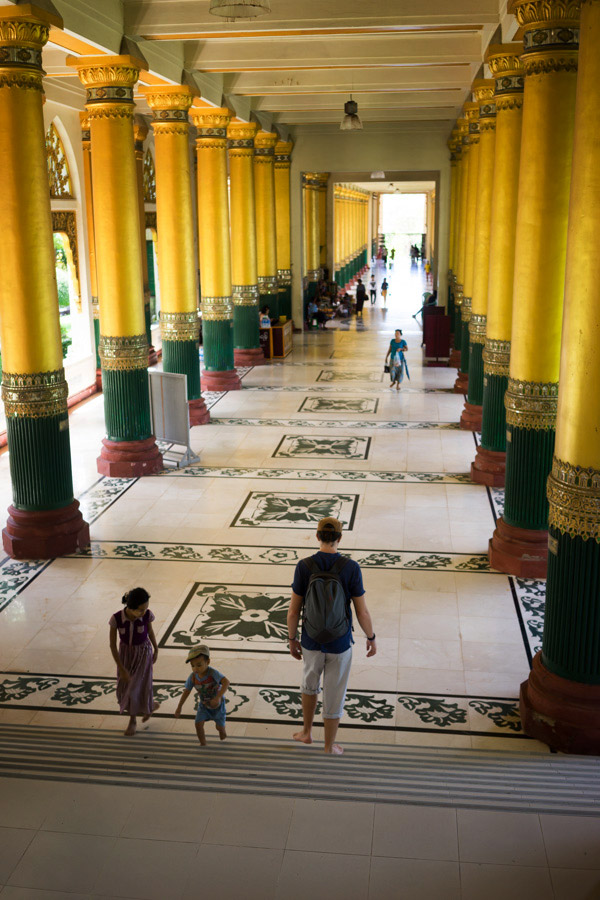
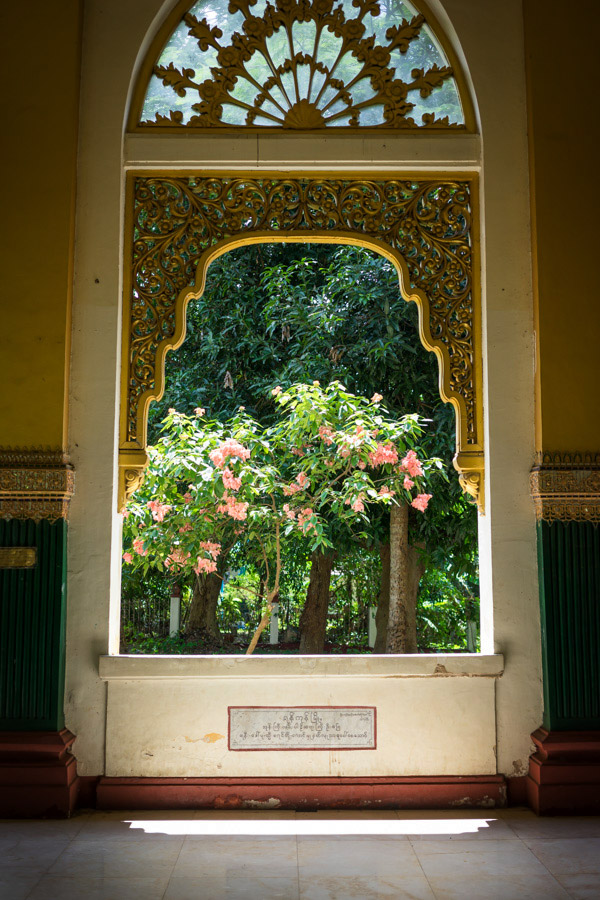
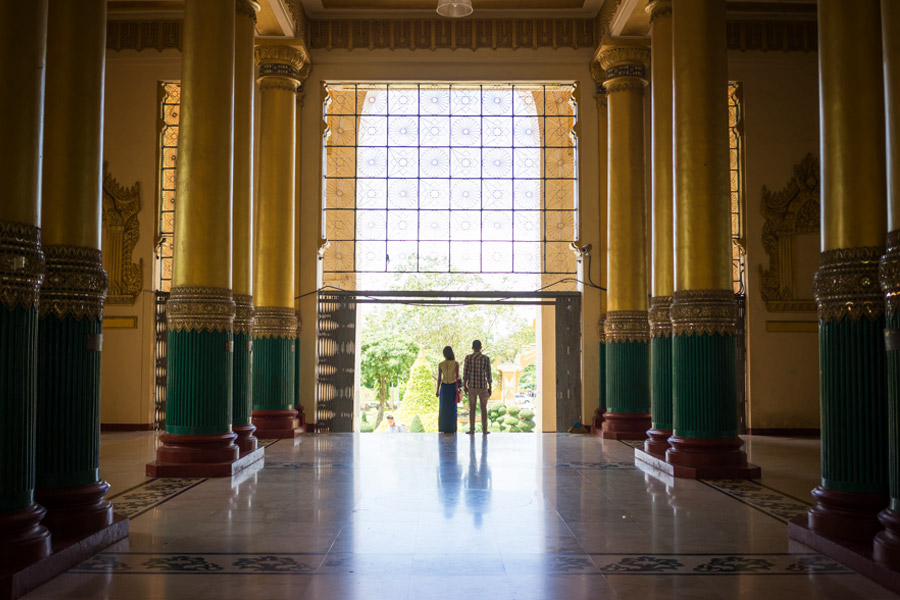
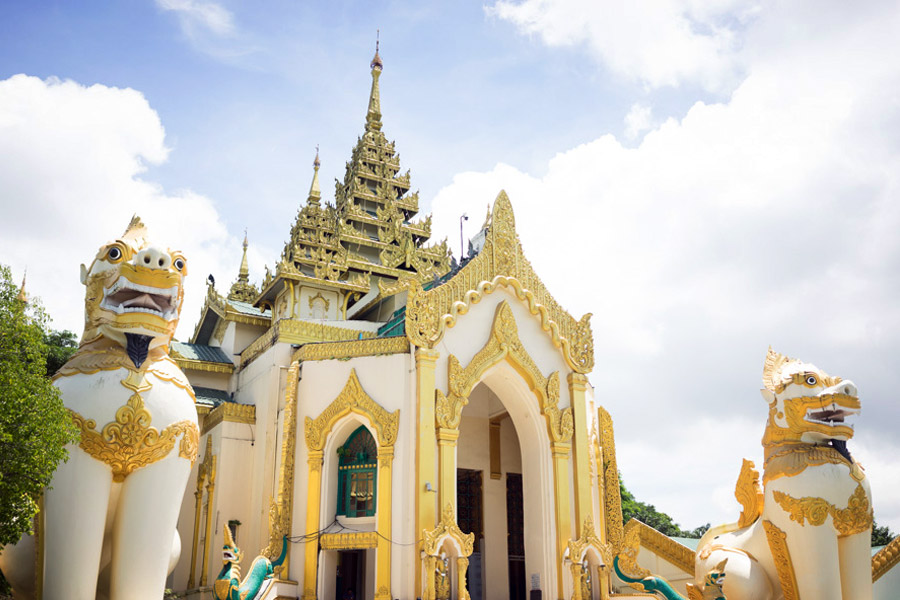
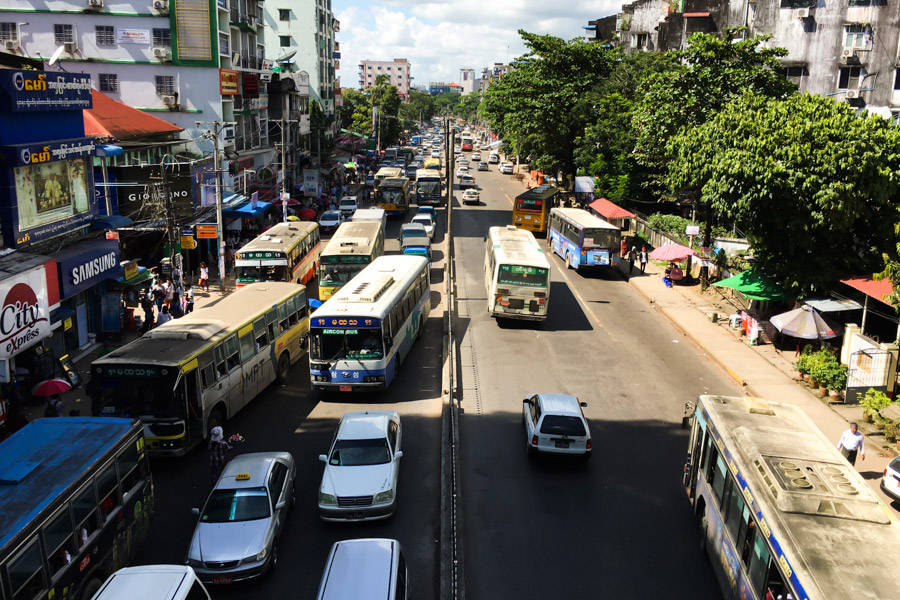

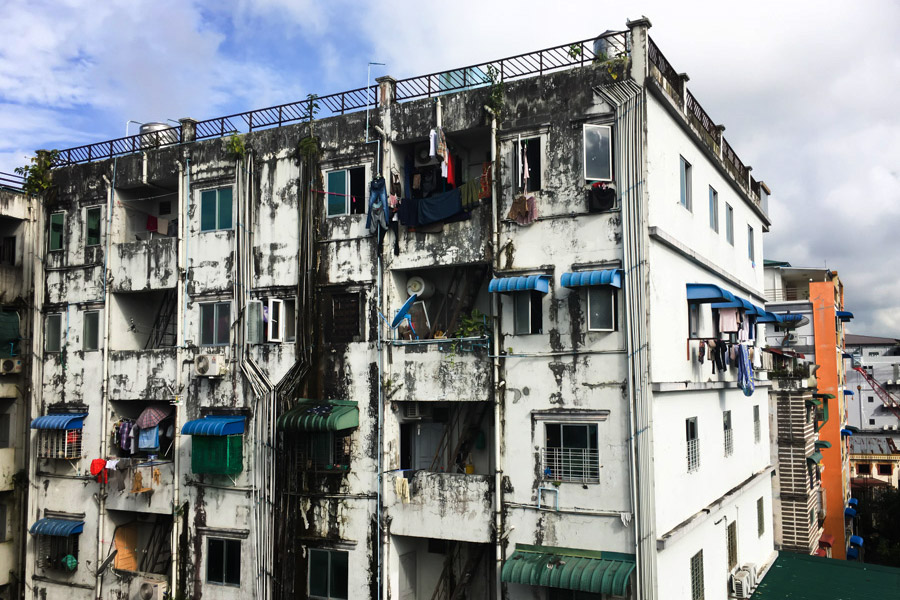
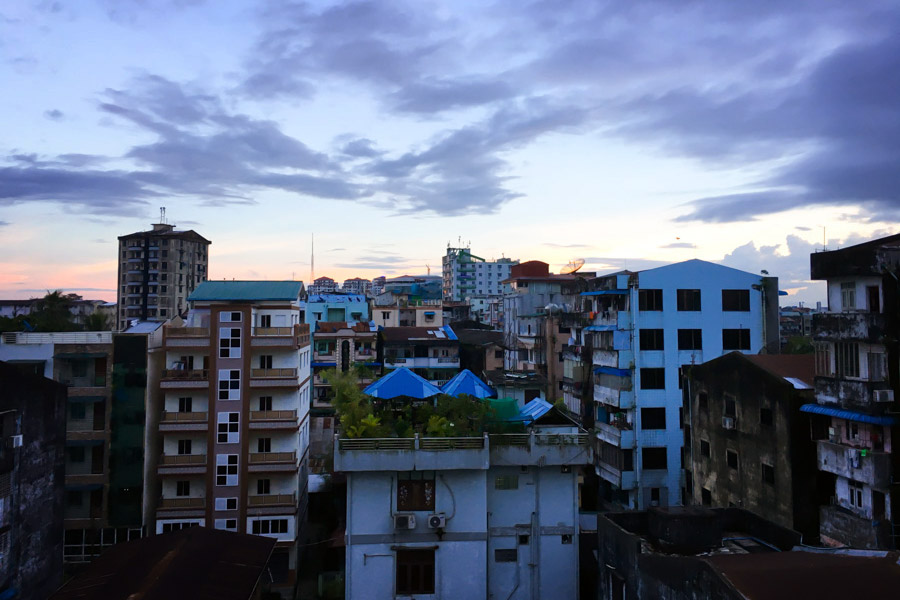
Bagan
A twelve-hour bus ride takes us to Bagan, the obligatory stop in Myanmar. The town and region is the home of 2200 temples and pagodas dating from the 9th to 13th centuries. For three days, our homestay wakes us up with green tea leaf salad and coconut pastries before we head out on an electric scooter to explore the area. The landscape is otherworldly, famous for its hot air balloon rides (but it’s not the season for it). We stick to the ground, driving on dirt trails to the sound of Madie’s laugh; navigating through large temples, respectfully barefoot despite the obvious guano perfuming the place; climbing hidden staircases of pagodas for the perfect sunset; and finally, heading home on an almost dead battery.
Bagan is still working on its UNESCO certification, due to the poor rehabilitation of the sites uncovered by the last earthquakes, including the 6.8 magnitude tremor that hit a month before we arrived. Despite it, it shows an incredible and unique richness we haven’t found anywhere else, in its people, history, and the infinite array of edifices of the region. We leave already, on another twelve-hour bus ride to the other unmissable region of Myanmar, Inle Lake.

